|
Our brothers careers have been productive, constructive, spirited, and prosaic. They displayed impressive skills, talents, and abilities They were, and we continue to be, a beautiful and lively expression of our enduring fraternal beliefs, and that underlying harmony is far-reaching in expectation for all brothers’, undergraduate and graduate. It is the core of what our fraternal founders asserted in 1848 and 1874 and 1899: to live active, commendable, and responsible lives, and to build up community. Clearly and compellingly, they added, and continue to add, positive value at the local, state, national, global, and fraternal level because they engaged life fully and responsibly. In short, they were authoritative pillars throughout life. They were-are exemplary in their citizenship, character, and their sense of dutiful responsibility, and, in many instances, they were leading voices in their career fields. They prove that success of any kind does not occur by luck or accident, and we remember them because they continue to provide that message for our time. Their spirit permeates our brotherhood, and it always will. We have long been, from one generation to the next, proud to be Omega Mu Fijis. We continue to cherish our fraternal friendships, our shared memories, and our evolving, forward-focused history at the University of Maine. These things, above and beyond everything else, are the underlying rooted connections that make us proud to be Omega Mu Fijis. Why, after all, should we believe otherwise? We have always exhibited a can-do fraternal spirit since 1874. And, to be sure, all present and future generations of Omega Mu Fijis will continue to do the same, with fraternal enthusiasm and commitment. As a brotherhood, we always see the path behind us and the way forward with equal clarity, and our future remains bright at 79 College Avenue because we fearlessly move forward, always guided by sound fraternal principles, and because of that we are an exceptional brotherhood because we remain committed and hardworking to assure that our Omega Mu brotherhood will continue to be the jewel at the University of Maine. Perge. Omega Mu Portrait Arthur Serota, 1966 Omega Mu Years Mrs. Tate and Mrs. Blaisdell, Omega Mu Housemothers 1963 Snow Sculpture 1965 Snow Sculpture Pig Dinner Wayne Robbins and Ted Curtis, '23 Suffolk University School of Law Arthur Serota received his law degree from Suffolk University Law School in 1969. Law Practice After graduating from Suffolk University Law School, Arthur Serota set up his law practice in Springfield, Massachusetts in 1971. Educator Throughout his multi-faceted professional career, Arthur Serota, with a seriousness of purpose, was concerned about justice, peace, and service to the marginalized, in the United States and Africa. He kept at it; he always cared, and in doing so he truthfully embodied our old two fraternal truths of 'persistence' and 'determination' as a lawyer, teacher, activist, and humanitarian. He beautifully defined those two words in his actions; consequently, he created a lasting, positive legacy of vision, influence, and direction that continues to have a life-long impact for many people. He believed in the call for justice and peace, united virtues, and he took up the cause to work tirelessly for justice and peace in order to improve the world, and that's what counts when you believe in redemptive possibilities and work to make them a reality. That is character of real, life-giving depth and substance, and it was the result of Arthur Serota's unstoppable persistence and determination. That is an unqualified good in and of itself, and the passage of time will never dim the lasting substance of his tireless work in trying to stop the "theater of cruelty" of child soldiers in Zimbabwe, and in helping disadvantaged students improve their chances to get into college in the United States. Arthur Serota persisted and he persevered, and because of that he remains a source of Omega Mu pride. In the 1980's Arthur Serota moved to Zimbabwe to build schools and teach, and he was inspirational, practical, and wise as an educator. He believed that a good working conscience, in educational and practical terms, can shape and improve human events by opening up possibilities of redemptive change. With gentle, thoughtful human strength, comfort, and encouragement, he tangibly lived up to Margaret Mead's challenging call to be a committed citizen to improve the world through education, not an old-fashion idea. His work and influence in Zimbabwe extended beyond the classroom. With equal breadth, depth, commitment, and industry of his heart and mind, he helped with agricultural and reforestation projects in Zimbabwe. Quite simply, Arthur Serota's integrity and sense of human decency did not bend because he is a man who did not sway in his ethical vision and commitments, and this led him to establish the United Movement to End Child Soldering, a nonprofit organization to end the human vulgarity of child soldiers. Later in his career, with equal zeal of heart and mind, Arthur Serota created Learning Tree, a community-based education program in Springfield for at risk students who live in marginalized communities, with the practical objective of changing hopelessness into hope and opening opportunities to attend college in order to live a more hopeful, meaningful life. What he accomplished, in his various careers, was unique and profound because he firmly united two simple and obvious truths: intellectual thoroughness and ethical integrity in working to help people and bring about a positive transformation. Unmistakably, in the broadest sense, Arthur Serota's multi-faceted career was grounded in his unitary ethical vision to help people at the local level and the global level, in Springfield and Zimbabwe. Separately and together, that is a great vision, and his objectives were clearly and inextricably tied together with sense of ethical integrity and his intellectual thoroughness, steady and true, in order to achieve redemptive outcomes in both areas. That is a calling of honorable dimensions because it is positively transformative. Consequently, what Arthur Serota accomplished is an ethically shaped legacy of excellence in caring for humanity in dismantling walls of oppression, exclusion, and racism in order for redemptive change to occur. In conclusion, Arthur Serota is a bold, inspiring leader. Taking on such a persevering responsibility to bring about societal reformation is a lofty ambition, a true calling, to a larger purpose which we remain fraternally proud of as Omega Mu Fijis. United Movement to End Child Soldering "After witnessing a rebel army invasion in Zimbabwe that included child soldiers, the Brooklyn, N. Y. native helped form UMECS." Arthur Serota is the Executive Director of the United Movement to End Child Soldering "Taking part in efforts to save lives, focus on immediate and long-term needs, and transform situations detrimental to human dignity are ethical choices." "To look the other way or not: Ethical choices we make." "Serota is a long-time human rights activist and has worked in many parts of Africa. He is also an educator and has written a book, Ending Apartheid in America, and a play, The Awakening." Symposium: Post-Apartheid South Africa "Dr. Arthur Serota: U.S. Attorney and Journalist who has worked in Zimbabwe." The Learning Tree "Minds, ambitions, creativity, and skills blossom and blossom in this program....students from the Learning Tree receive the most unique and mind developing education possible, while Hampshire College is blessed with visions, talents, and maturity of these students." "In 1992, nine students from these organizations became Hampshires first James Baldwin Scholars." University of Maine Bernard Lown Alumni Humanitarian Award: Arthur Serota, 2008 Omega Mu Brothers Celebrate With Arthur Serota Omega Mu Brothers, Tom Savage and John Rohman “What if the space be long and wide, That parts us from our brother’s side A soul-joined chain unites our band, And memory links us hand in hand.” (Phi Gamma Delta fraternity song) Fraternally,
Chip Chapman, ’82 Perge
1 Comment
Truthfully, there is no fraternal brotherhood quite like Omega Mu at the University of Maine. We are proud of our history, and we are proud of the impressive number of fraternal brothers who played on many University of Maine athletic teams. With conviction and commitment, our Omega Mu athlete brothers brought a great deal of joy and satisfaction to the university community, creating many wonderful memories since the first baseball team was established at Maine State College in the 1870's. The worked together for the success of each Maine team, and the overall civic good of the University of Maine. The sheer number of Omega Mu athlete brothers is an unqualified triumph for the University of Maine. They each gave their best efforts on each team, and what they achieved perfectly compliments what we fraternally believe: drive and determination. It is a heady athletic legacy. Accordingly, their accomplishments claim our fraternal attention and respect. For the eminence of their athletic success; and, above all, for being our Omega Mu brothers, we are proud. Therefore, in the linked soul and spirit of our long fraternal history, we gratefully remember and celebrate our QTV and Omega Mu brothers who participated on many varsity athletic teams at the University of Maine. Their sacrifice of time was worth the effort for them and the student body at the University of Maine who watched them play. They created many warm memories since the early 1870’s. For the eminence of their athletic success; and, above all, for being our Omega Mu brothers, we are all very proud. Thoreau said it best: “What a difference, whether in all your walks, you meet only strangers, or in one house is one who knows you, and whom you know. To have a brother…How rare these things are.” How true that is, and we remain that way to this day. That is a heady fraternal legacy. Omega Mu Athlete Harry P. Files, 1935 Omega Mu Years Maine Freshmen "They are, (left to right) - George Cobb of Auburn, Harry Files of Wapping, Conn, who was captured, received a haircut and later released by the sophomores." "Later in the evening, the formal dance, with music by Buddy Borst and his orchestra from Providence, was held." "Saturday evening an informal was held, with ice cream, cookies, and punch served as refreshments." "The meeting was an informal get-together to promote good fellowship and class feeling." "The meeting concluded with an exchange of stories and group singing around the fire. Harry Files was chairman and master of ceremonies." 1935 Snow Sculpture 1936 Snow Sculpture "Phi Gamma Delta, with a most remarkably executed tableau of a set of three figures on a raised dais, was adjudged as the winner." "The artists responsible for this fine piece of artistry were: Gordon Heath, James Dow, Robert Baker, and George Grange, although the entire fraternity did its part." University of Maine Athlete Harry P. Files, second player in from the right. Portland Sagamores Harry P. Saunders played for the Portland Sagamores, a semi-pro football team, during the 1934 and 1935 seasons. Harry Files played exceedingly well for the Sagamores, and he was given a tryout with the Boston Redskins in 1936. The Boston Redskins playing in Fenway Park. “What if the space be long and wide, That parts us from our brother’s side A soul-joined chain unites our band, And memory links us hand in hand.” (Phi Gamma Delta fraternity song) Fraternally,
Chip Chapman, ’82 Perge Our Omega Mu brothers who served in the military are cherished and constant fraternal friends, and we would like to say thank you for the steadfast, purposeful commitment you made to our nation to defend those four freedoms we all believe in: “Freedom of speech, freedom of worship, freedom from want, and freedom from fear.” For those brothers who were killed in defense of these freedoms, they will always occupy a consecrated place in our linked fraternal heart because they exemplify the idea of superlative commitment, strength, and fortitude for the good to the end itself. The greatness of their collective purpose and will, on our nation’s behalf, will never be forgotten. By their “clear-eyed faith and fearless heart,” these brothers have left us a fraternal legacy that echoes what we often say about Omega Mu Fijis: “Perseverance and determination are omnipotent.” Their code of integrity, courage, duty, responsibility, and self-sacrifice on behalf of our nation is a powerful legacy that we will always be proud of as Omega Mu Fijis. Whether it was at New Orleans, Red River, Fort Blakely, Marianna, San Juan Hill, Santiago de Cuba, Chateau-Thierry, Verdun, El Guettar, Elba, Monte Della Vedetta, the Battle of the Bulge, Rabaul, Inchon, Pusan, Chosin Reservoir, Pork Chop Hill, Hue, Easter Offensive, Phu Cat, The Iron Triangle, Hamburger Hill, la Drang Valley, Bien Hoa, Khe Sanh, Rumaila, Al-Batin, Medina Ridge, Kabul, Kandahar, our Omega Mu brothers have demonstrated devotion to duty in defense of freedom and liberty. They are the stability of our nation, and we, the Omega Mu brotherhood, revere, honor, and salute their persevering and determined spirit within our great nation and our historic brotherhood. We will always honor the heroism of all of our brothers who have served in the armed forces from the Civil War to the present. Thank you. Omega Mu Veteran Malcolm C. Hart, 1900 Q. T. V. Years Omega Mu Years Library in the house around 1905 University of Maine Organizations and Clubs Coburn Cadets Portland Encampment, 1897 Military Career Immediately after graduating, Malcolm C. Hart enlisted in the Army and was assigned to Tulsa, Oklahoma to help govern the Indian reservations. The letter that Malcolm C. Hart wrote to Phi Gamma Delta to make inform them of his change of address so that he would start receiving the Phi Gamma Delta magazine. “What if the space be long and wide, That parts us from our brother’s side A soul-joined chain unites our band, And memory links us hand in hand.” (Phi Gamma Delta fraternity song) Fraternally,
Chip Chapman, ’82 Perge Our brothers careers have been productive, constructive, spirited, and prosaic. They displayed impressive skills, talents, and abilities They were, and we continue to be, a beautiful and lively expression of our enduring fraternal beliefs, and that underlying harmony is far-reaching in expectation for all brothers’, undergraduate and graduate. It is the core of what our fraternal founders asserted in 1848 and 1874 and 1899: to live active, commendable, and responsible lives, and to build up community. Clearly and compellingly, they added, and continue to add, positive value at the local, state, national, global, and fraternal level because they engaged life fully and responsibly. In short, they were authoritative pillars throughout life. They were-are exemplary in their citizenship, character, and their sense of dutiful responsibility, and, in many instances, they were leading voices in their career fields. They prove that success of any kind does not occur by luck or accident, and we remember them because they continue to provide that message for our time. Their spirit permeates our brotherhood, and it always will. We have long been, from one generation to the next, proud to be Omega Mu Fijis. We continue to cherish our fraternal friendships, our shared memories, and our evolving, forward-focused history at the University of Maine. These things, above and beyond everything else, are the underlying rooted connections that make us proud to be Omega Mu Fijis. Why, after all, should we believe otherwise? We have always exhibited a can-do fraternal spirit since 1874. And, to be sure, all present and future generations of Omega Mu Fijis will continue to do the same, with fraternal enthusiasm and commitment. As a brotherhood, we always see the path behind us and the way forward with equal clarity, and our future remains bright at 79 College Avenue because we fearlessly move forward, always guided by sound fraternal principles, and because of that we are an exceptional brotherhood because we remain committed and hardworking to assure that our Omega Mu brotherhood will continue to be the jewel at the University of Maine. Perge. Omega Mu Portrait James M. Bartlett, 1880 Q. T. V. Years Maine State College Campus, circa 1876-1888 The Q. T. V. chapter was installed on February 28th, 1874, and in 1876 the Q. T. V. brothers paid for and built the first fraternity house, on the present site of Coburn Hall, at the University of Maine. K. W. Brown is the son of Albert H. Brown, Q. T. V. - Phi Gamma Delta brother, 1880. Albert H. Brown, 188o "The entire expense of its erection was borne by the members and this demanded considerable self-sacrifice and loyalty. As this was the first fraternity chapter house built in the State, it surely must have been a building to be proud of." "This was a two-story frame building with a society rooms on the second floor, and a room on the first floor used as a college recitation room. The Granite step of this building is now in use at the street car stop in front of the Phi Gamma Delta house." The trolley stop in front of the first Phi Gamma Delta house. Q. T. V. brothers in front of the house in 1880. 1880 Q. T. V. Reunion Junior Year Declamations "The Pilgrims, James Monroe Bartlett, Litchfield" Senior Speeches At Commencement "Alchemy, James Monroe Bartlett, Litchfield." After several years of teaching, James Bartlett attended Cornell University to do graduate work, and then he returned to Maine to pursue a graduate degree in chemistry. James Bartlett earned his Master's degree in chemistry, at the University of Maine, in 1883. James Bartlett was an assistant chemist at the Agricultural College of Pennsylvania from 1883-1885. 1895 University of Maine Faculty 1901 University of Maine Faculty Our Omega Mu Brothers in this photo are George H. Hamlin, Walter Flint, James M. Bartlett, James N. Hart, Freemont L. Russell, Horace M. Estabrooke, Howard S. Webb, Perley F. Walker, and Allen E. Rogers. James Bartlett working in the lab in the Experiment Station, later Holmes Hall, at the University of Maine. The Experiment Stations is the second building from the right, and the third building is the second Q. T. V. Chapter Hall. The Experiment Station, Later Holmes Hall, is on the right, and the recently built second Q. T. V. Chapter Hall is on the left, 1885-1886. Holmes Hall is the first building on the right. The building on the left is Coburn Hall, the site of our first Q.T.V. Chapter Hall, and the open area between Holmes Hall and Alumni Hall was the site of our second Q. T. V. Chapter Hall. That space now is the site of Ursa, the new University of Maine hotel. The second Q. T. V. Chapter Hall is first on the left, and the Experiment Station is the second building on the left. The second Q. T. V. Chapter Hall is the white building on the right, directly behind Coburn Hall, the site where it was originally built in 1876. 1891 campus map of Coburn Hall, #9; the second Q. T. V. Chapter, #10; and the Experiment Station, # 11. Honorary Doctor of Science "You have by your integrity, fidelity, and personality won the respect and love of your associates." "As a loyal son of the State of Maine." 5o Years of Service To The University of Maine "Dr. Bartlett is the first man to have completed a half century in the service of the college." "Dr. Bartlett has worked quietly in his corner of the laboratory, surrounded with test tubes, retorts, burners, scales, and such other equipment as he has occasion to use. he has made few speeches but rather, while others have expounded, has worked honestly and painstakingly in his quiet manner for the of the State and University." Reunions “What if the space be long and wide, That parts us from our brother’s side A soul-joined chain unites our band, And memory links us hand in hand.” (Phi Gamma Delta fraternity song) Fraternally,
Chip Chapman, ’82 Perge Our Omega Mu brothers who served in the military are cherished and constant fraternal friends, and we would like to say thank you for the steadfast, purposeful commitment you made to our nation to defend those four freedoms we all believe in: “Freedom of speech, freedom of worship, freedom from want, and freedom from fear.” For those brothers who were killed in defense of these freedoms, they will always occupy a consecrated place in our linked fraternal heart because they exemplify the idea of superlative commitment, strength, and fortitude for the good to the end itself. The greatness of their collective purpose and will, on our nation’s behalf, will never be forgotten. By their “clear-eyed faith and fearless heart,” these brothers have left us a fraternal legacy that echoes what we often say about Omega Mu Fijis: “Perseverance and determination are omnipotent.” Their code of integrity, courage, duty, responsibility, and self-sacrifice on behalf of our nation is a powerful legacy that we will always be proud of as Omega Mu Fijis. Whether it was at New Orleans, Red River, Fort Blakely, Marianna, San Juan Hill, Santiago de Cuba, Chateau-Thierry, Verdun, El Guettar, Elba, Monte Della Vedetta, the Battle of the Bulge, Rabaul, Inchon, Pusan, Chosin Reservoir, Pork Chop Hill, Hue, Easter Offensive, Phu Cat, The Iron Triangle, Hamburger Hill, la Drang Valley, Bien Hoa, Khe Sanh, Rumaila, Al-Batin, Medina Ridge, Kabul, Kandahar, our Omega Mu brothers have demonstrated devotion to duty in defense of freedom and liberty. They are the stability of our nation, and we, the Omega Mu brotherhood, revere, honor, and salute their persevering and determined spirit within our great nation and our historic brotherhood. We will always honor the heroism of all of our brothers who have served in the armed forces from the Civil War to the present. Thank you. Omega Mu Veteran Raymond J. Smith, 1908 Omega Mu Years Phi Gamma Delta, left; the last Q.T.V. Chapter house, right, after it was renovated and was named Mount Vernon Hall, a women's dorm. Phi Gamma Delta, left; last Q.T.V. Chapter house, middle. Two Omega Mu Fiji brothers won the Sophomore Declamation competition. "Oration..Raymond J. Smith" "Leader, Raymond J. Smith" World War I Raymond J. Smith was a captain in the 23rd machine gun detachment in the 8th California Division. Commemorating the end of World War I at the University of Maine “What if the space be long and wide, That parts us from our brother’s side A soul-joined chain unites our band, And memory links us hand in hand.” (Phi Gamma Delta fraternity song) Fraternally,
Chip Chapman, ’82 Perge |
Archives
December 2024
Categories |
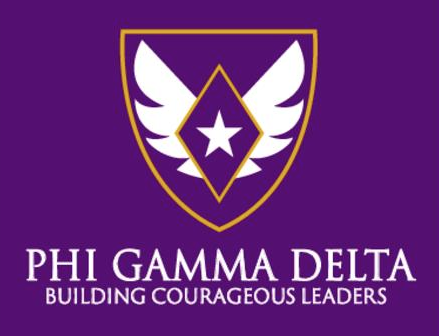
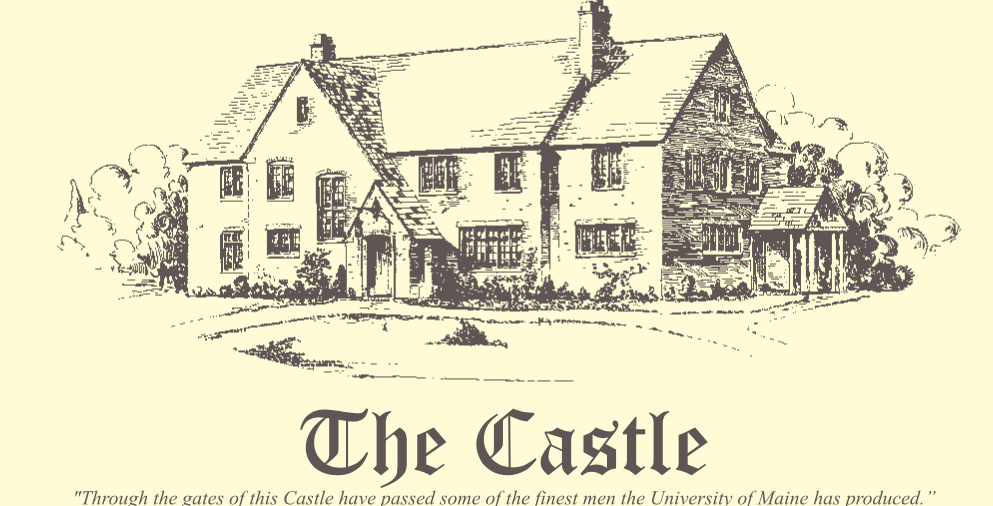
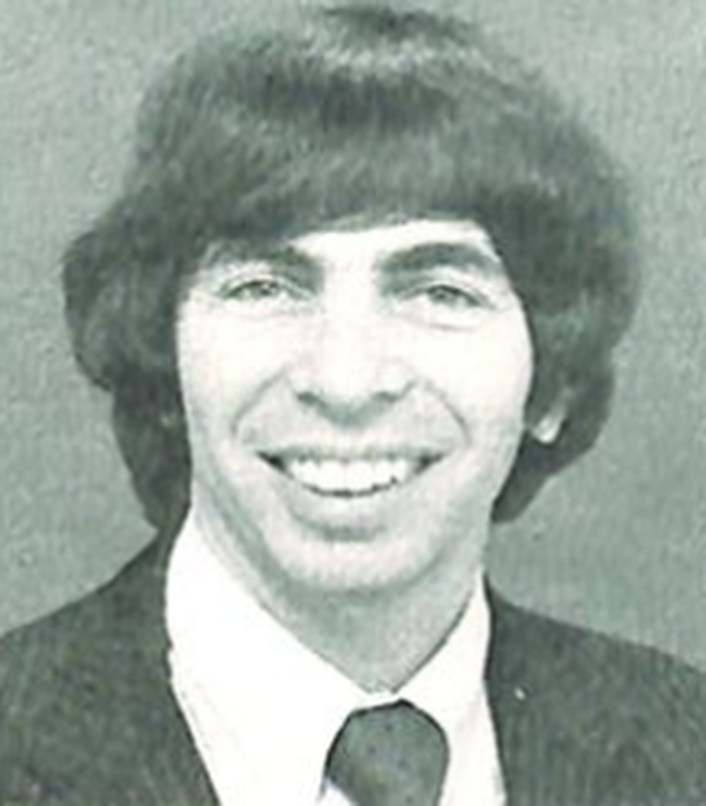

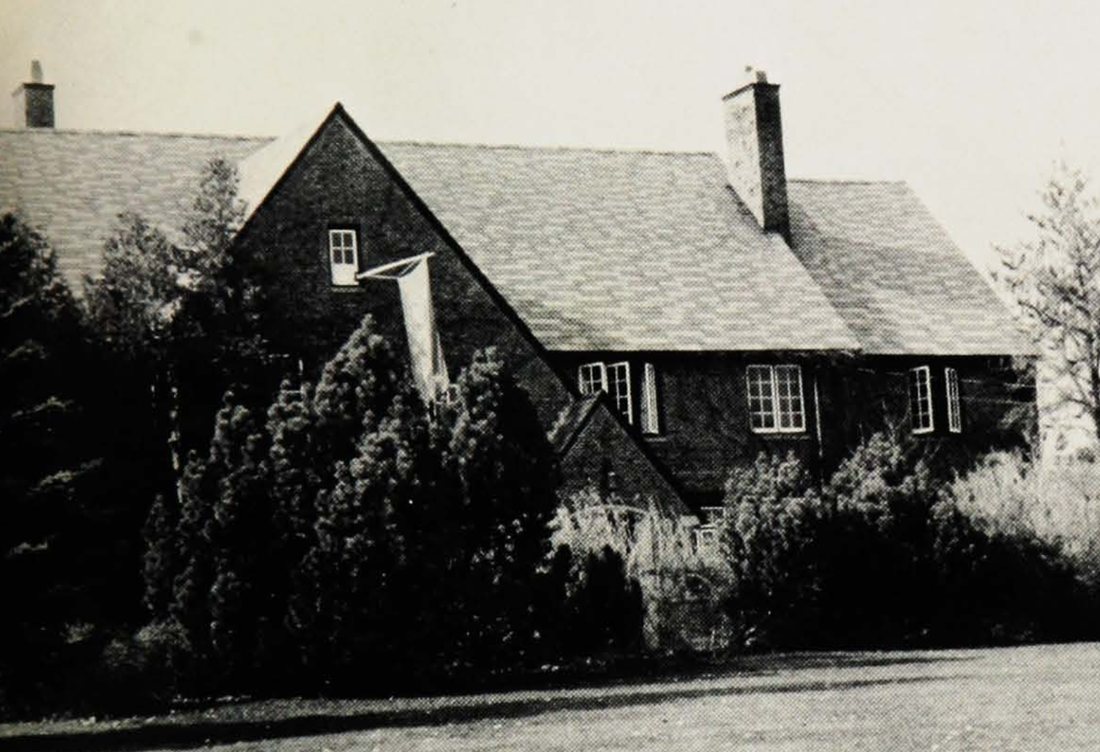
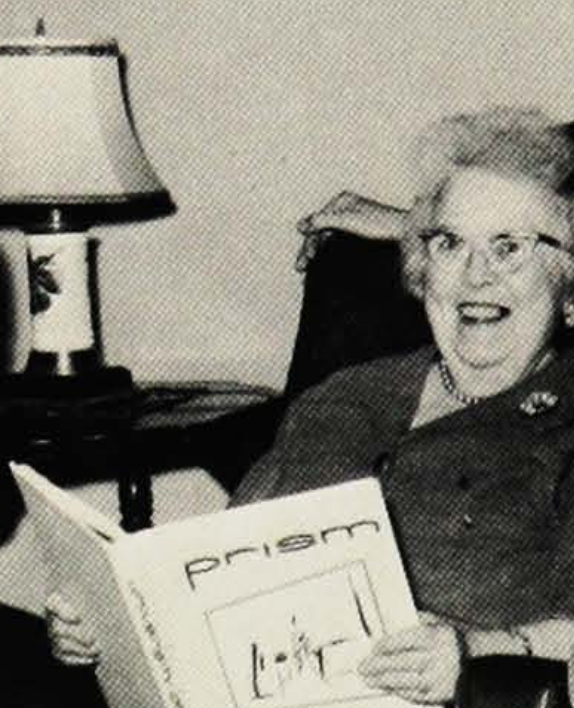
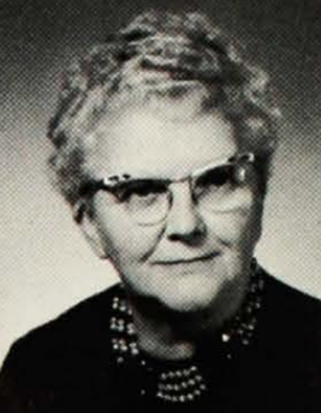

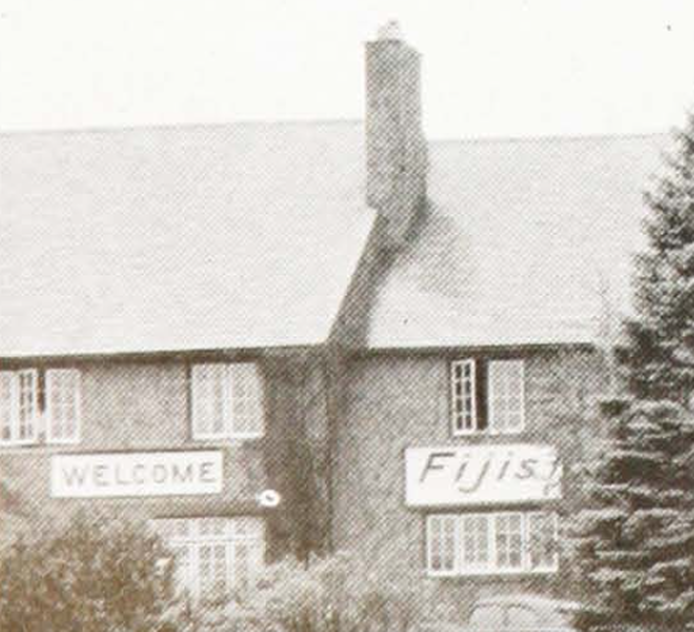
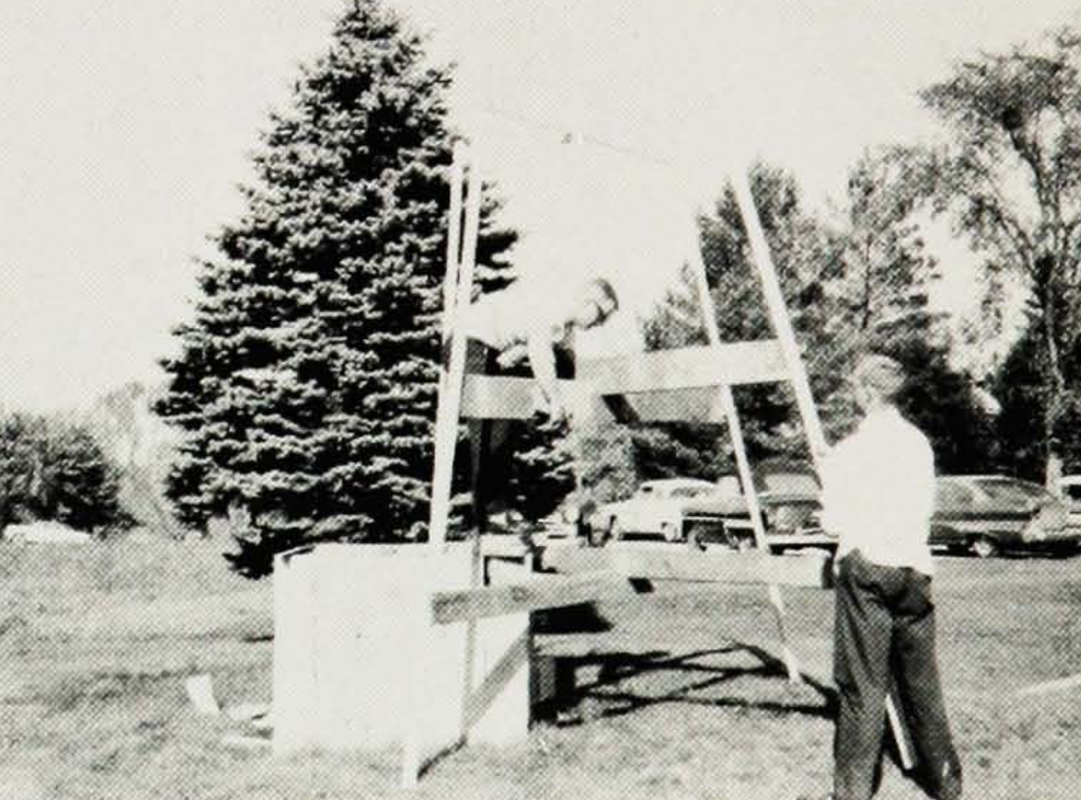
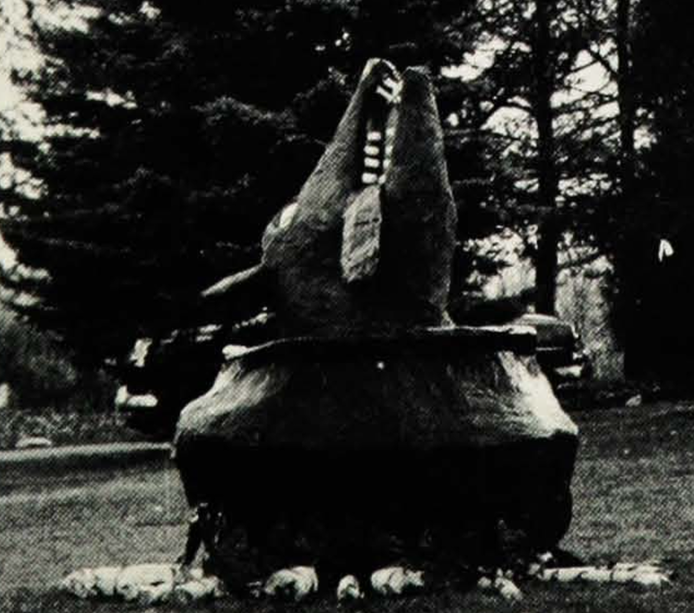
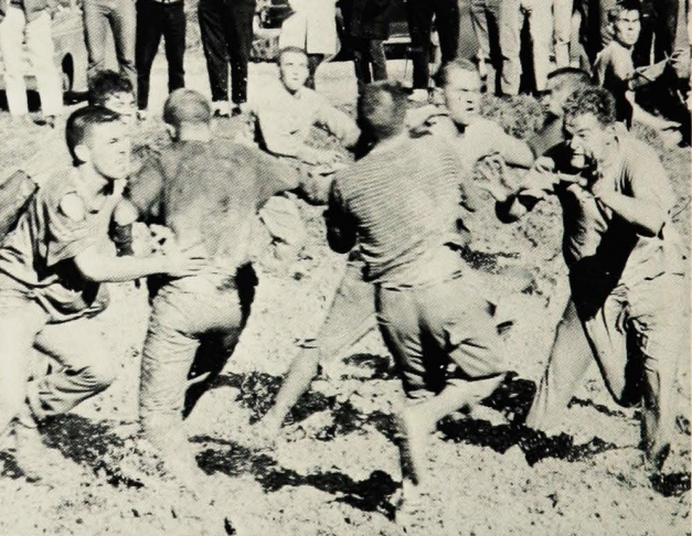
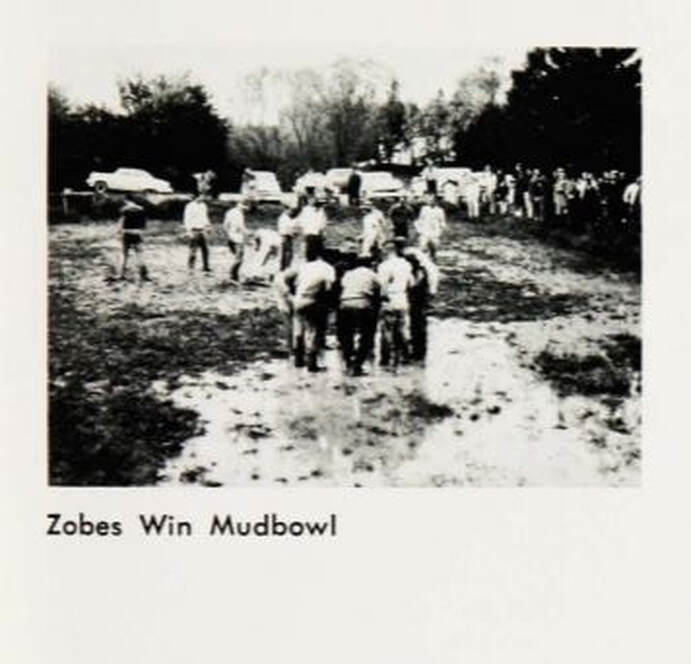
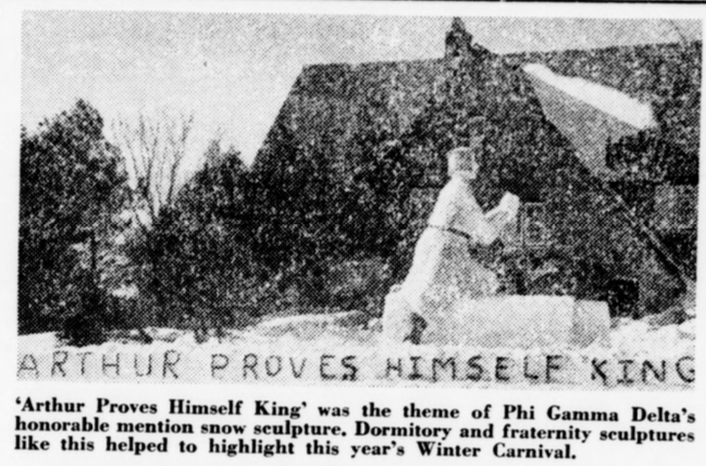
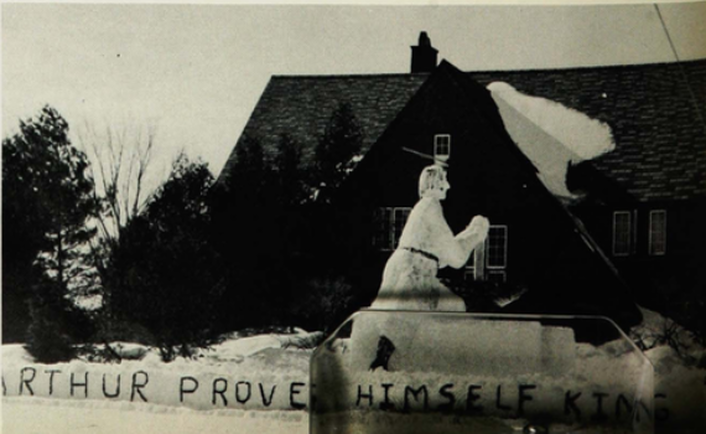
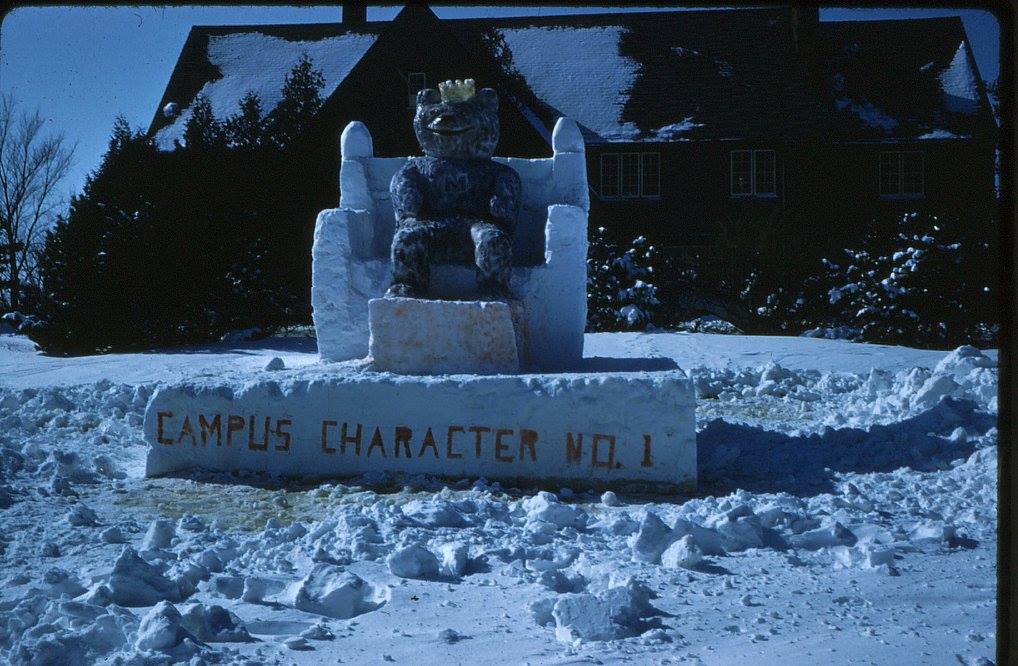

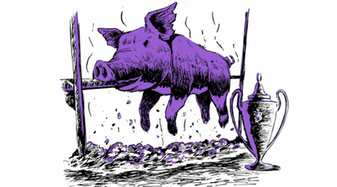
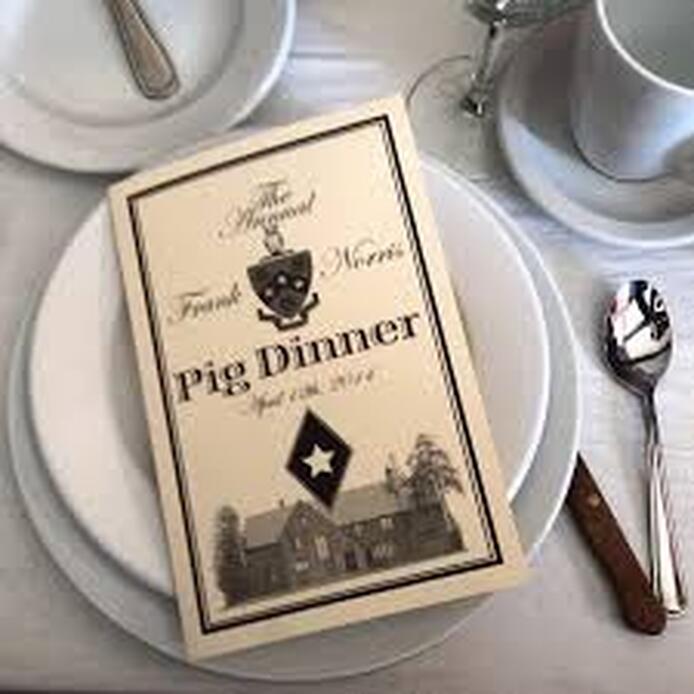
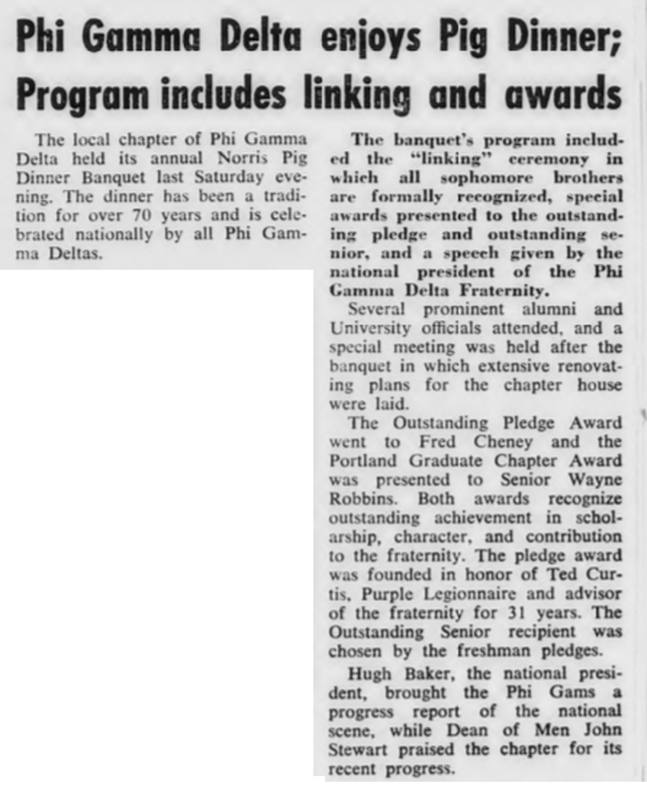

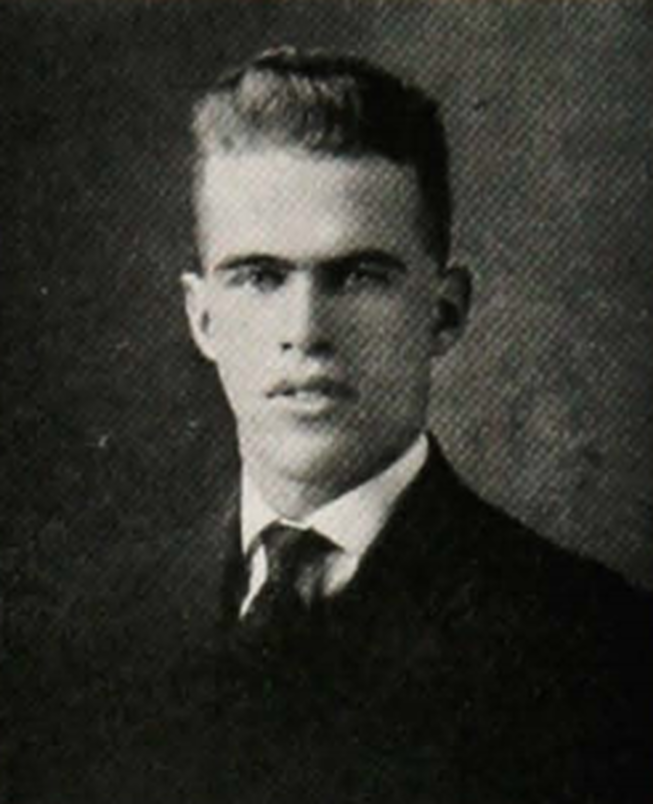
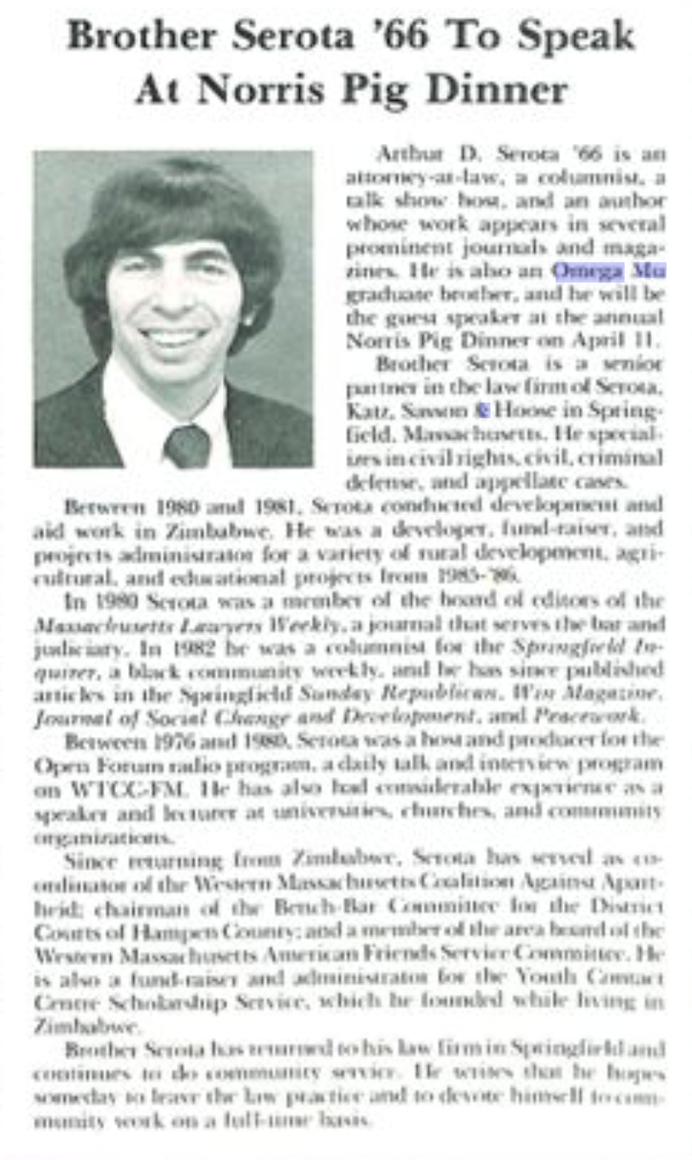


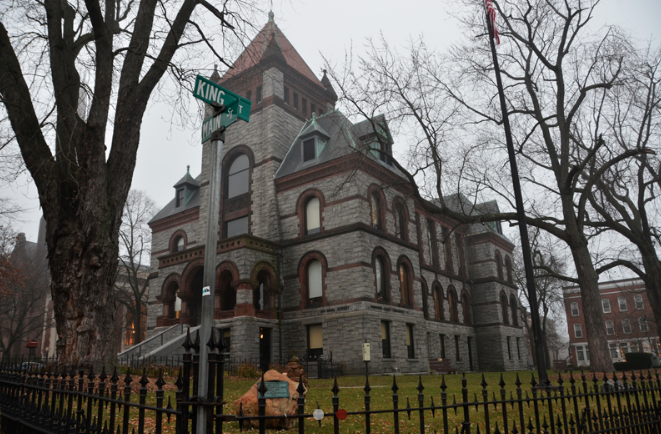
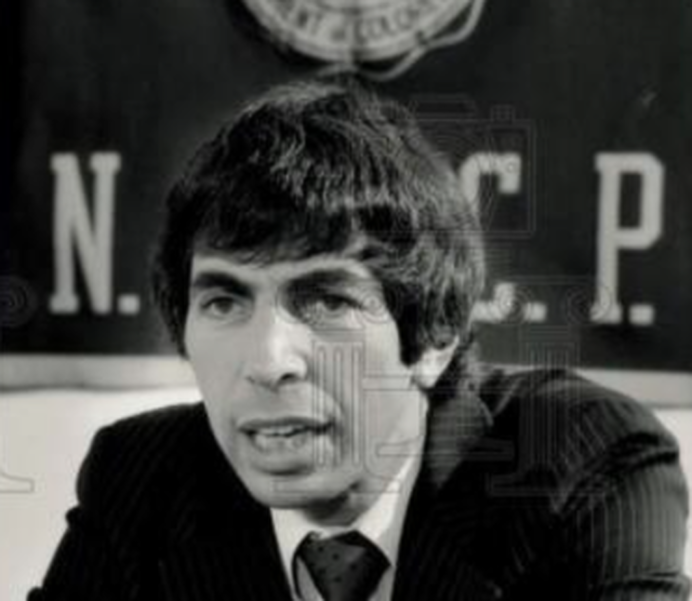












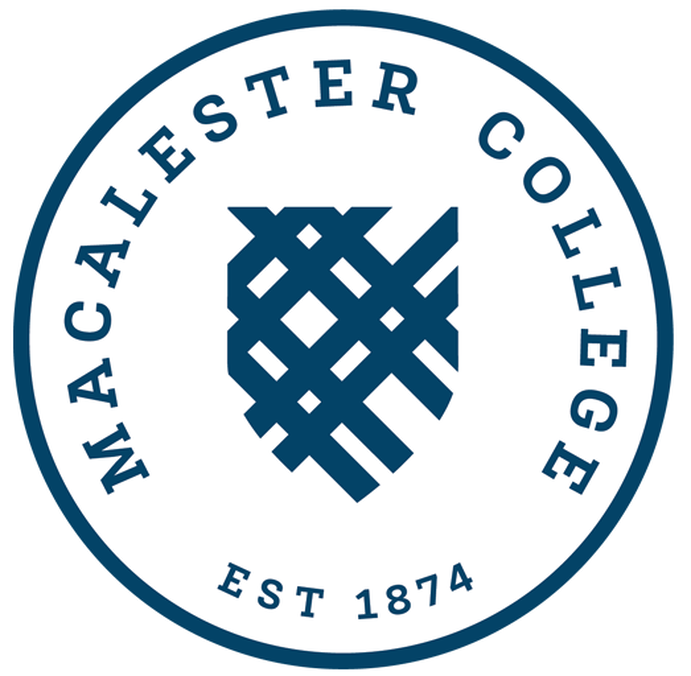
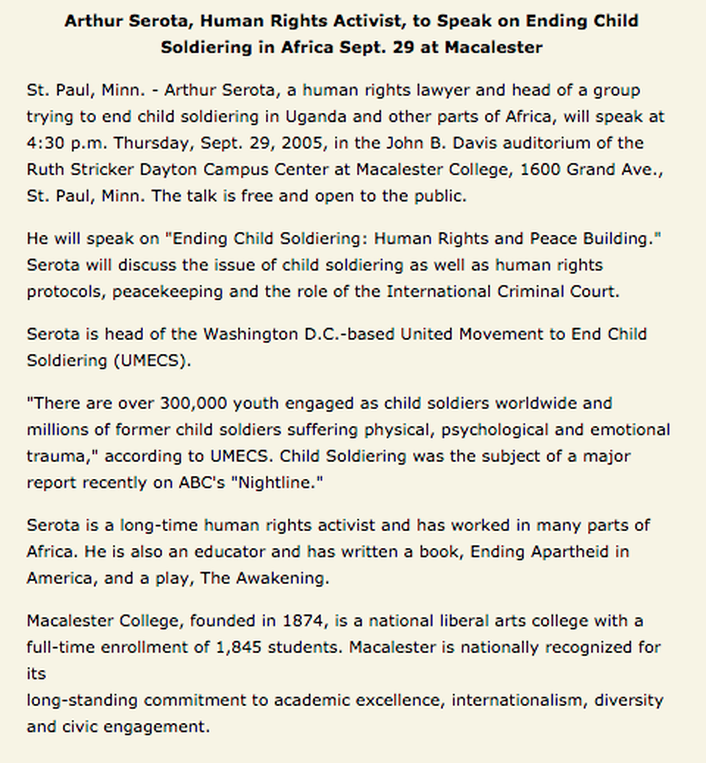

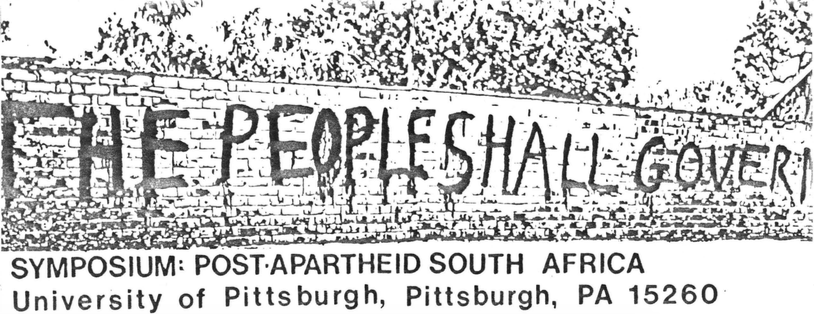
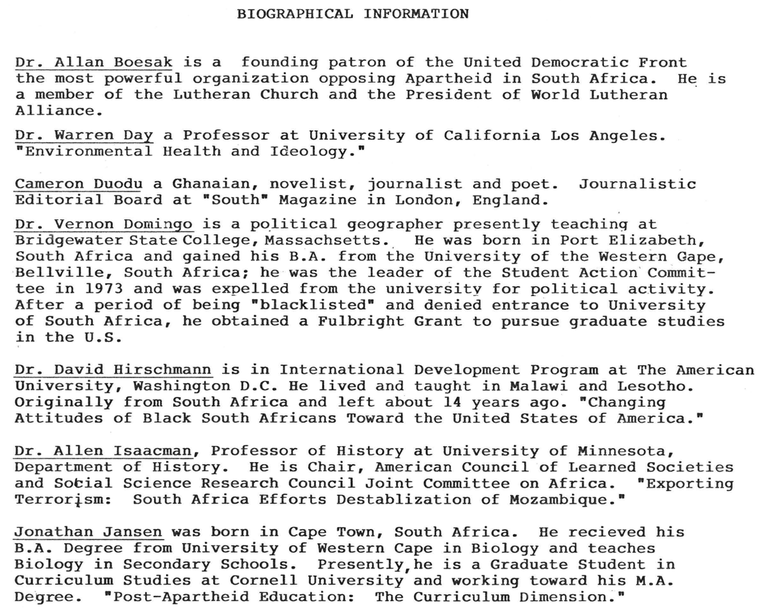


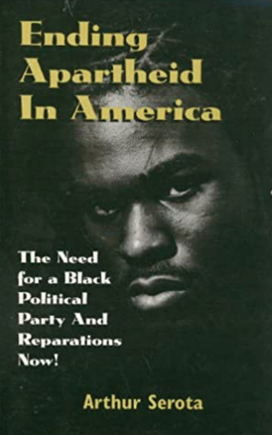
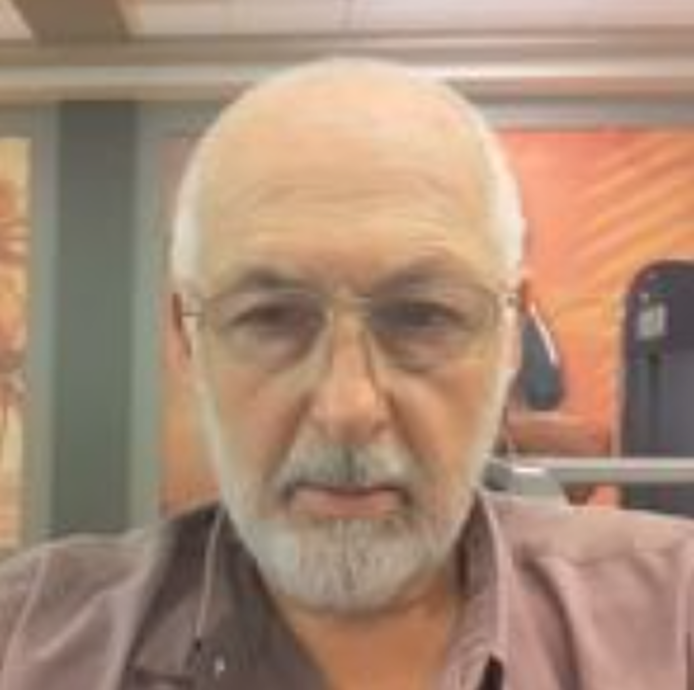

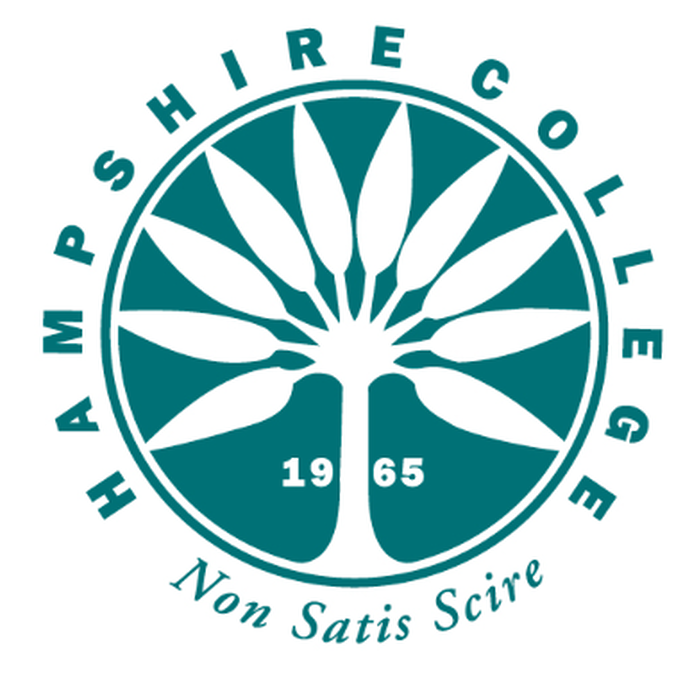



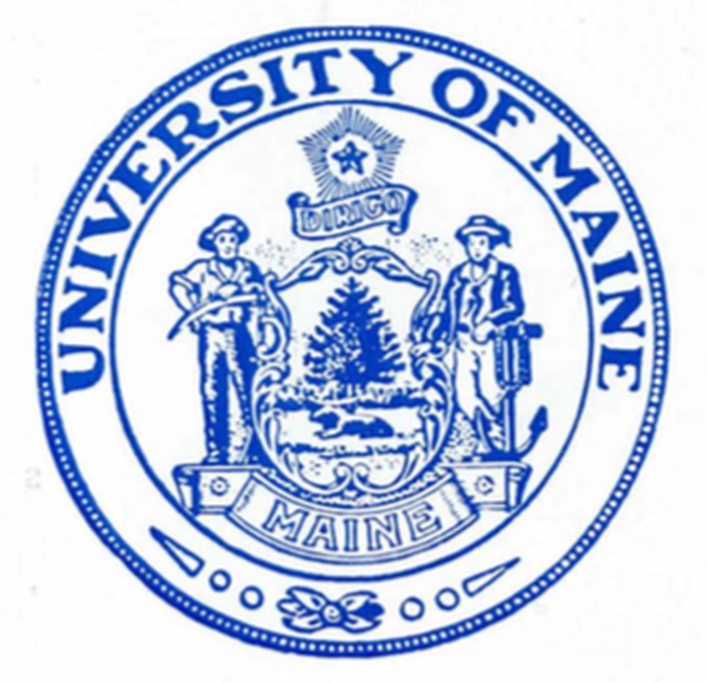
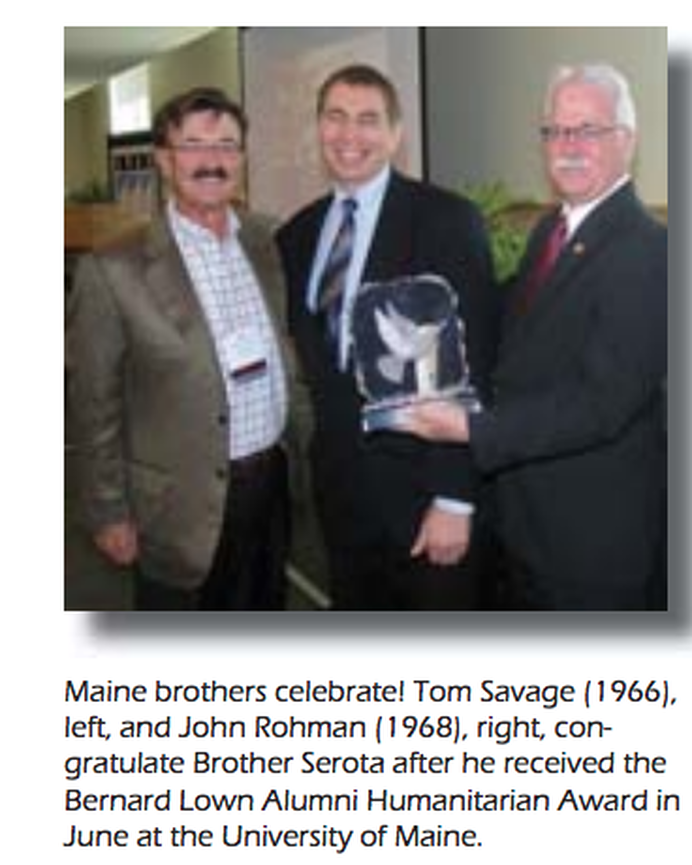
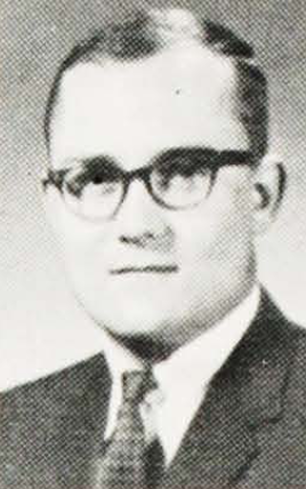
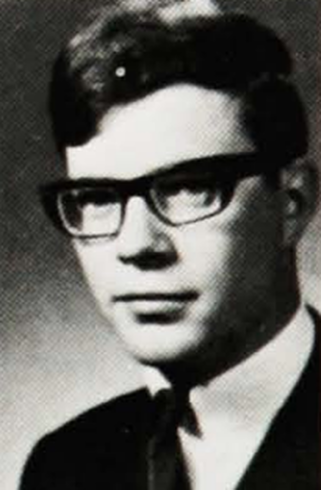





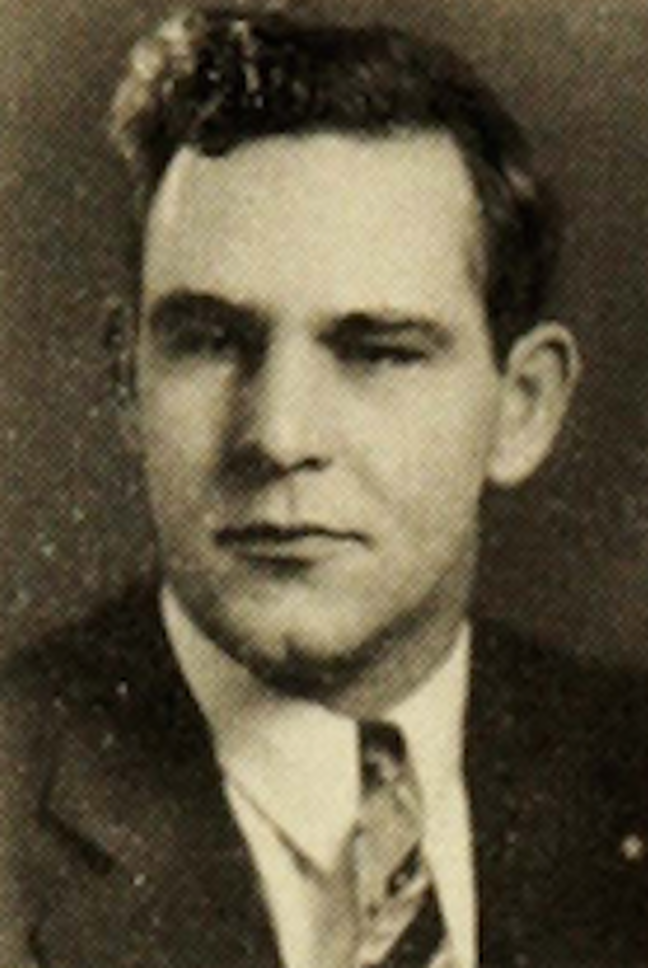
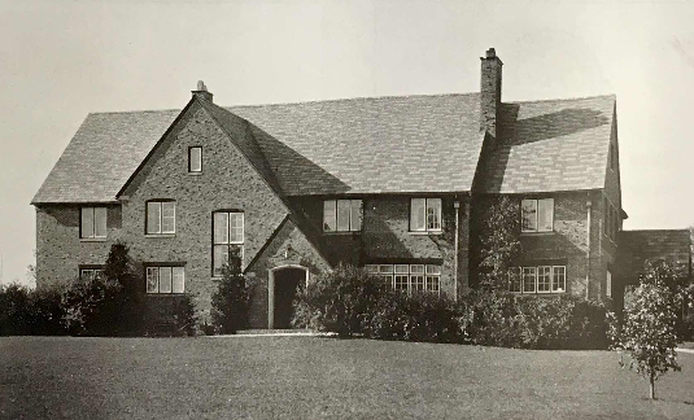
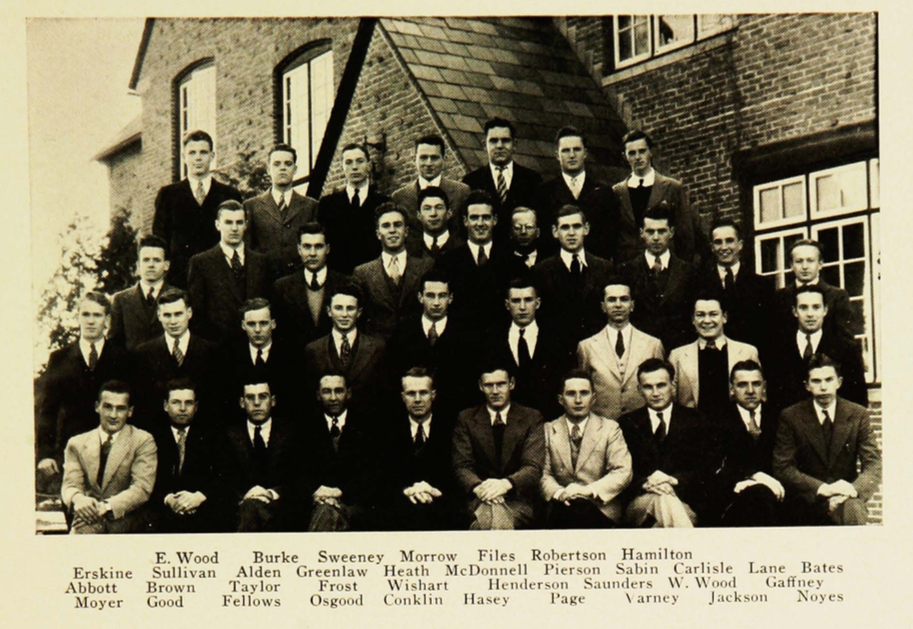
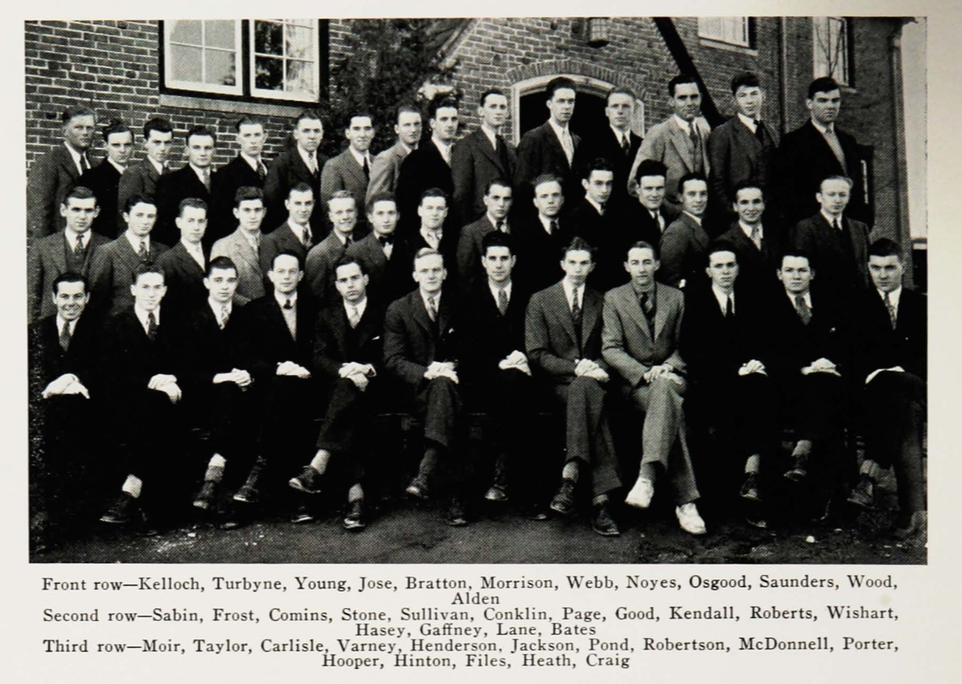
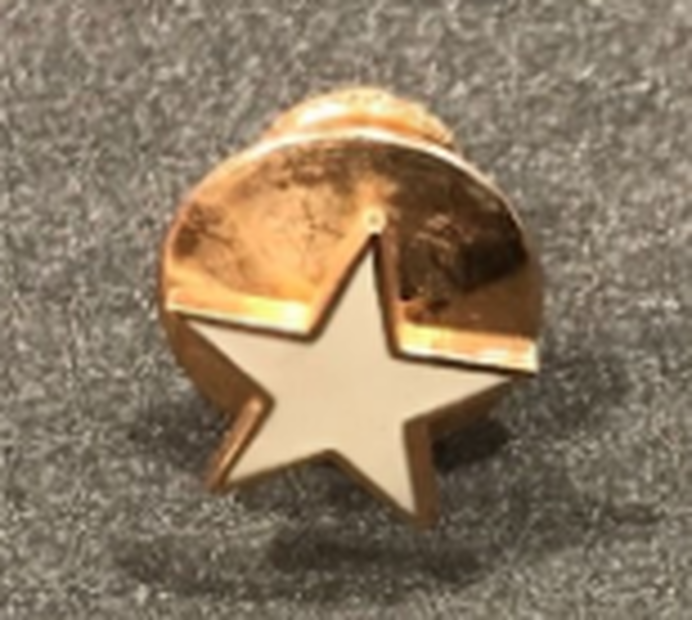
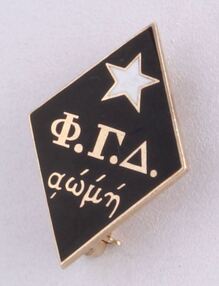
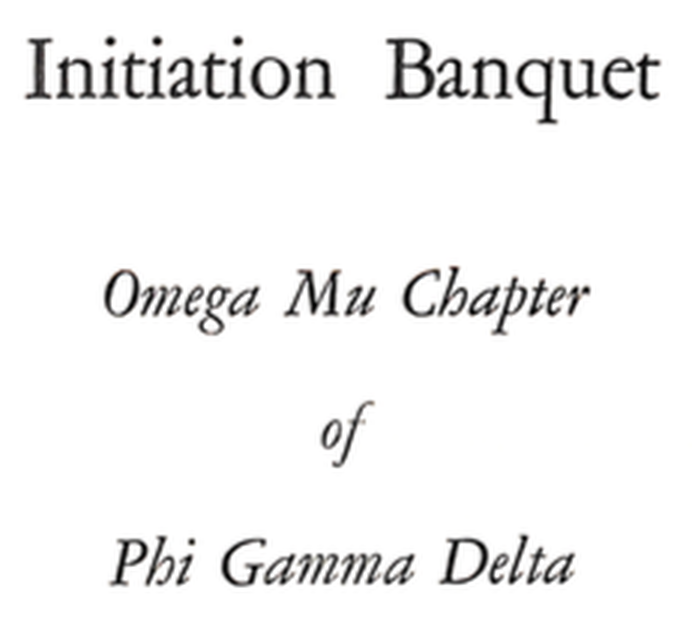
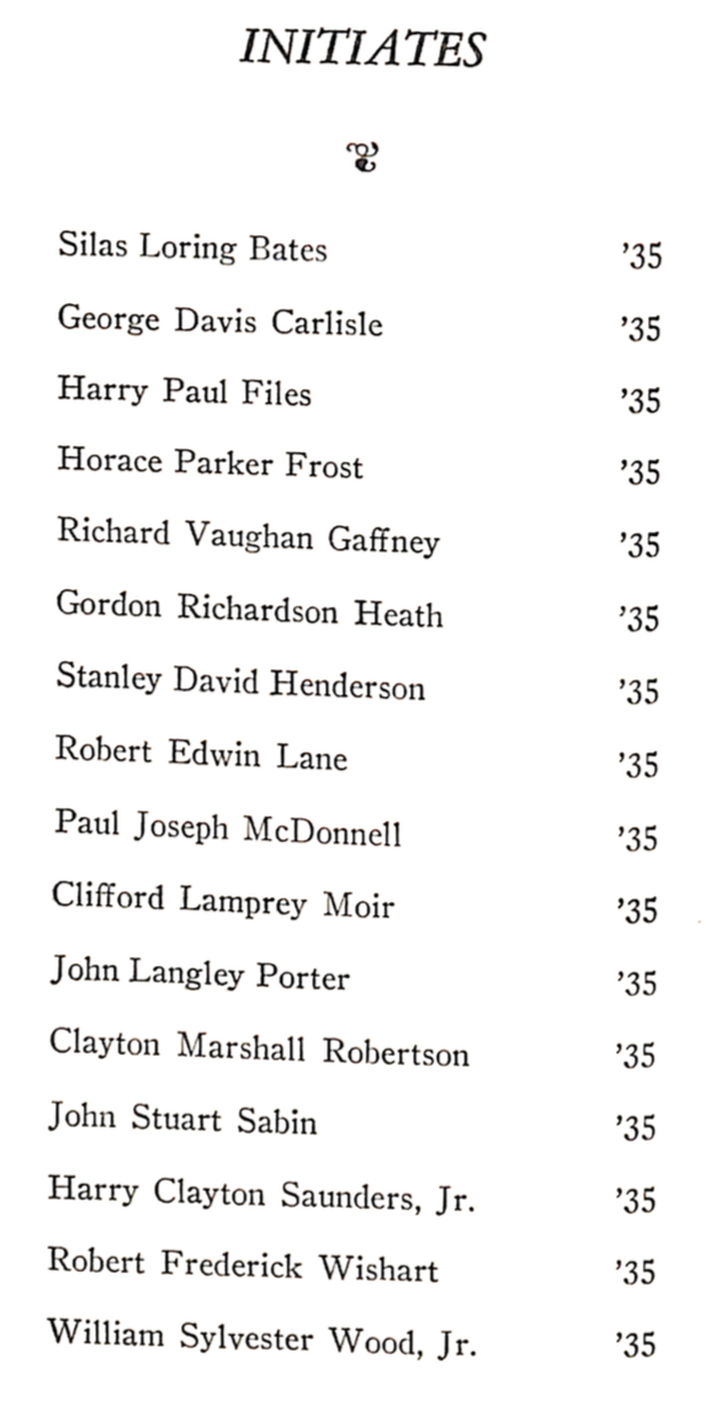
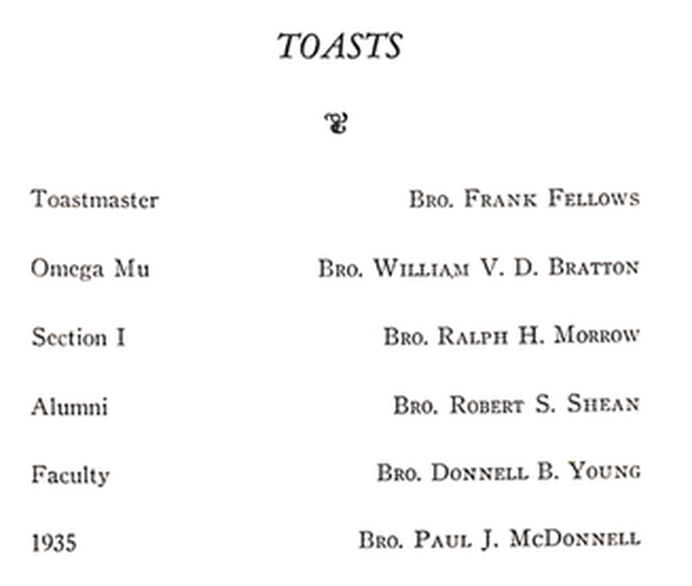
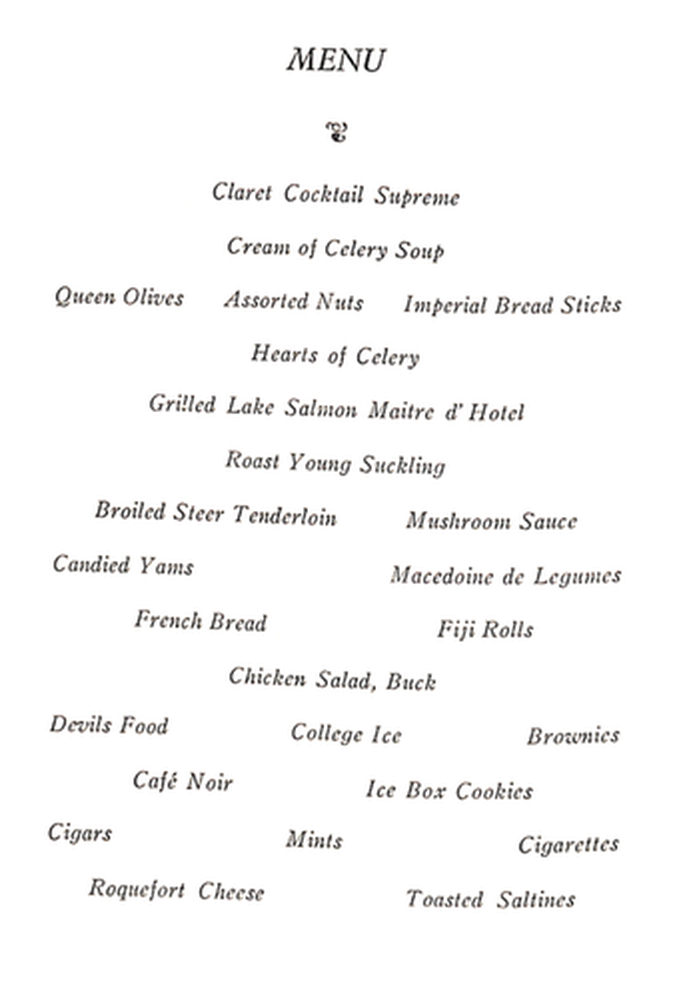
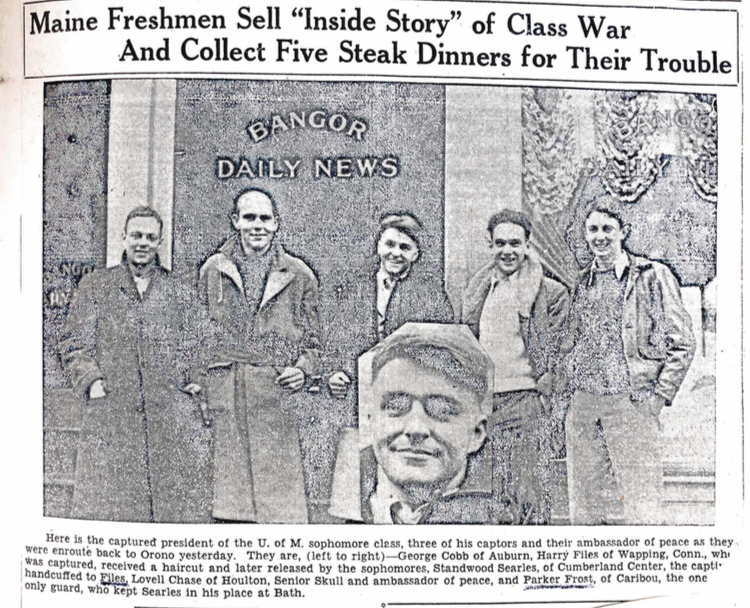

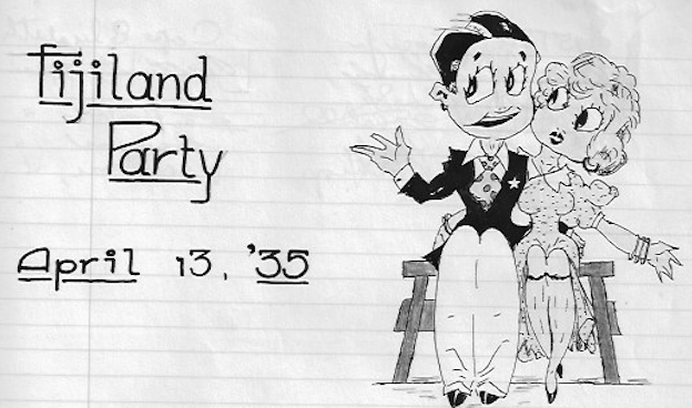
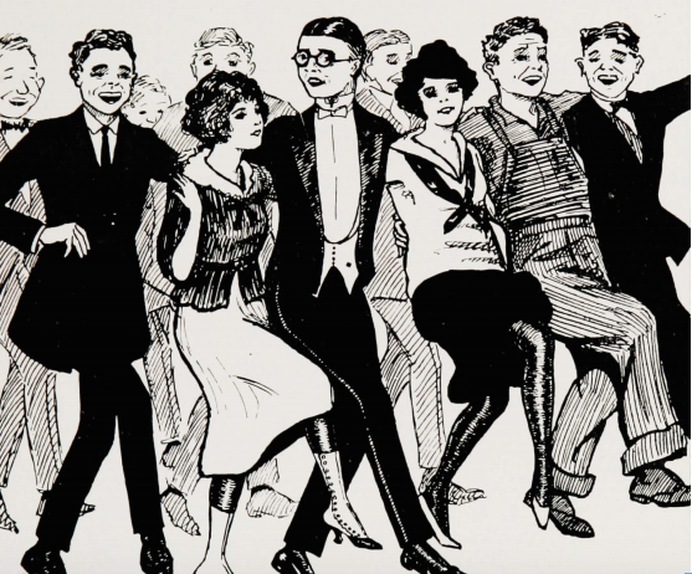
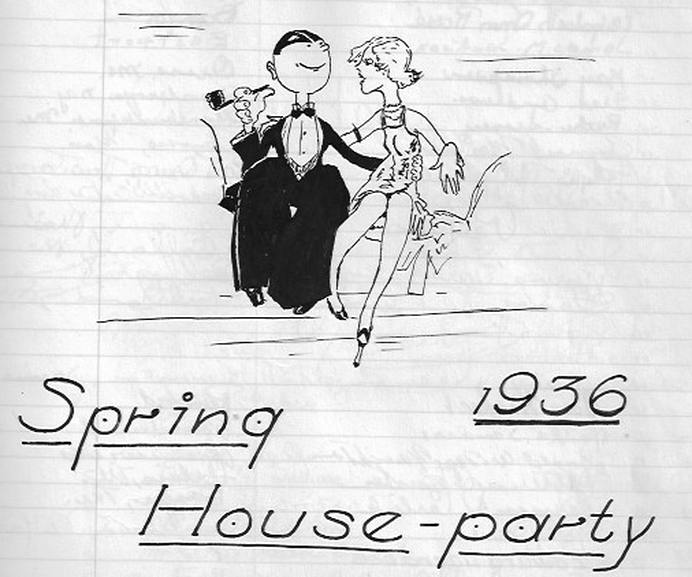
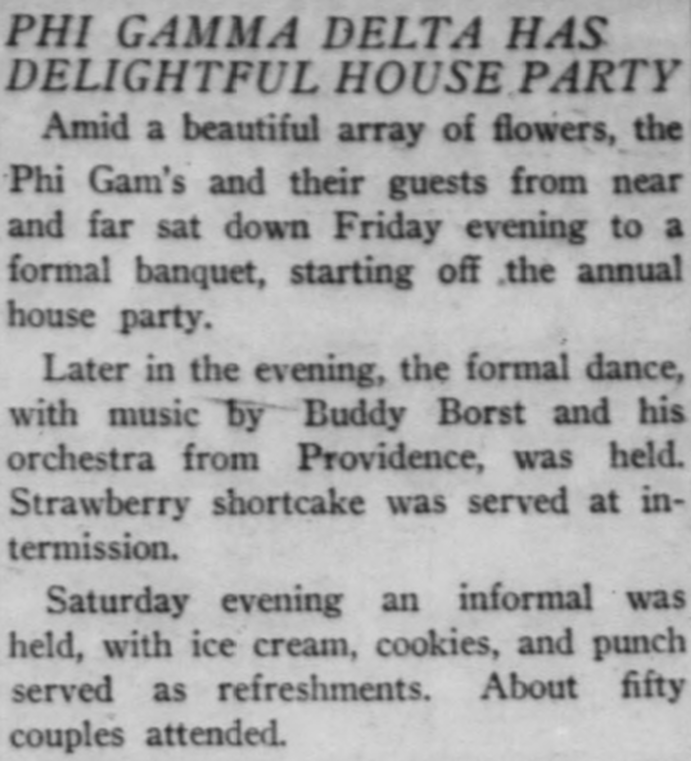

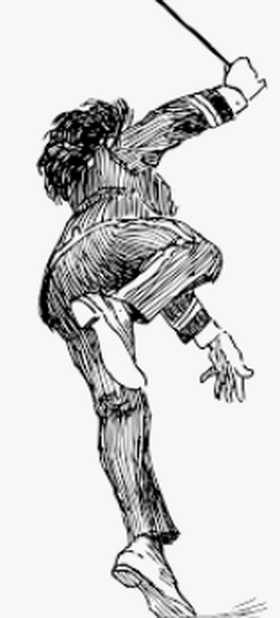
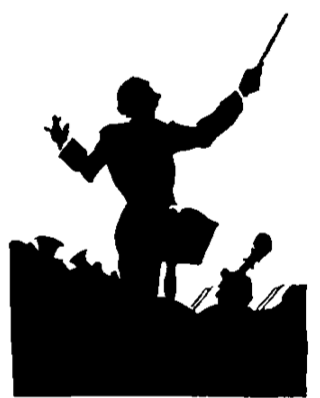
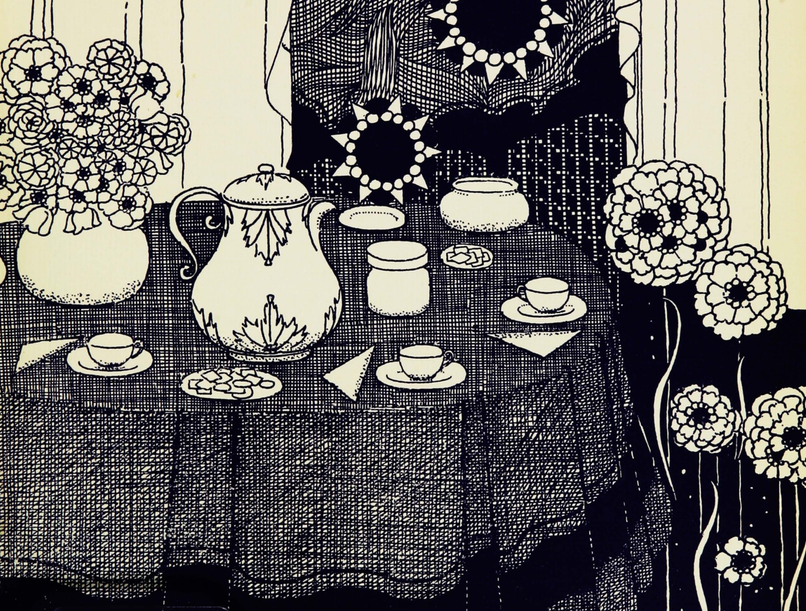
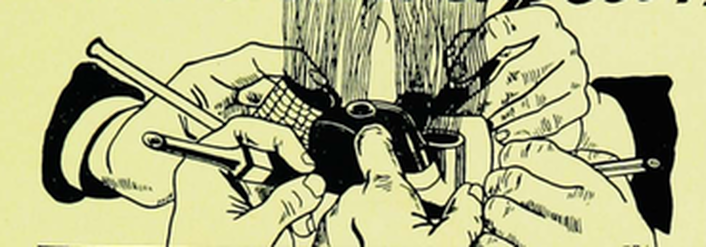
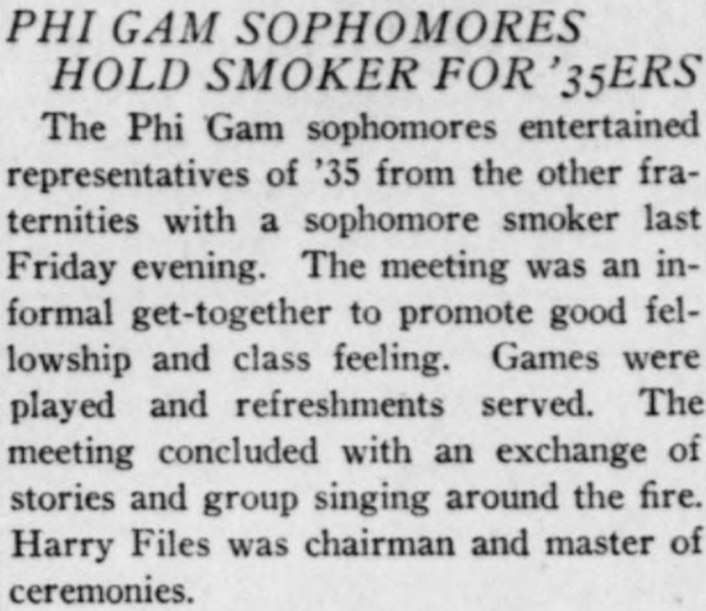
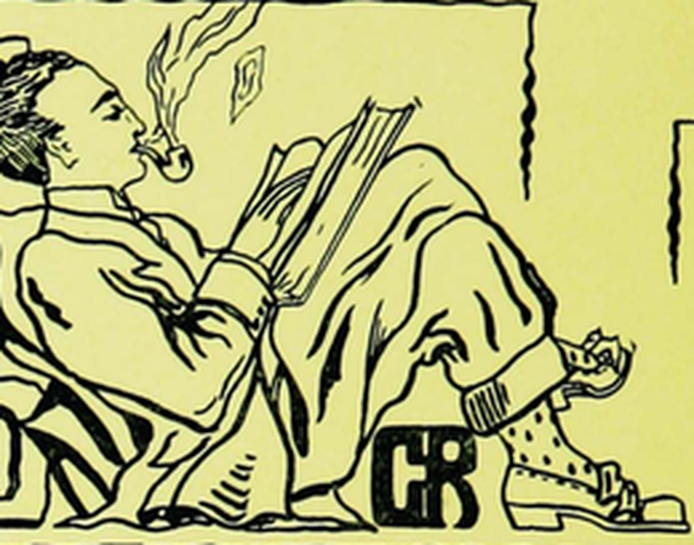
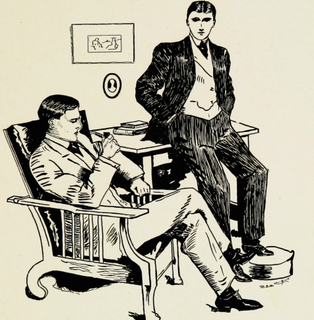
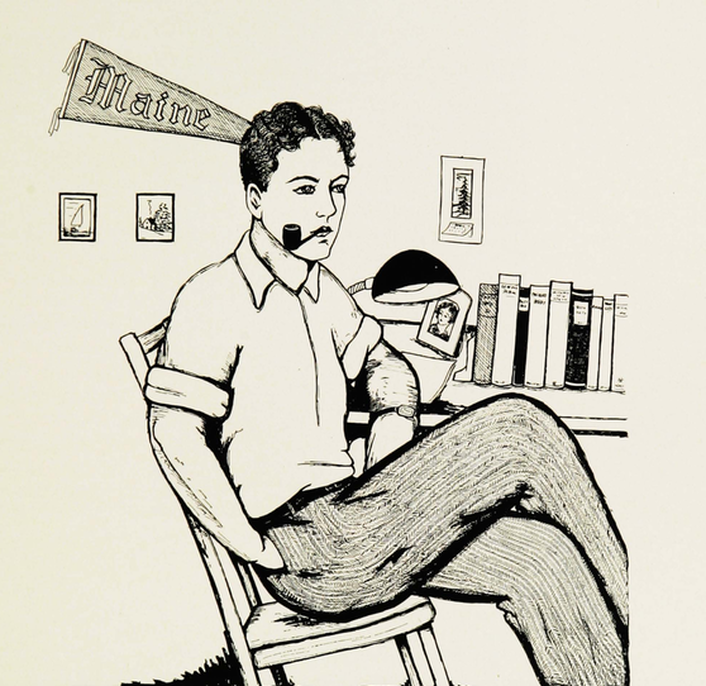
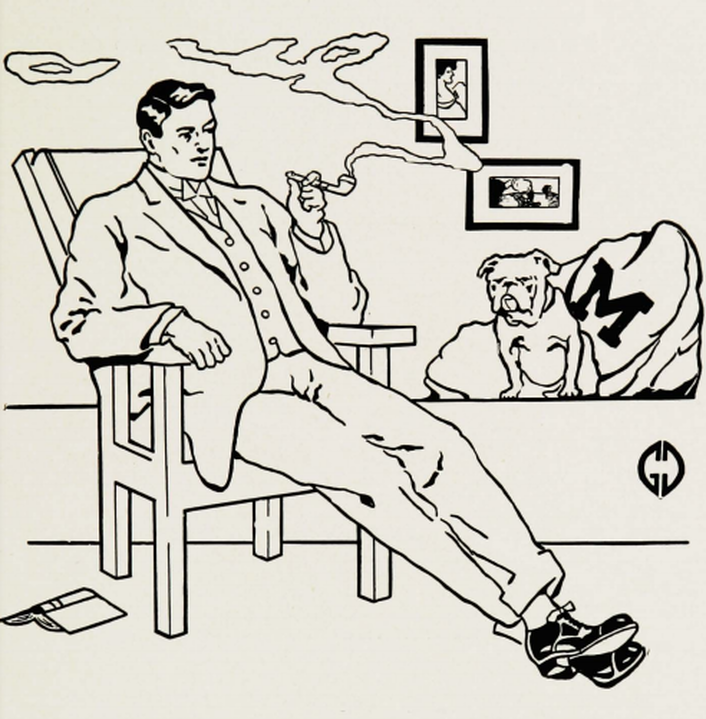
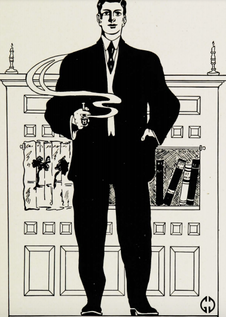
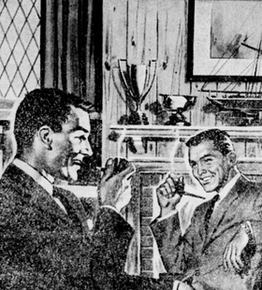

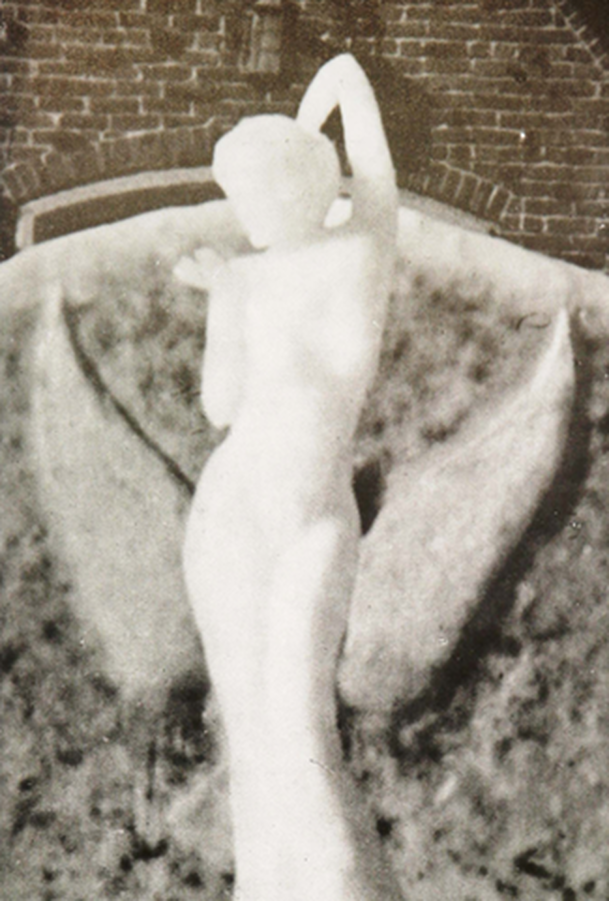

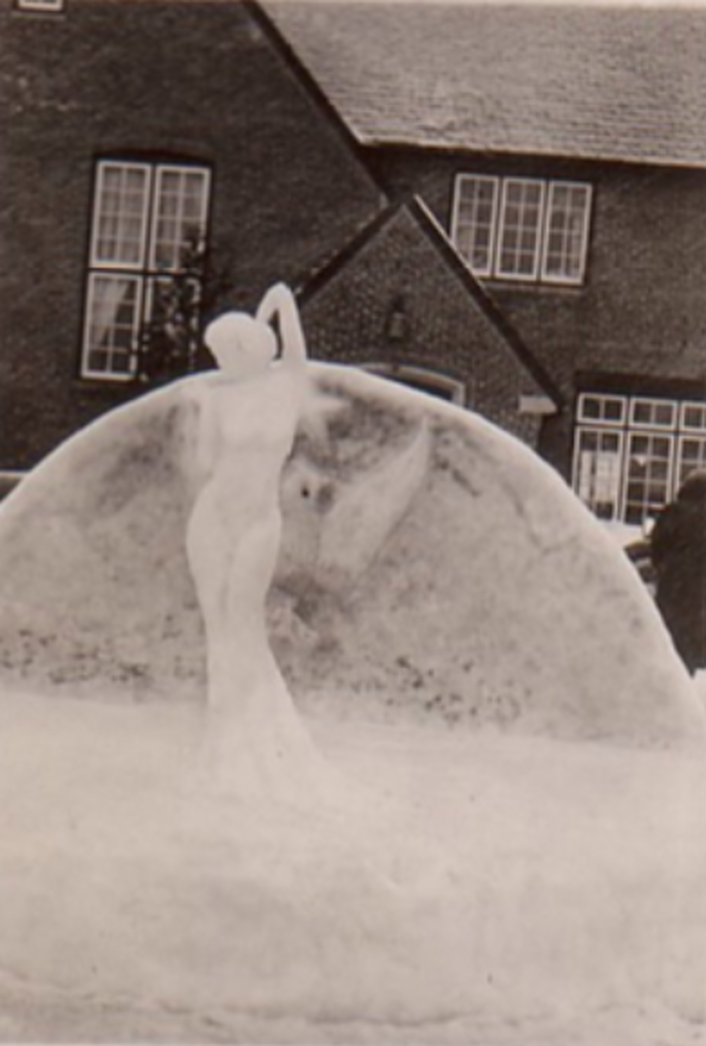
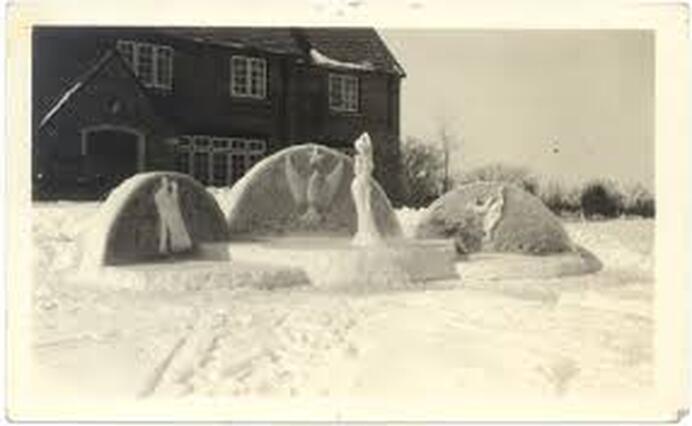
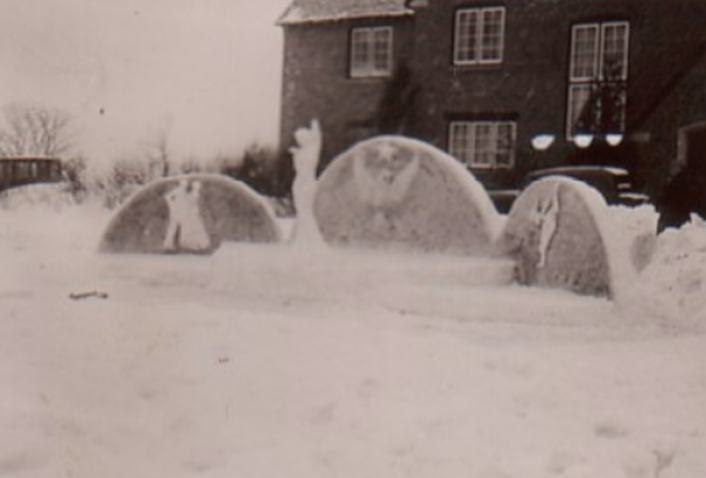

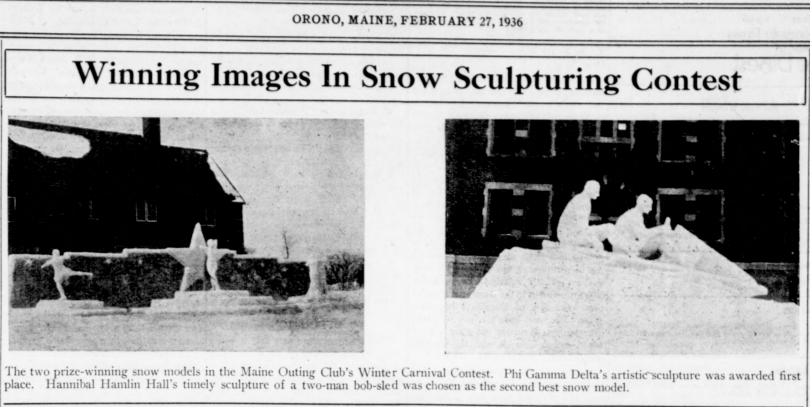
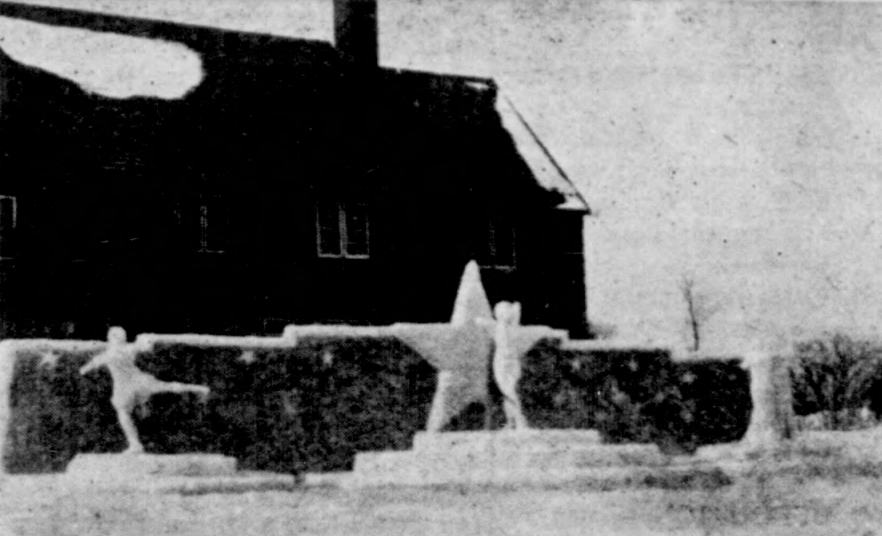
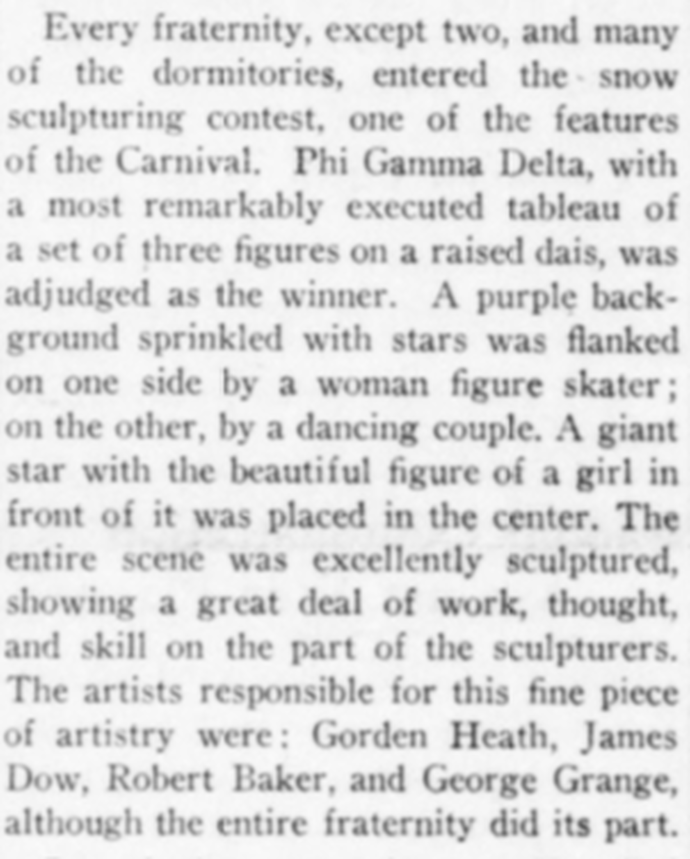
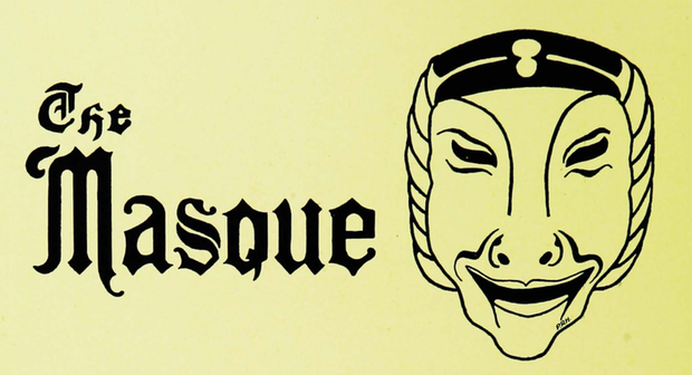
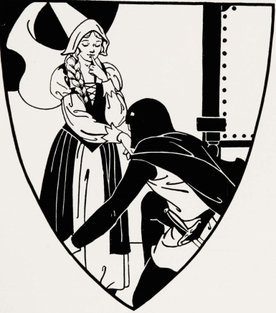
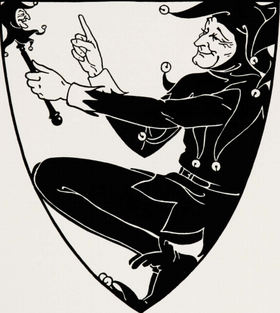
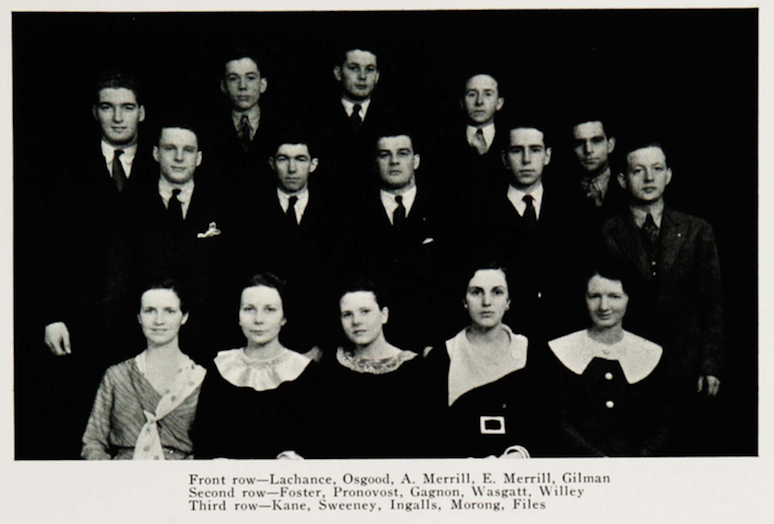
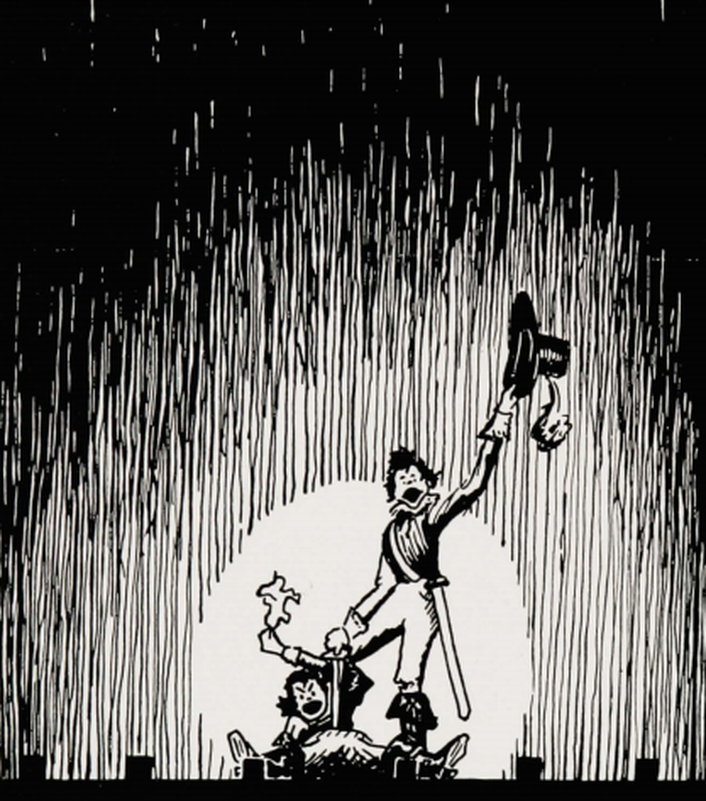






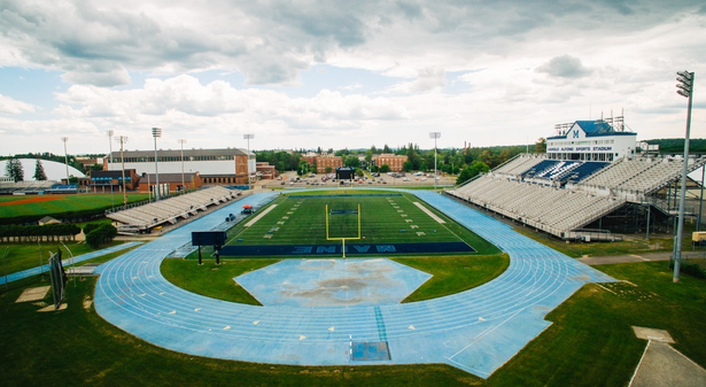
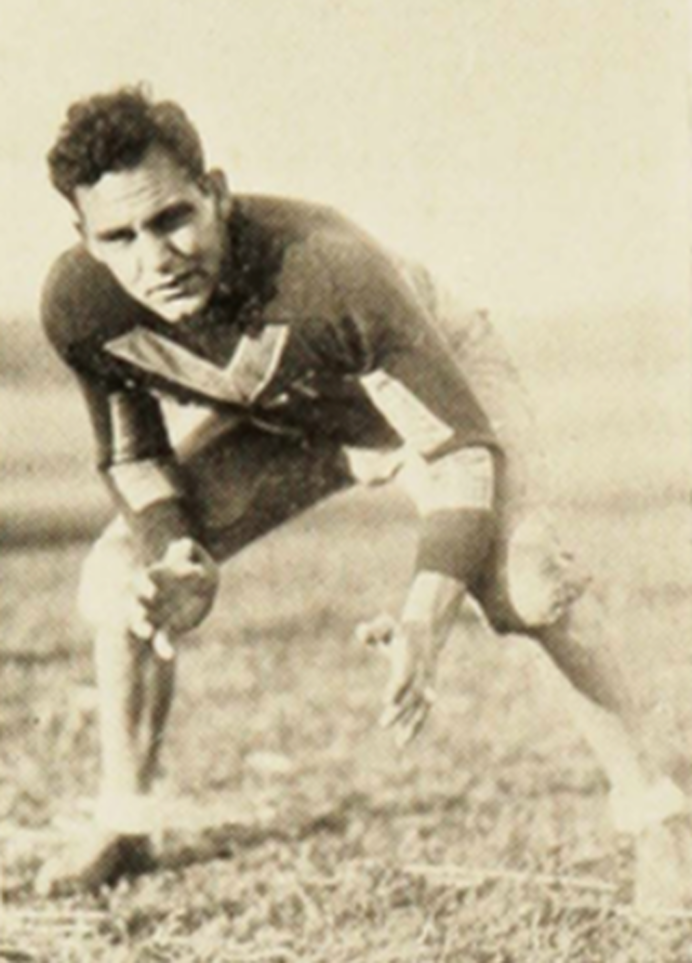

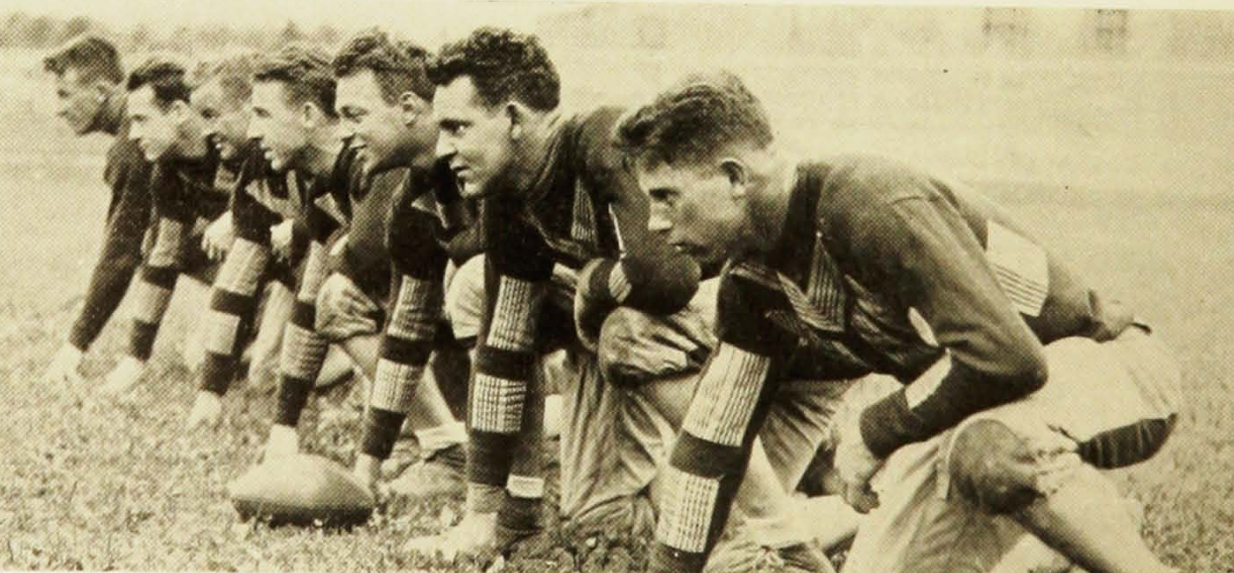
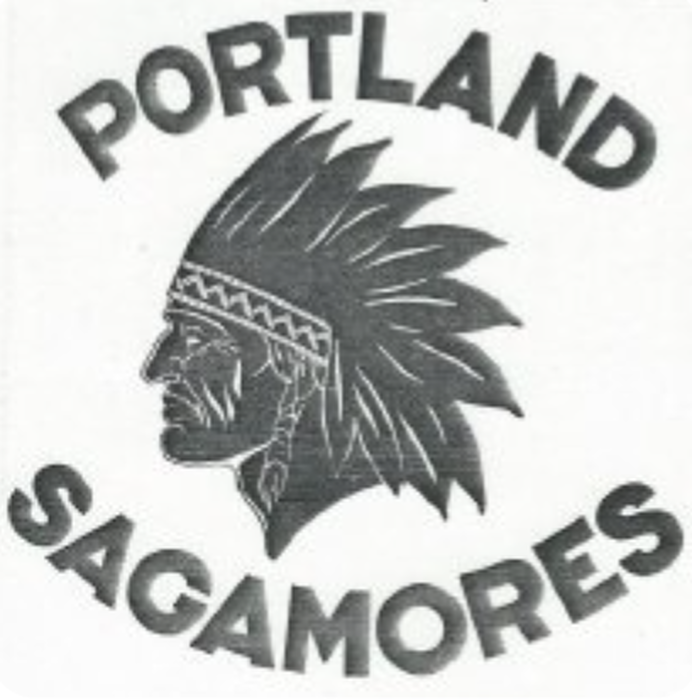
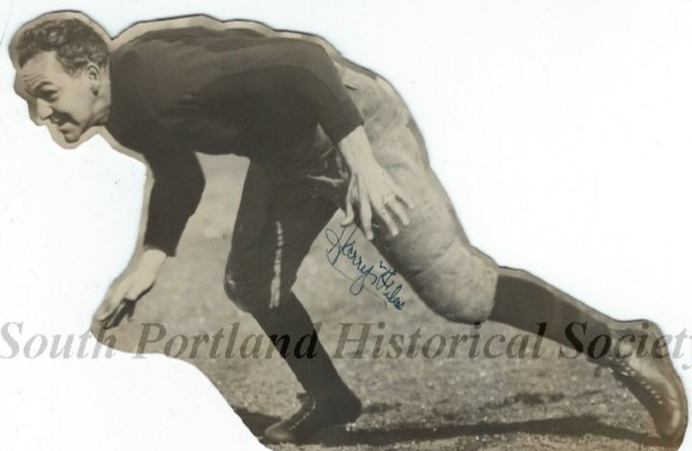

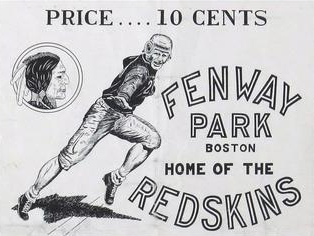
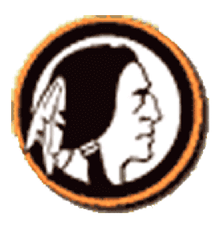
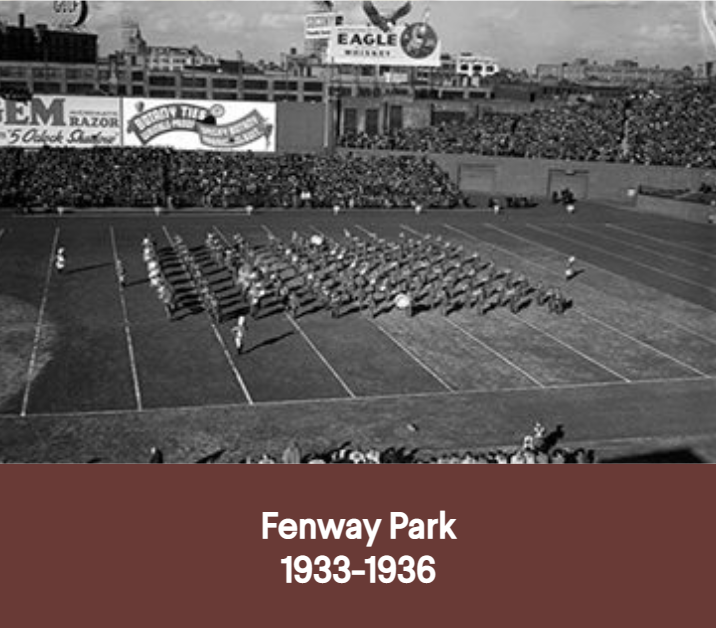
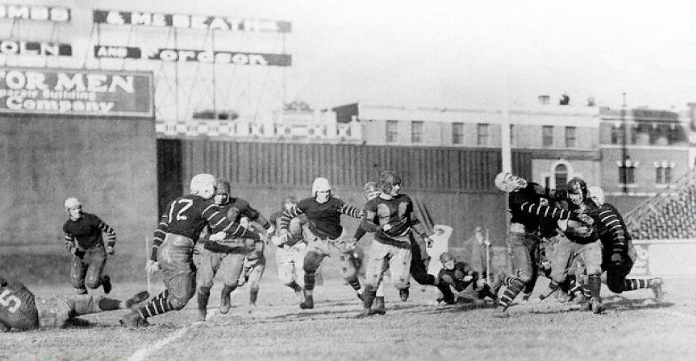
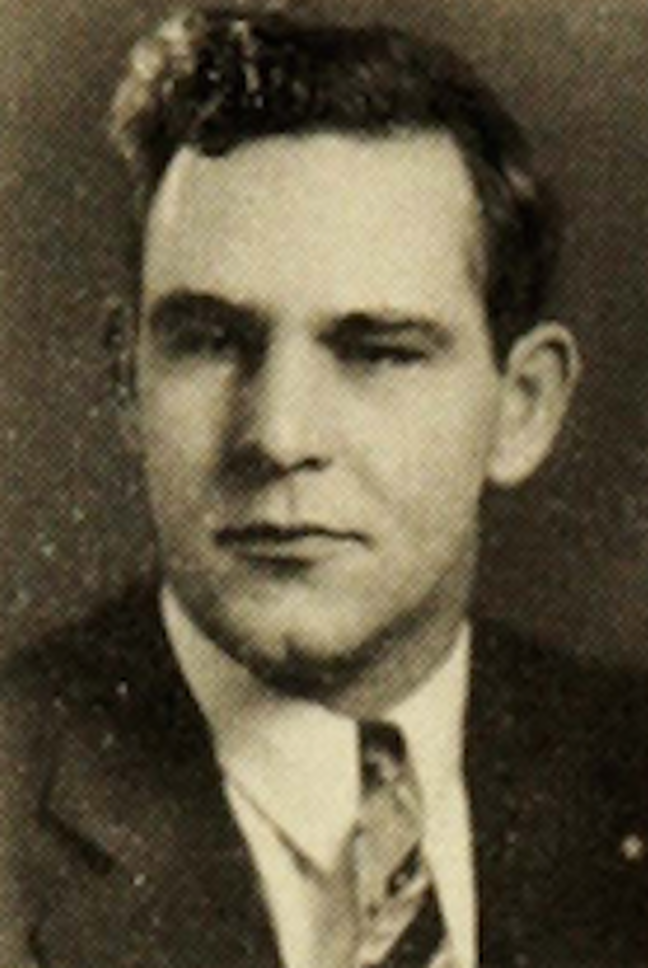
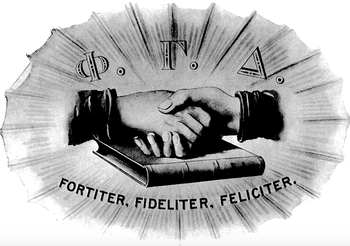


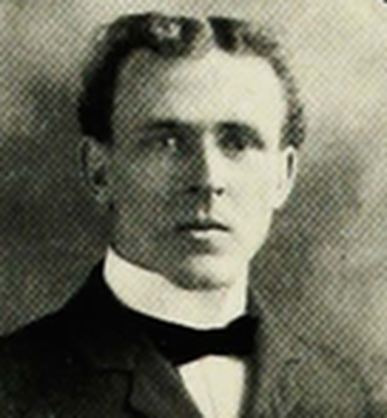

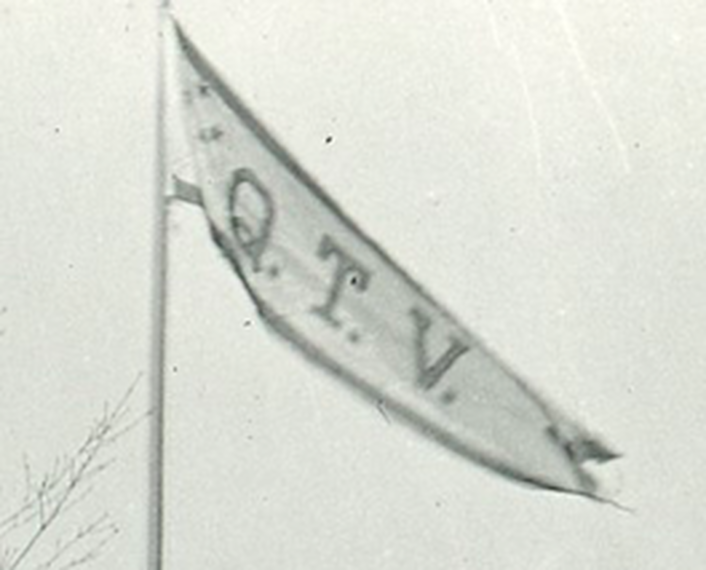
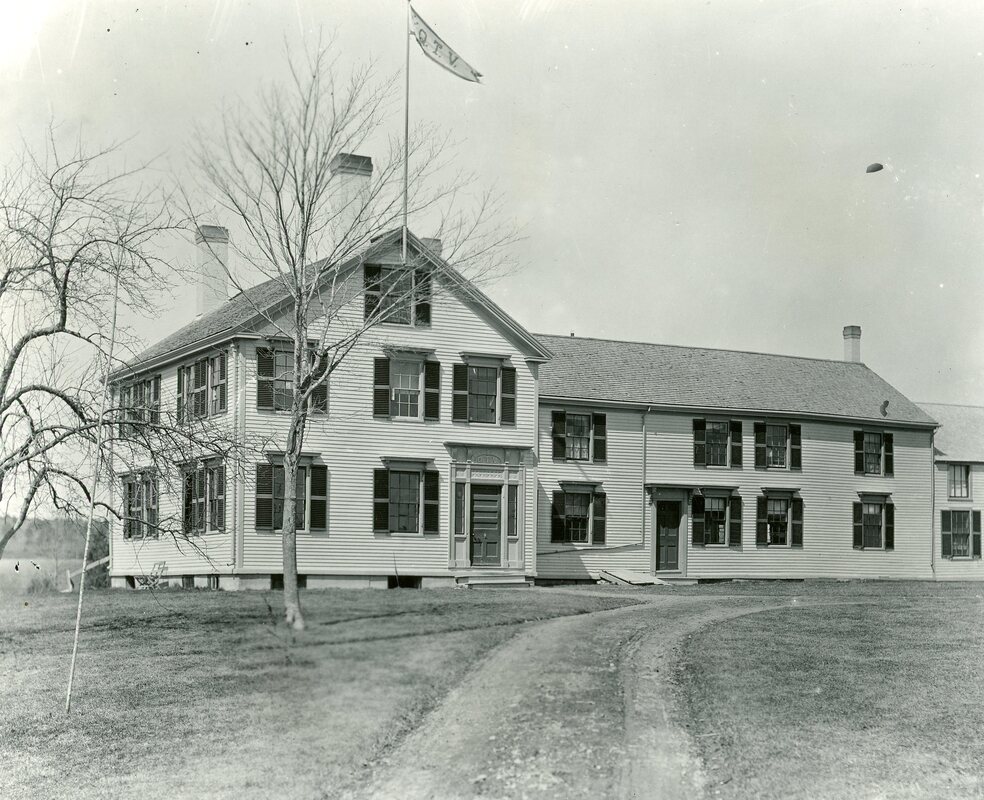
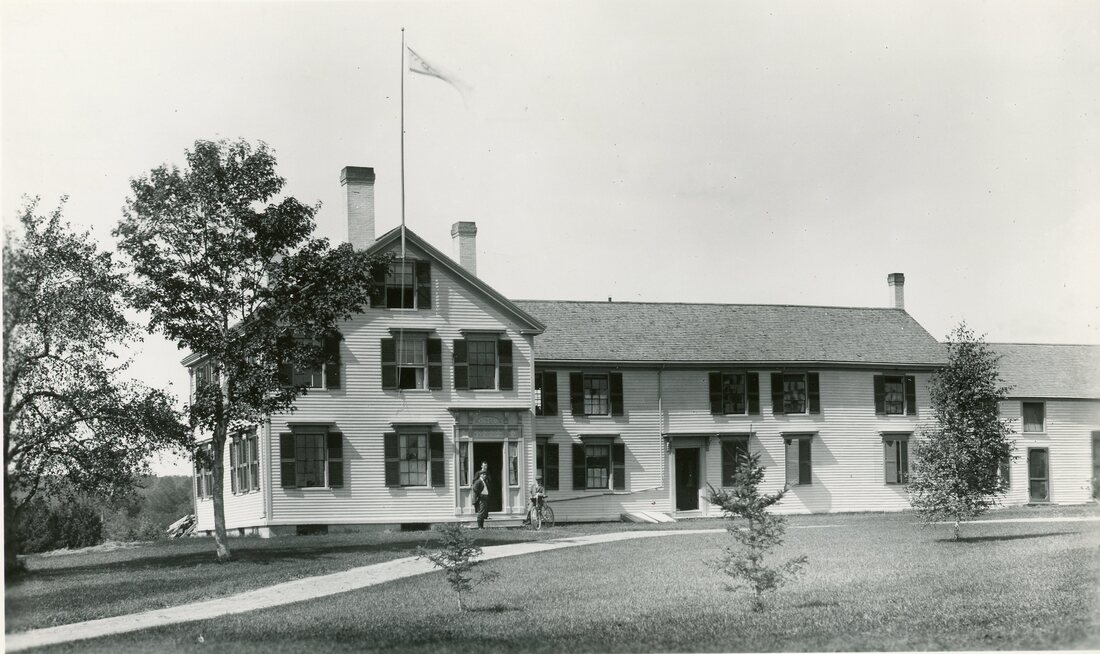
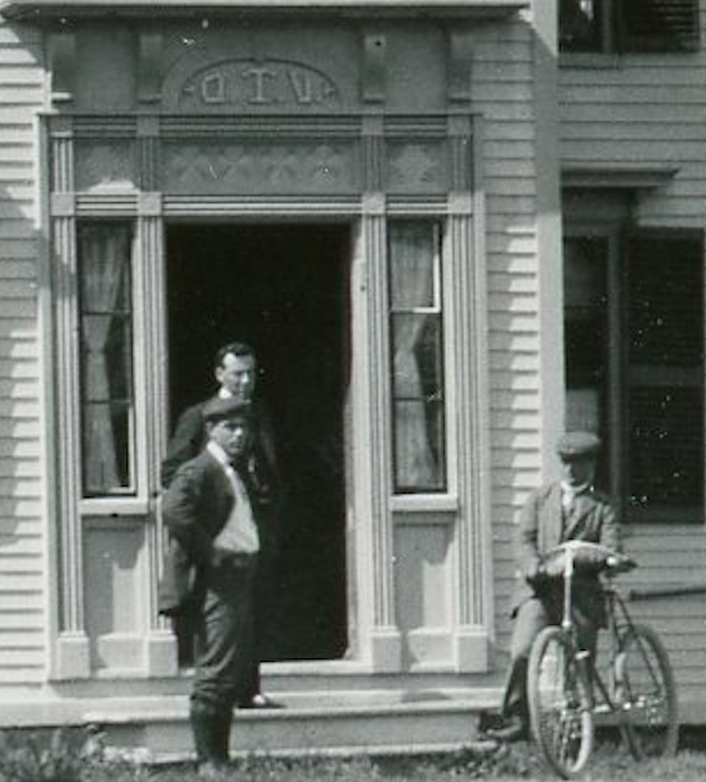
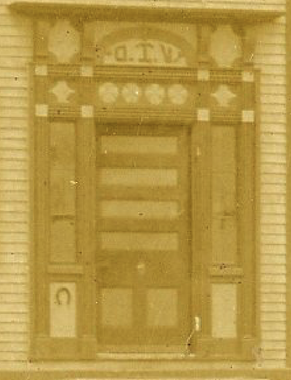
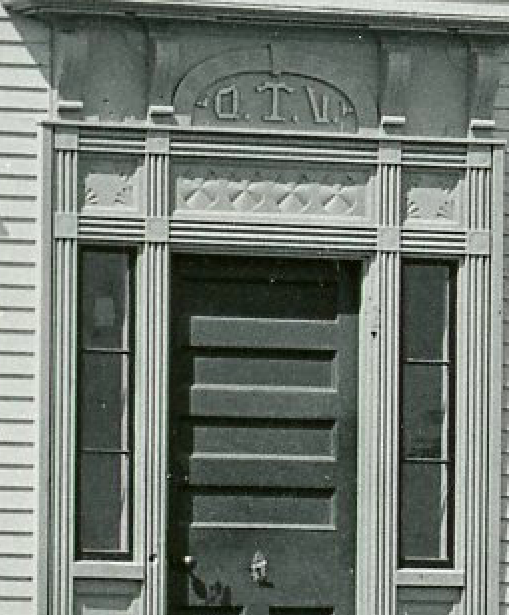


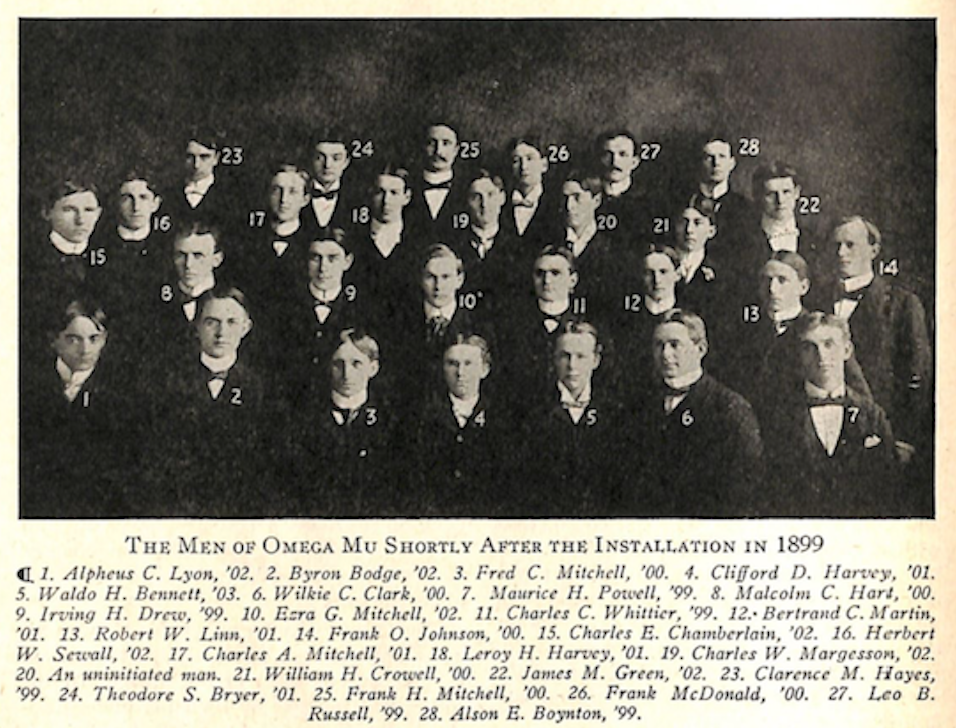
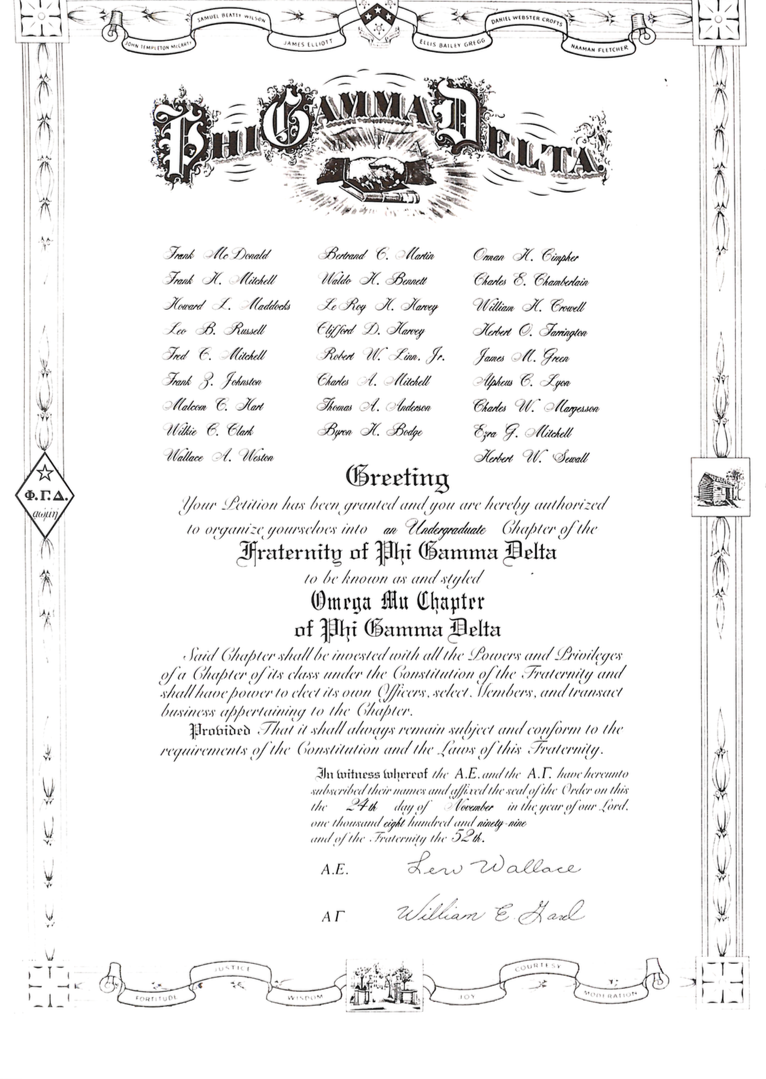
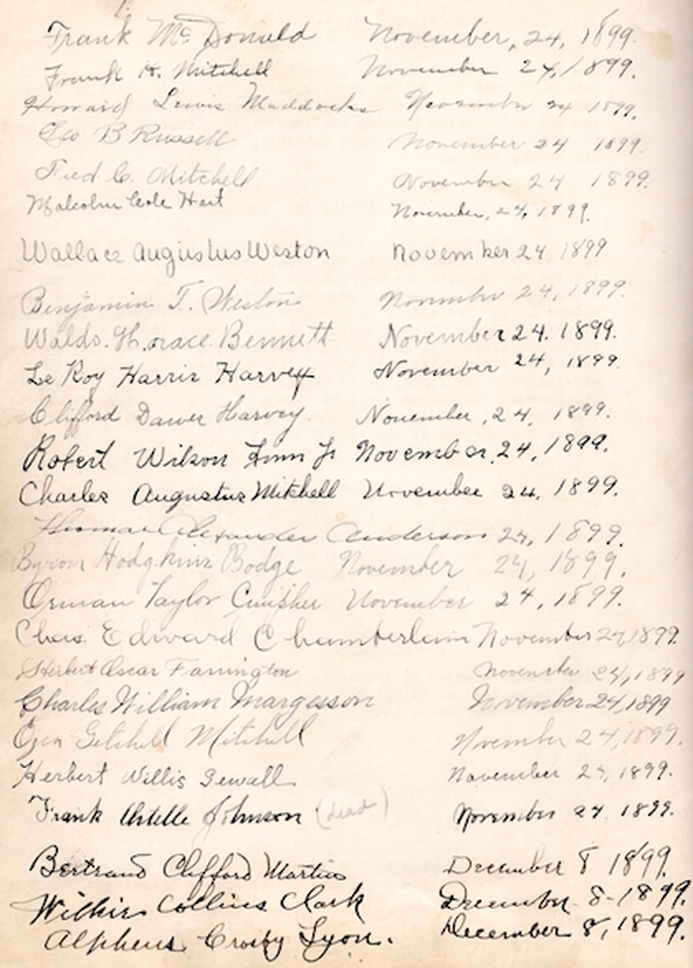

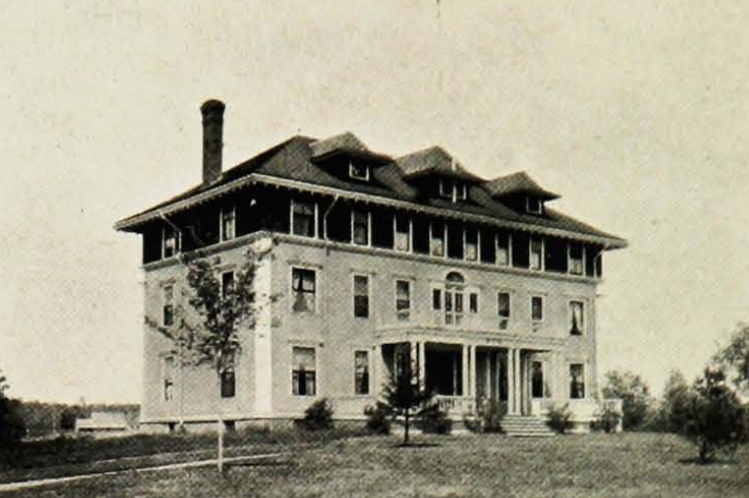
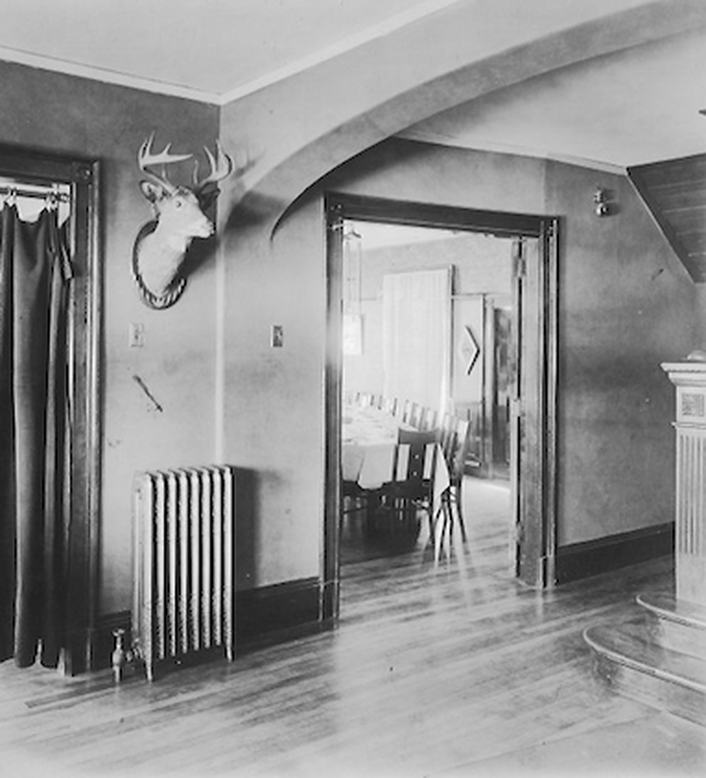
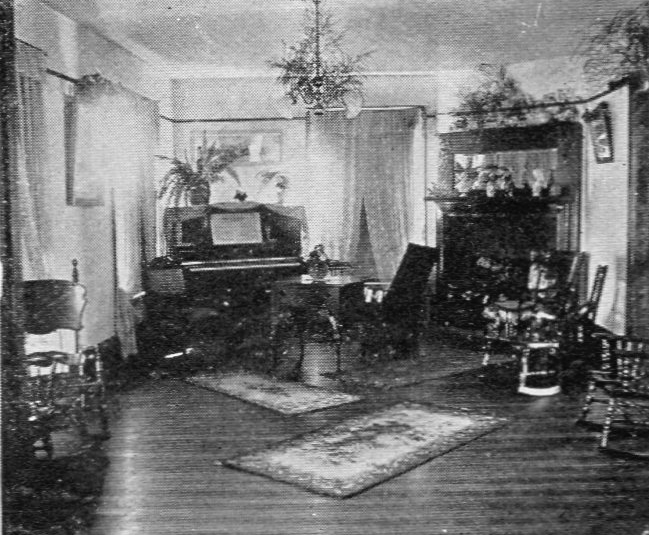
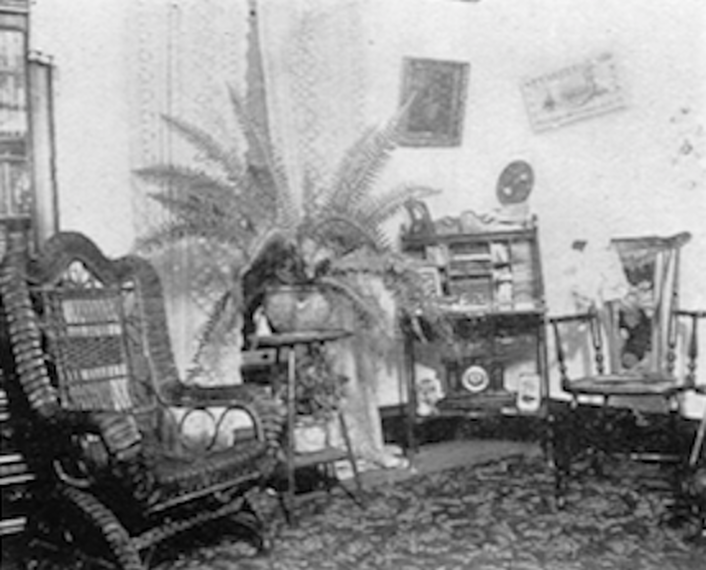

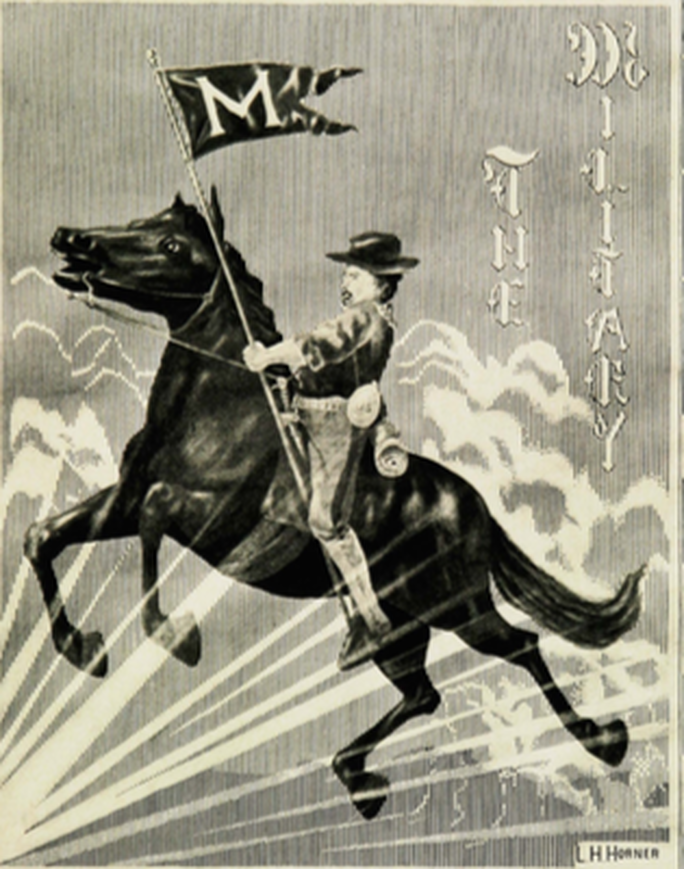
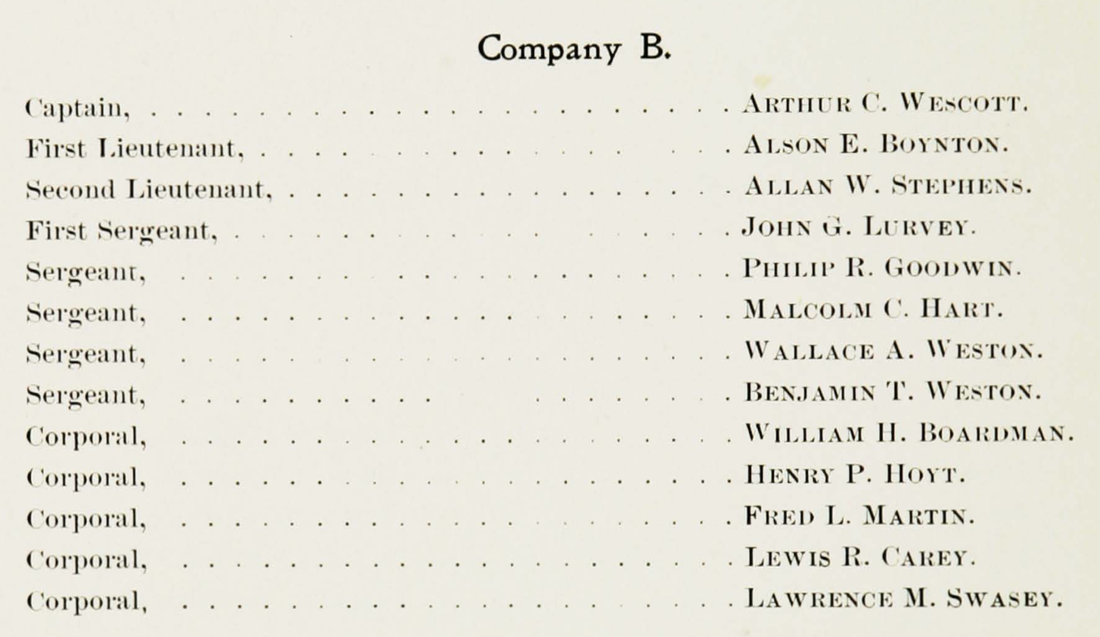
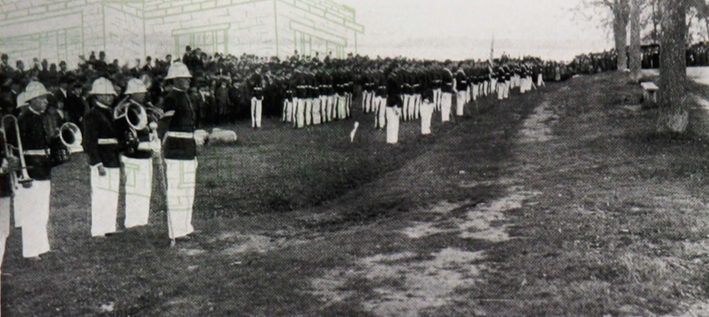
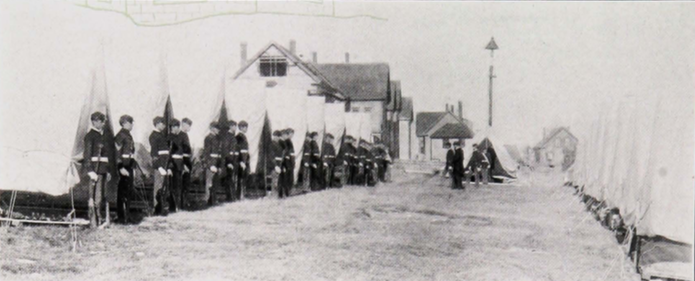
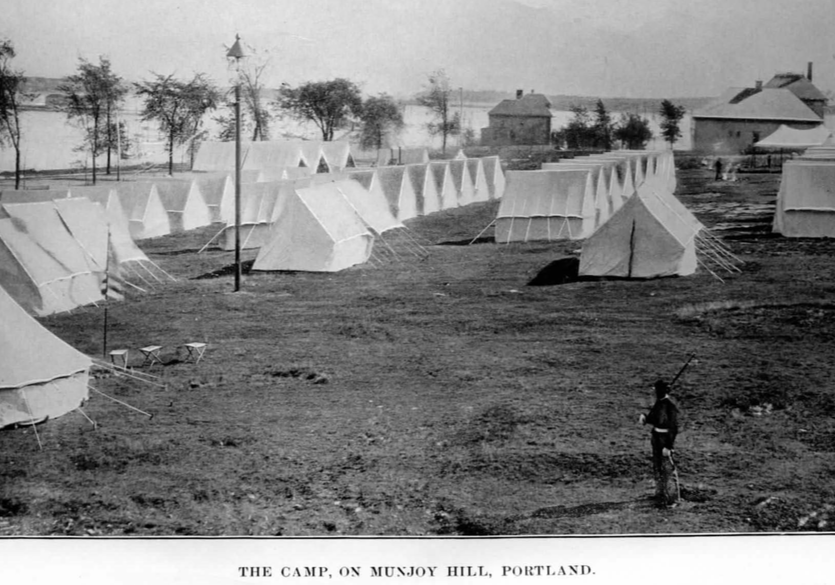
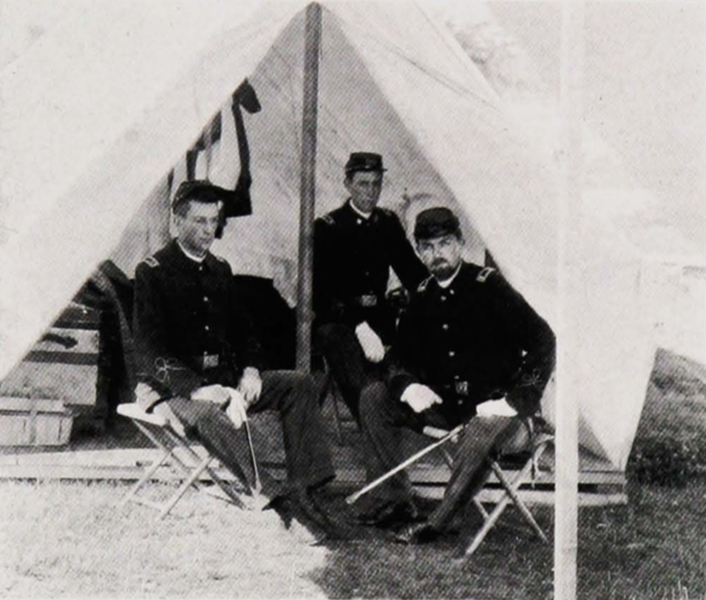
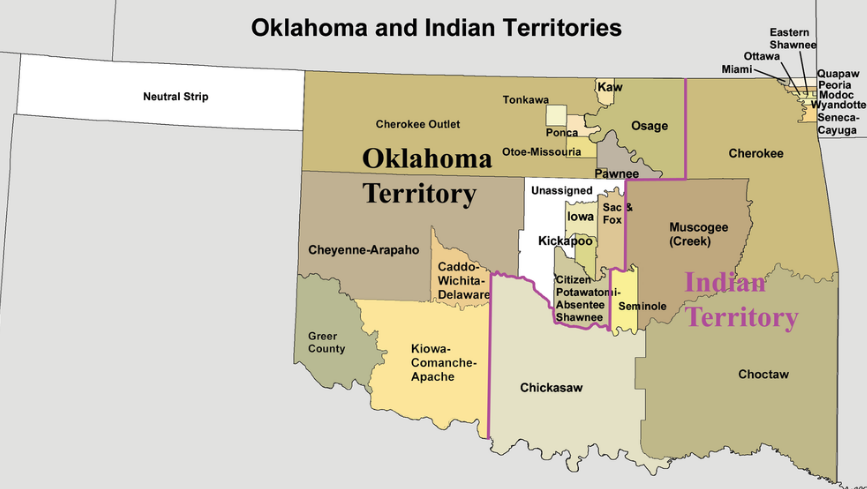
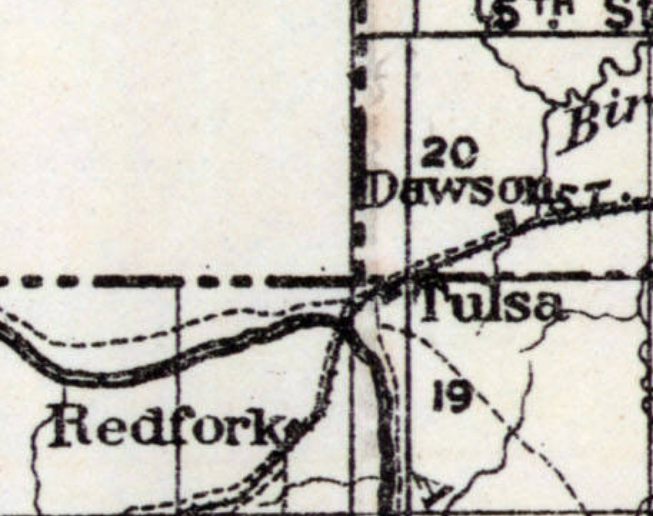

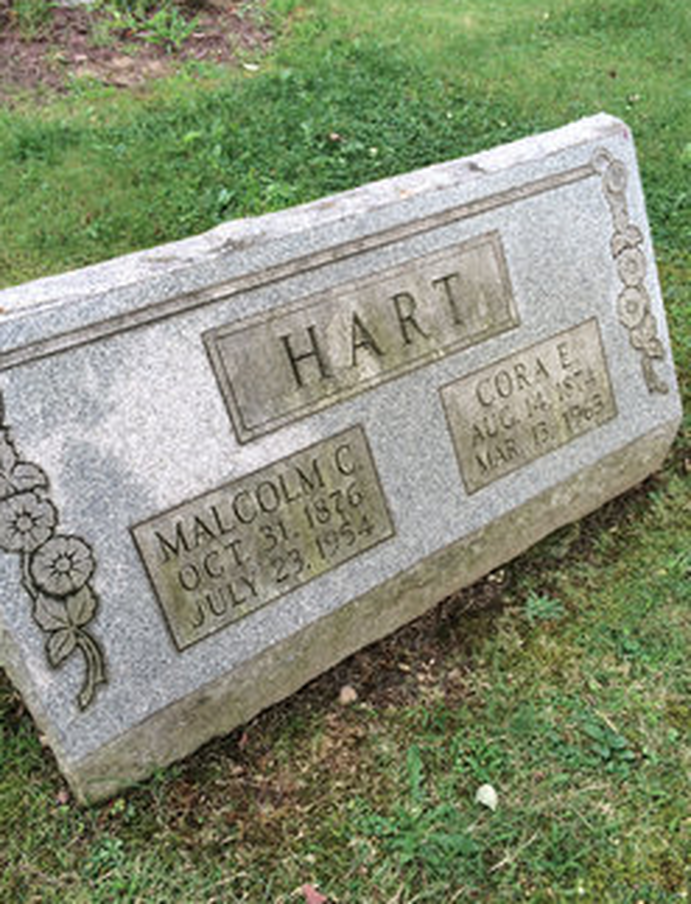
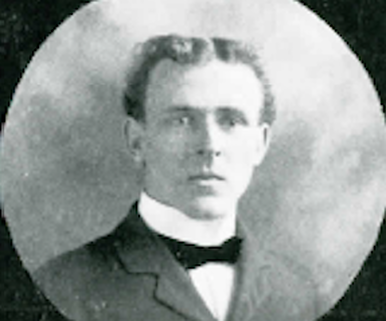
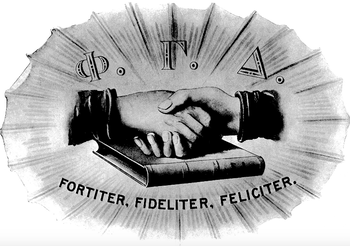


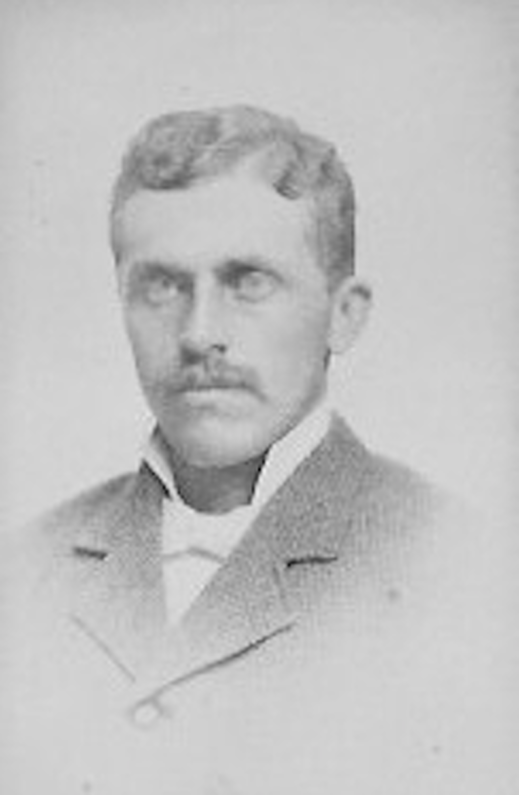

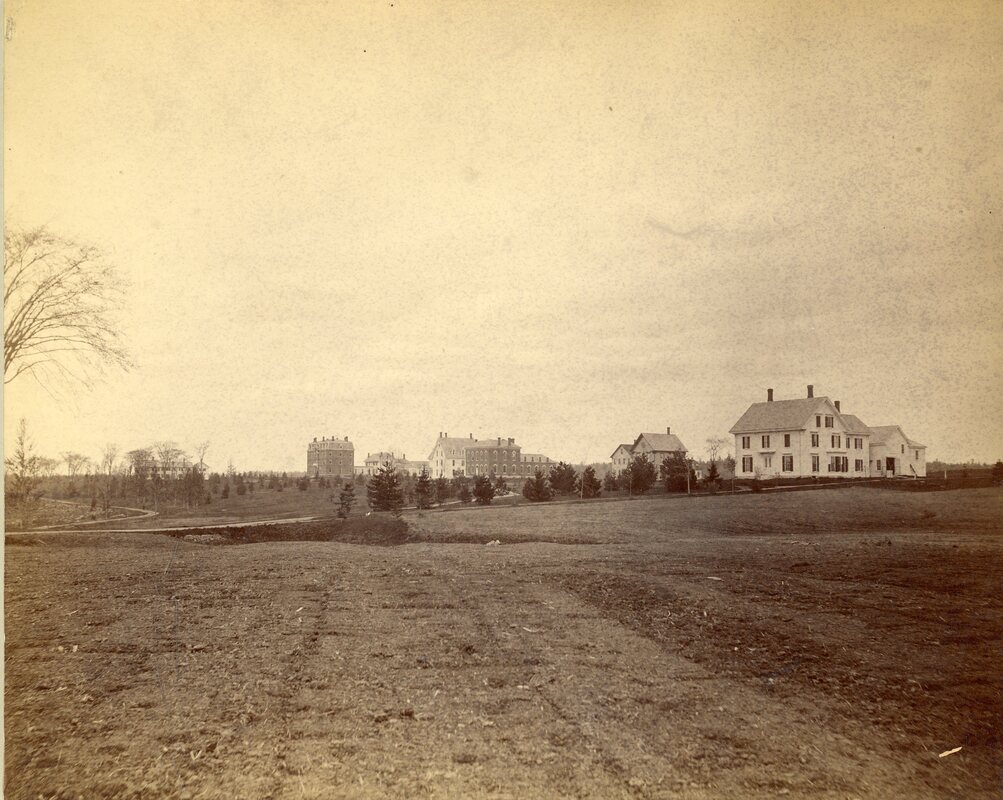
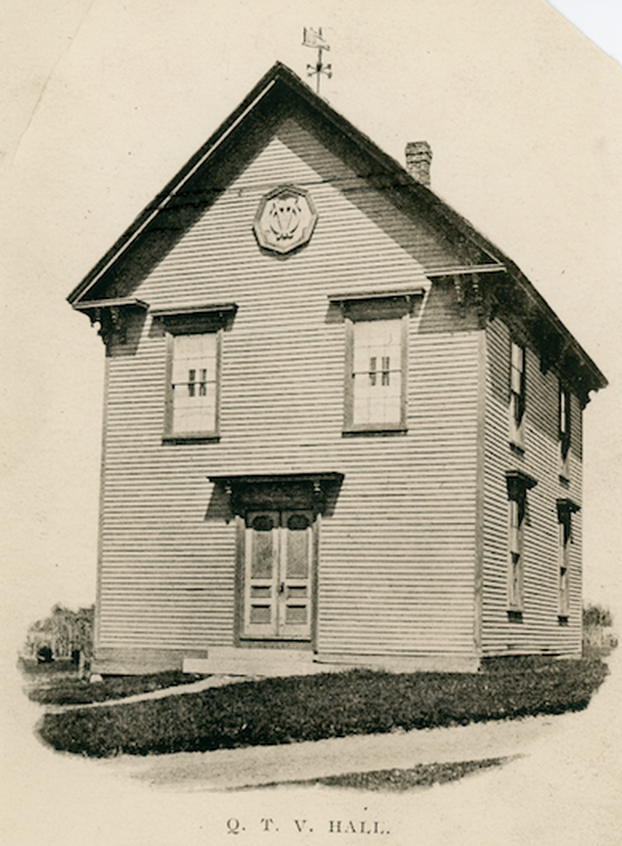



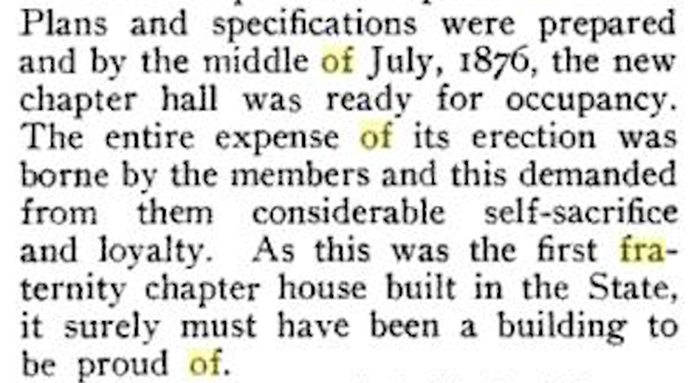

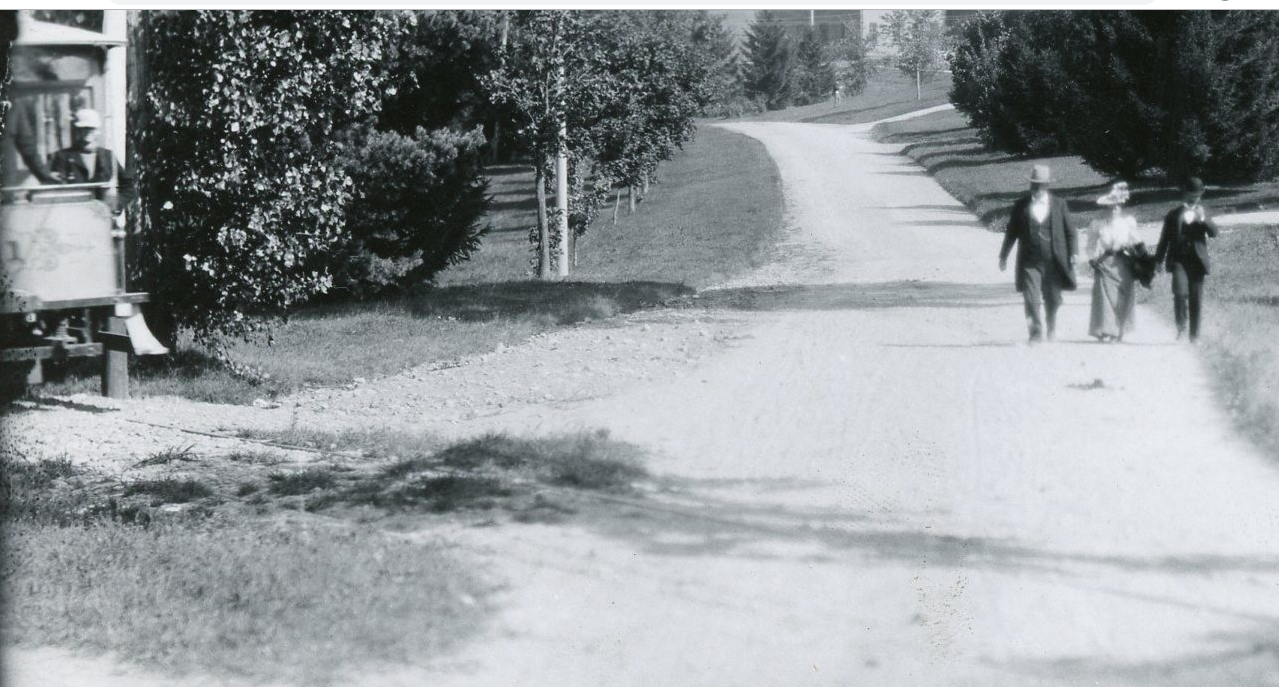
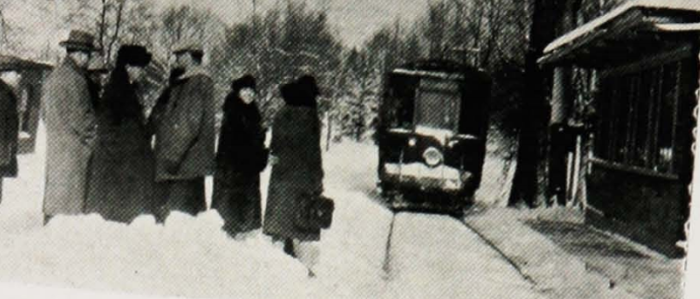
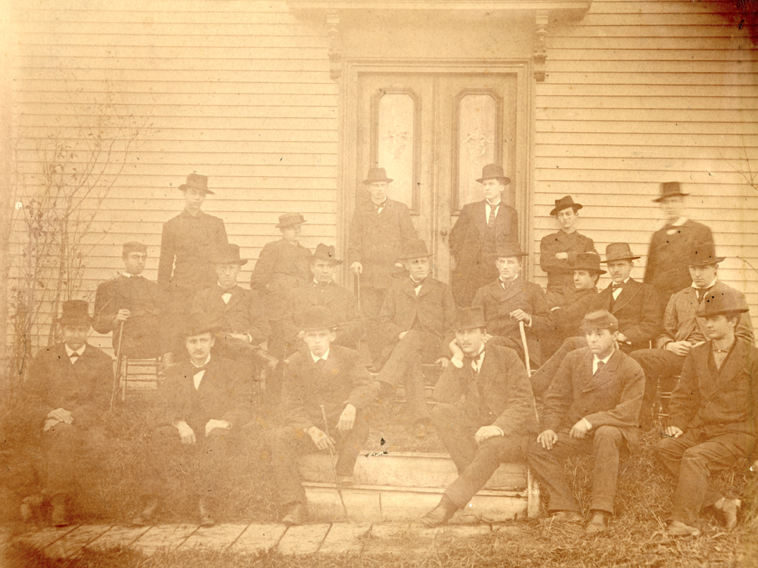
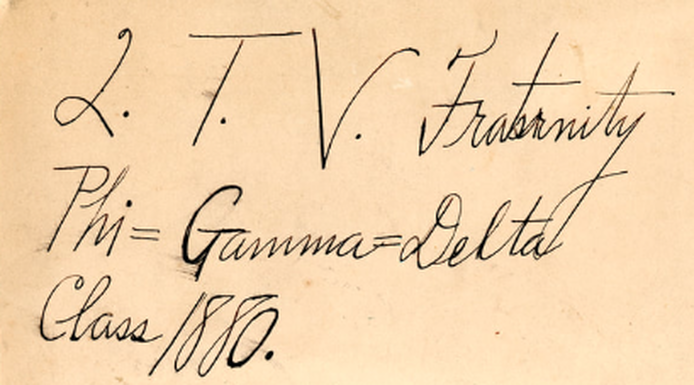

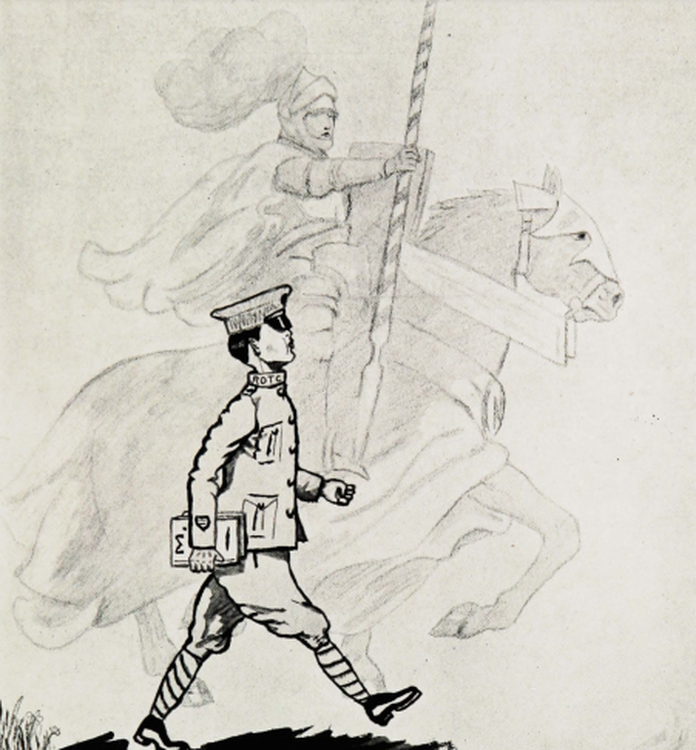
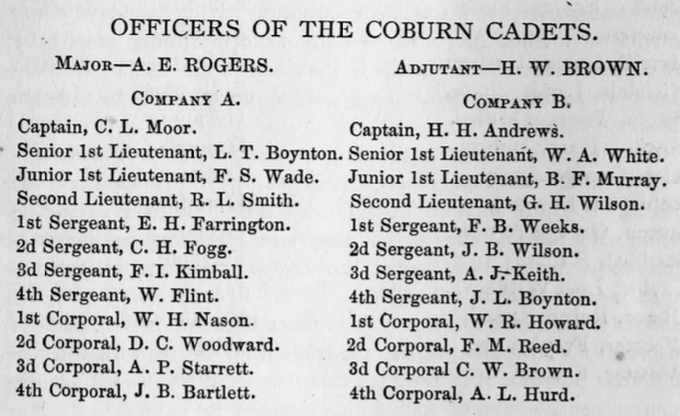


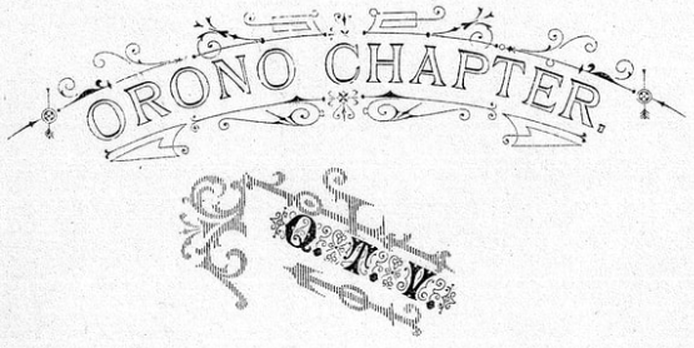
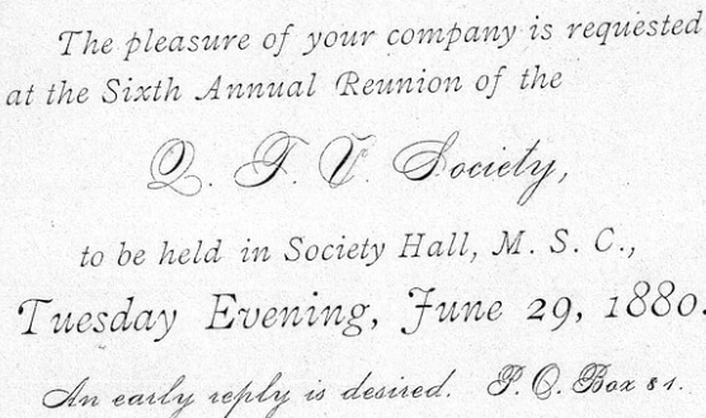
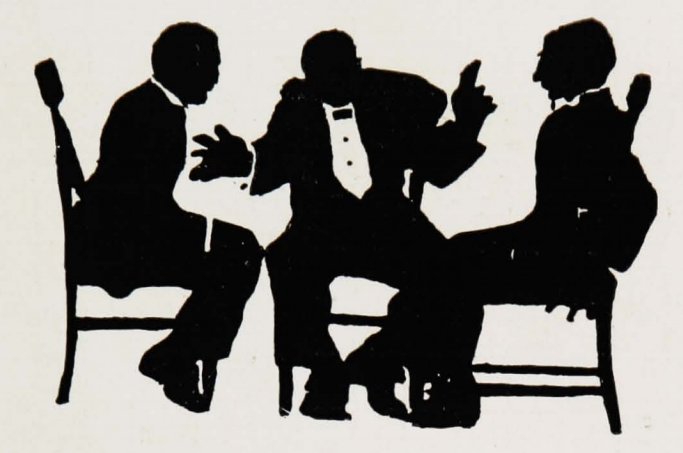
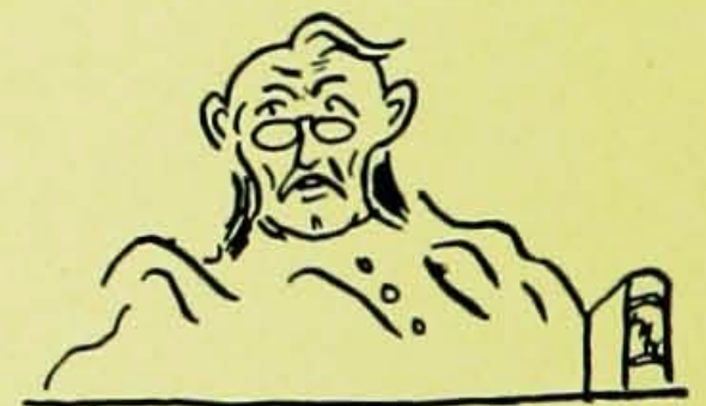
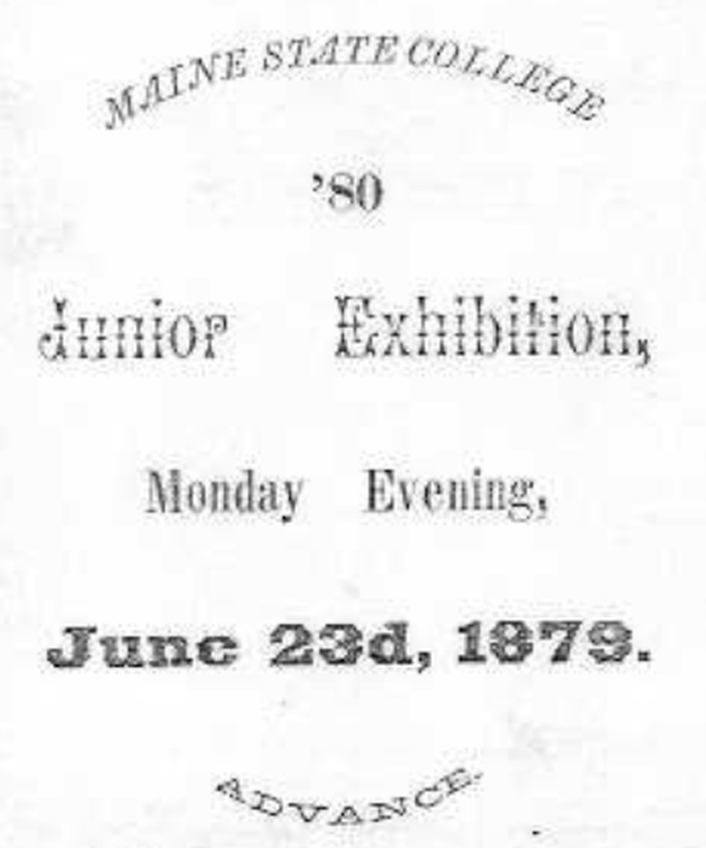
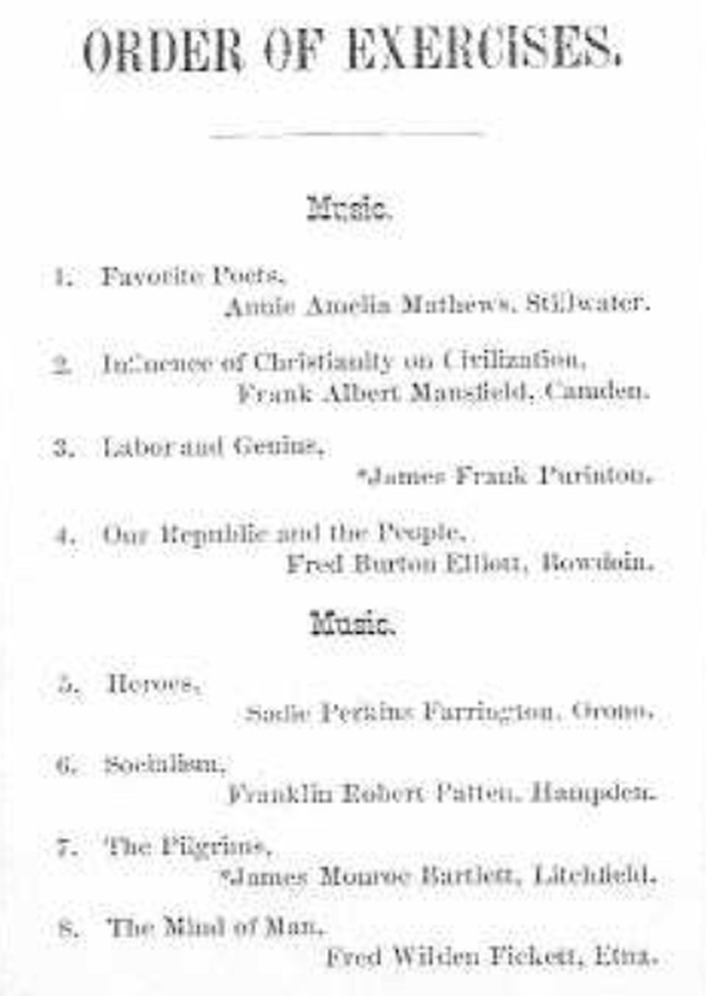

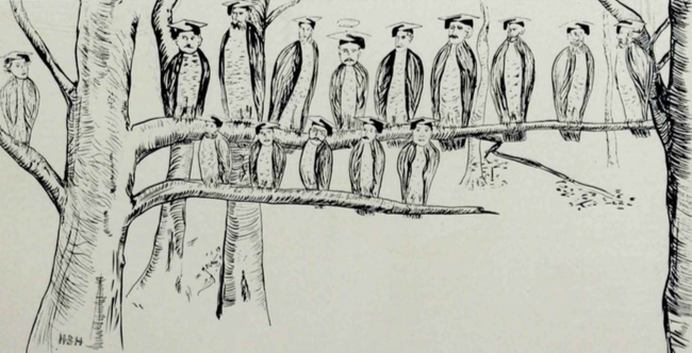
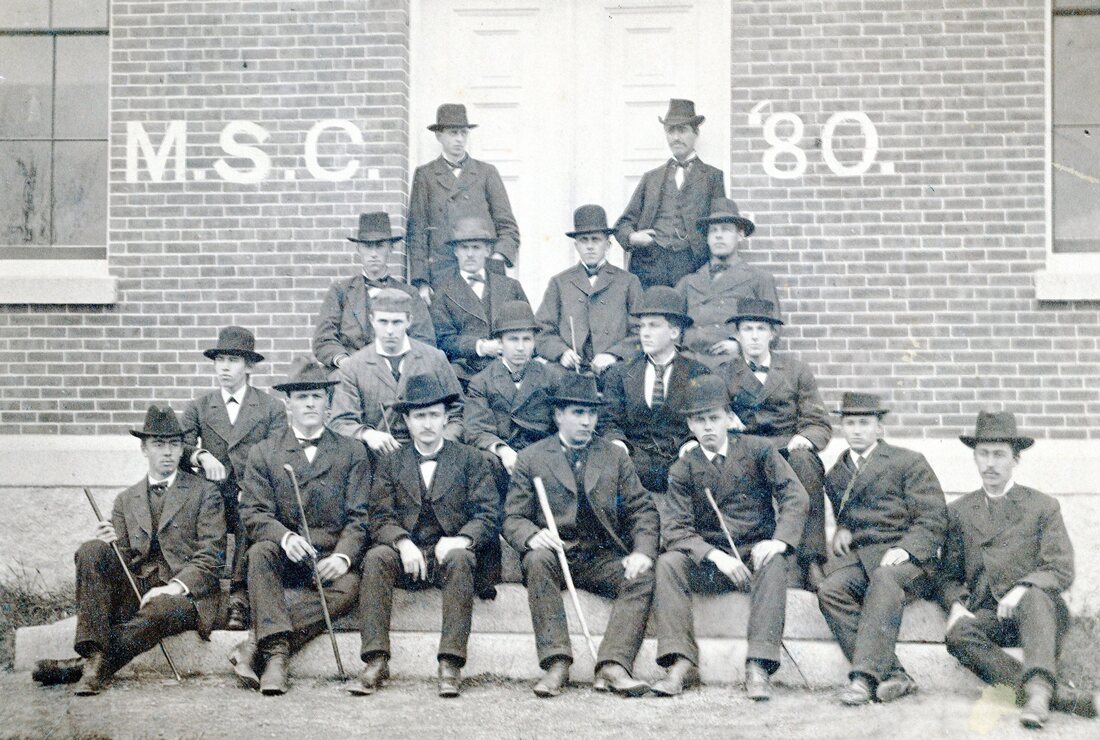
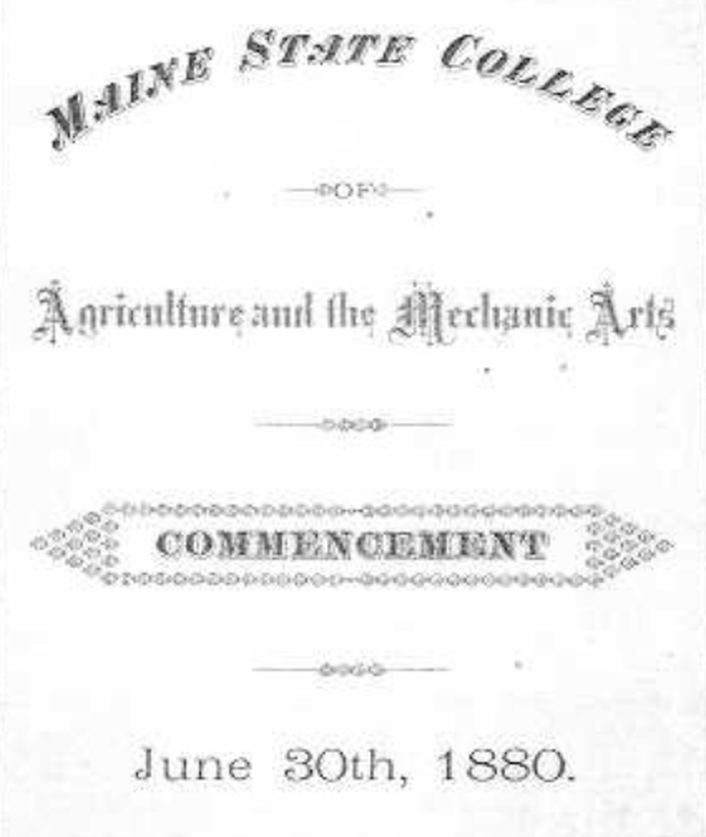
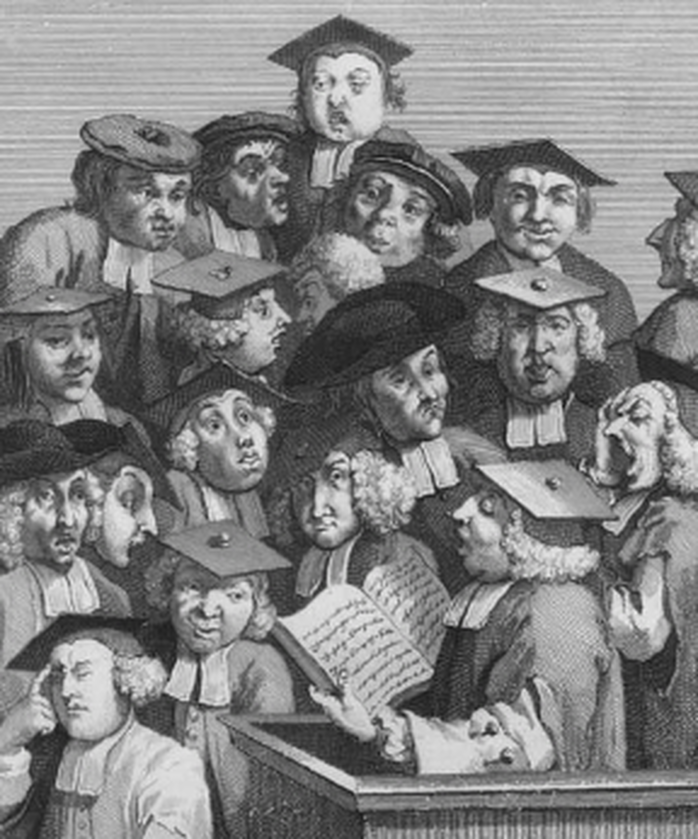
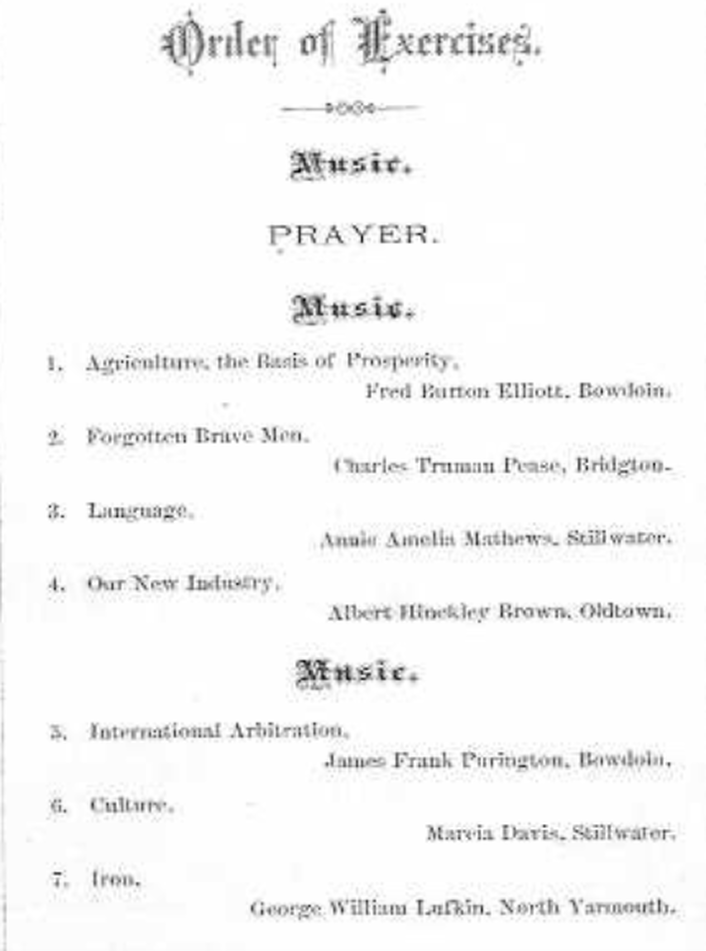
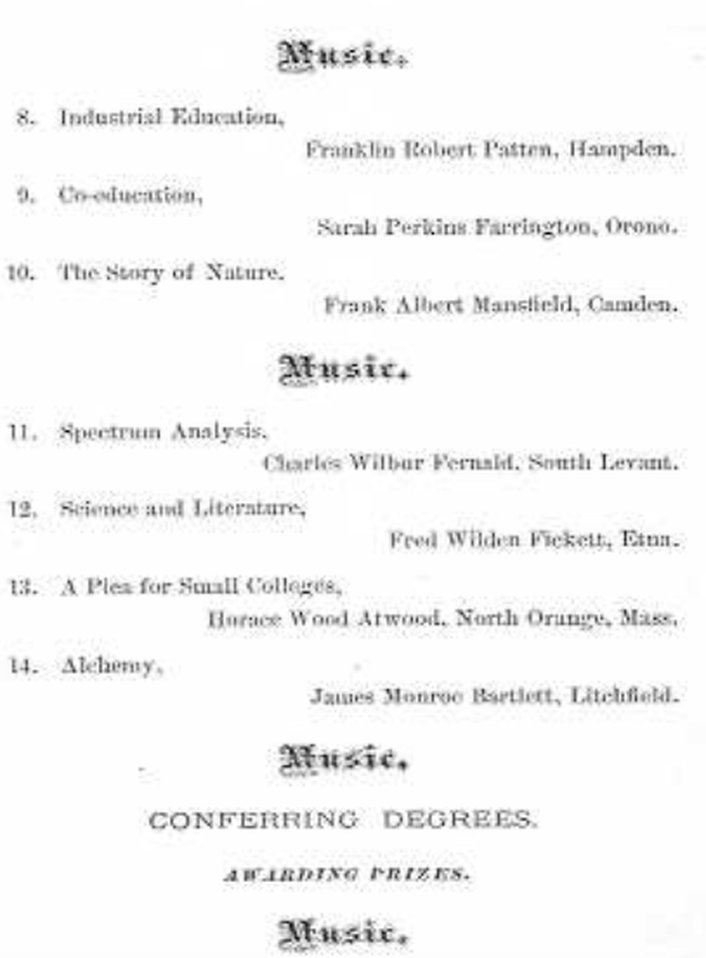
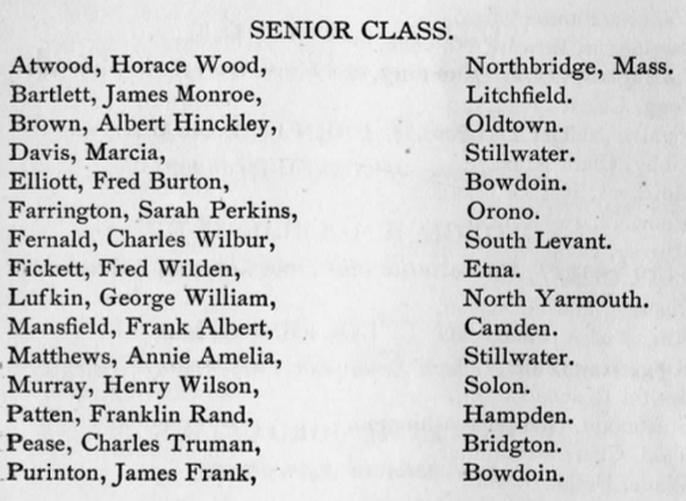
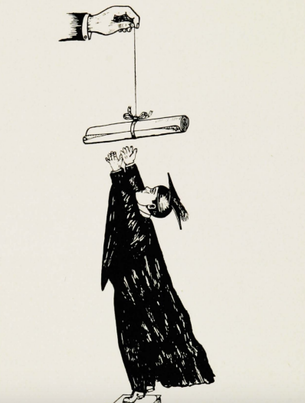

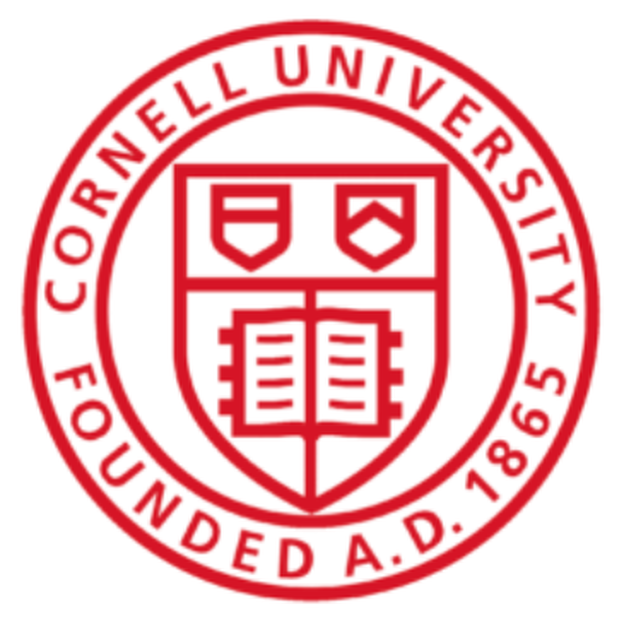
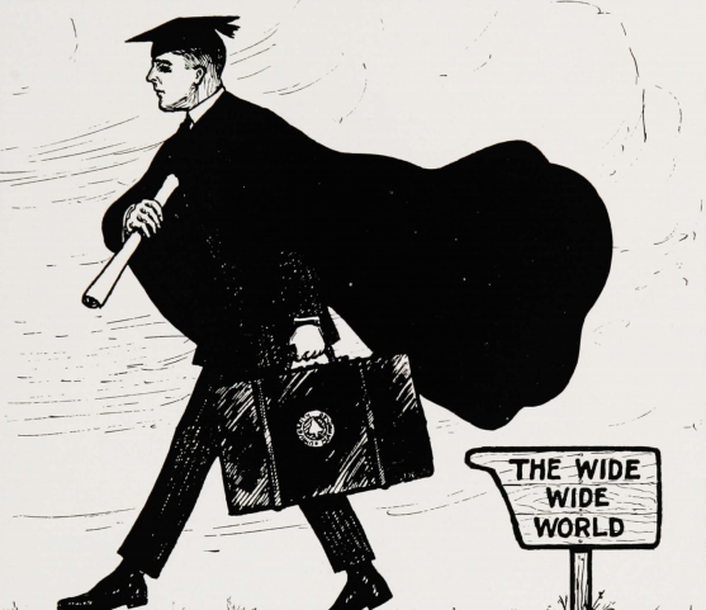
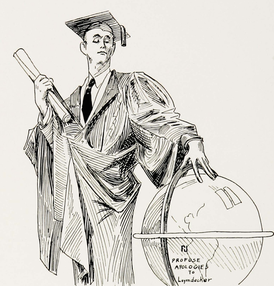

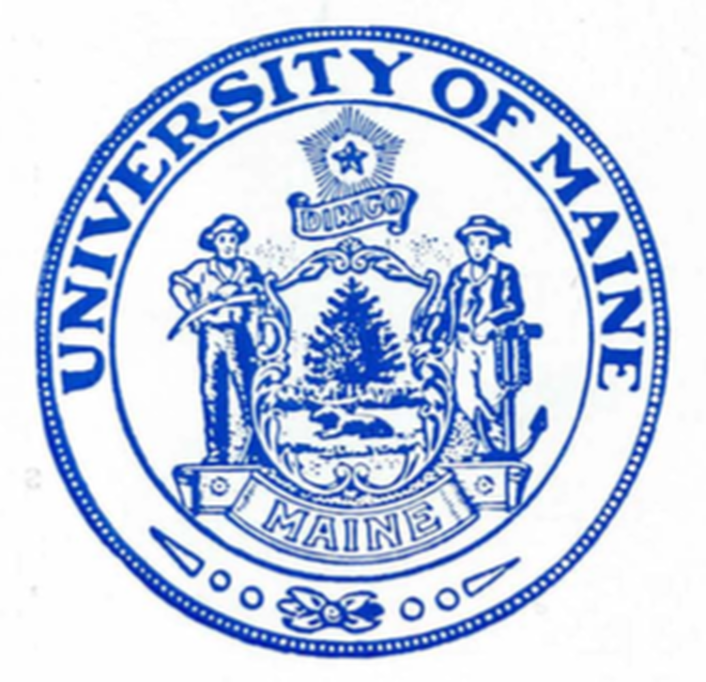
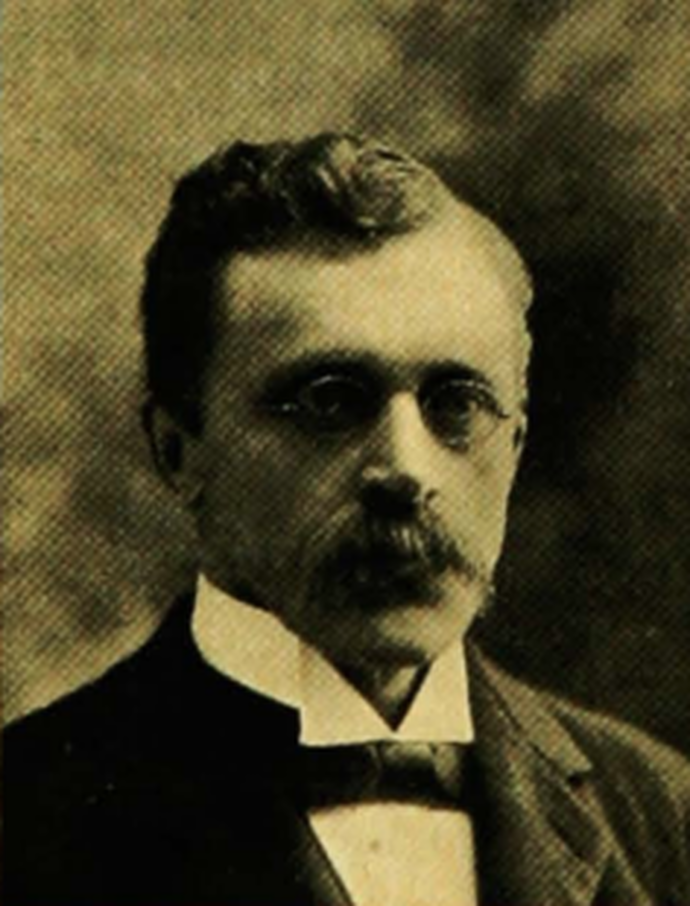


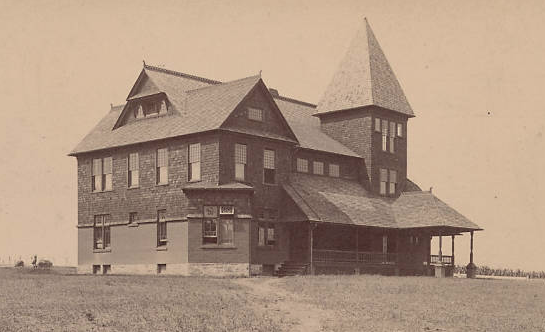
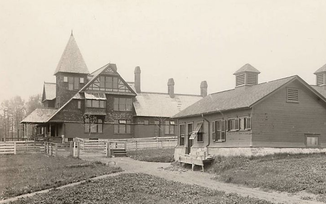
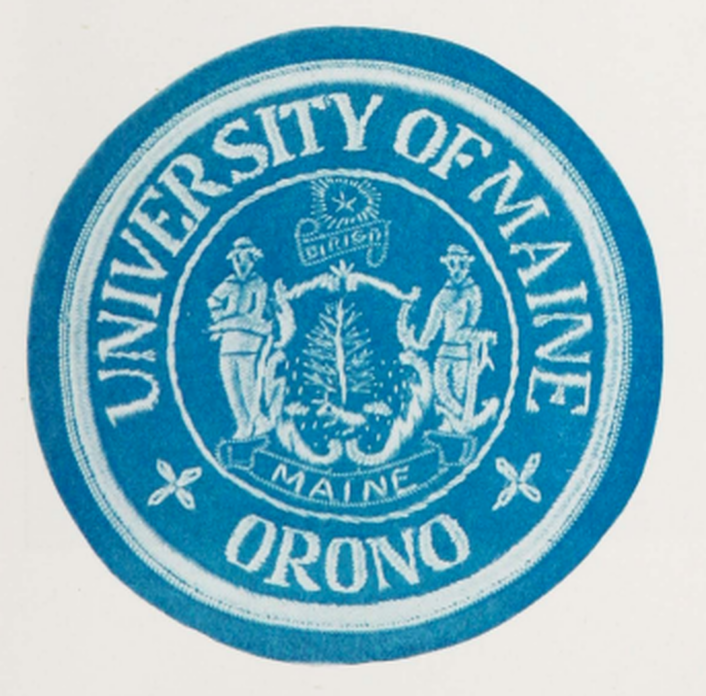
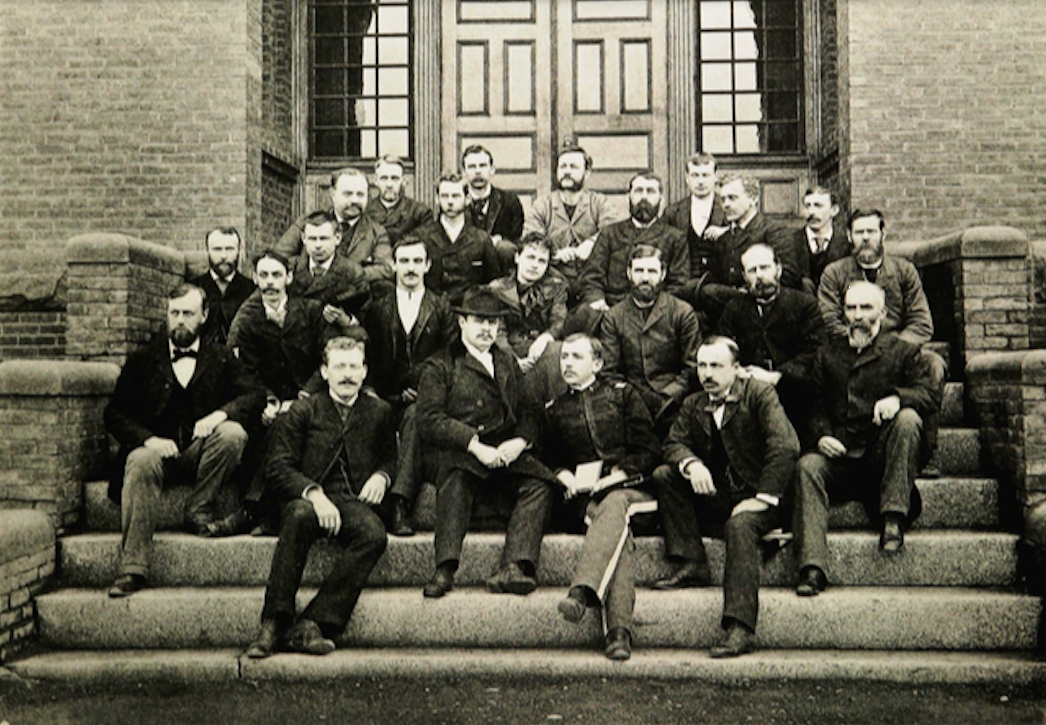
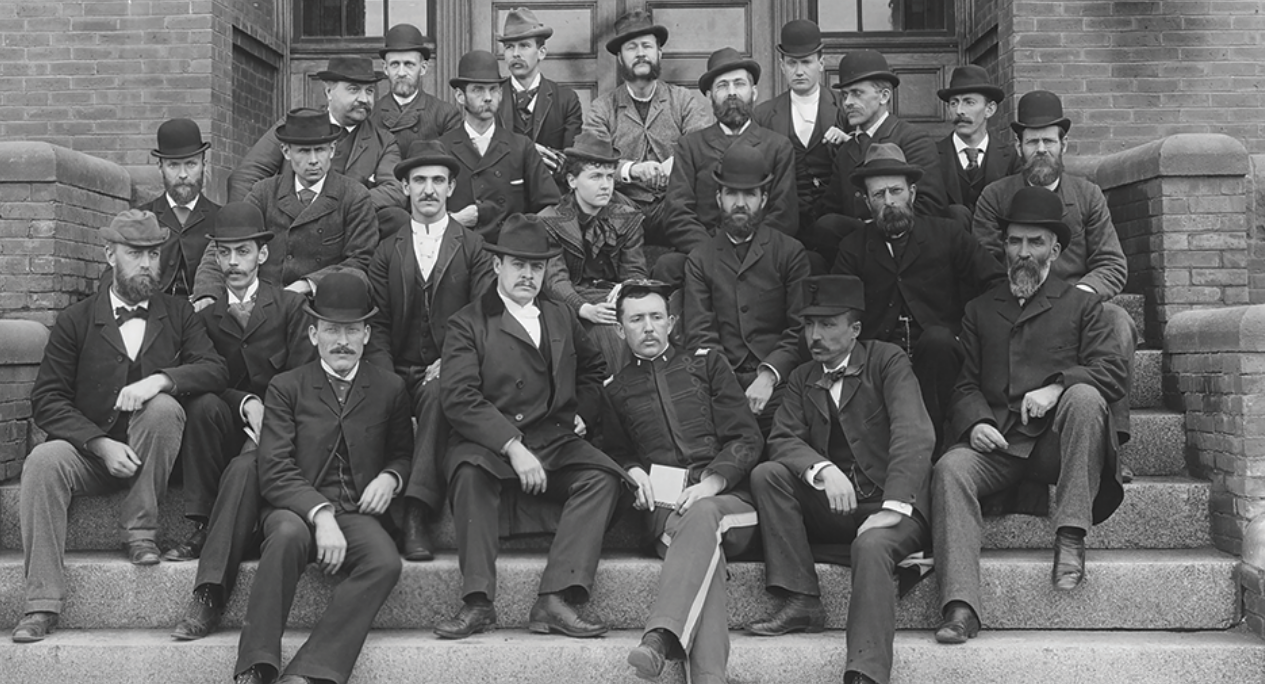
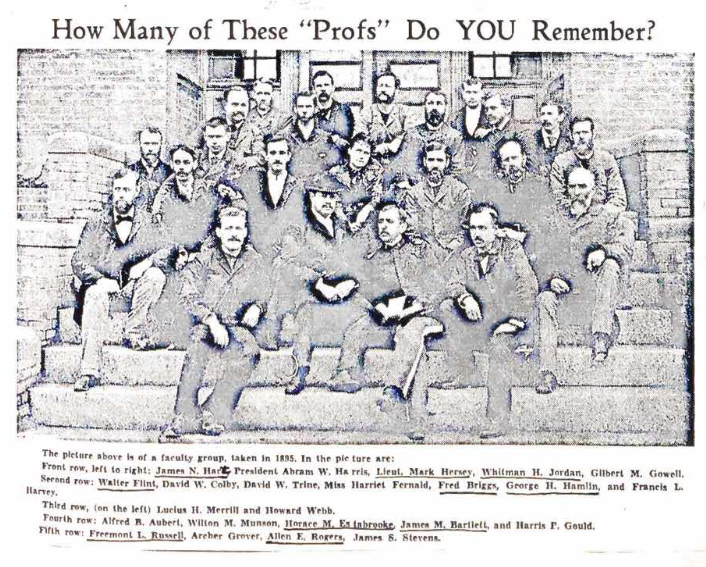
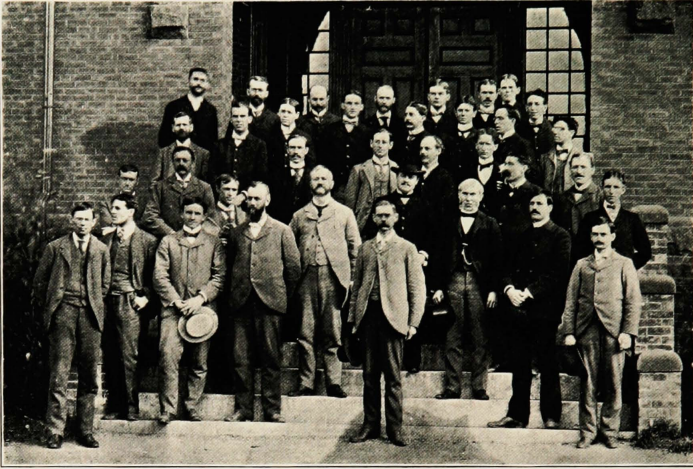
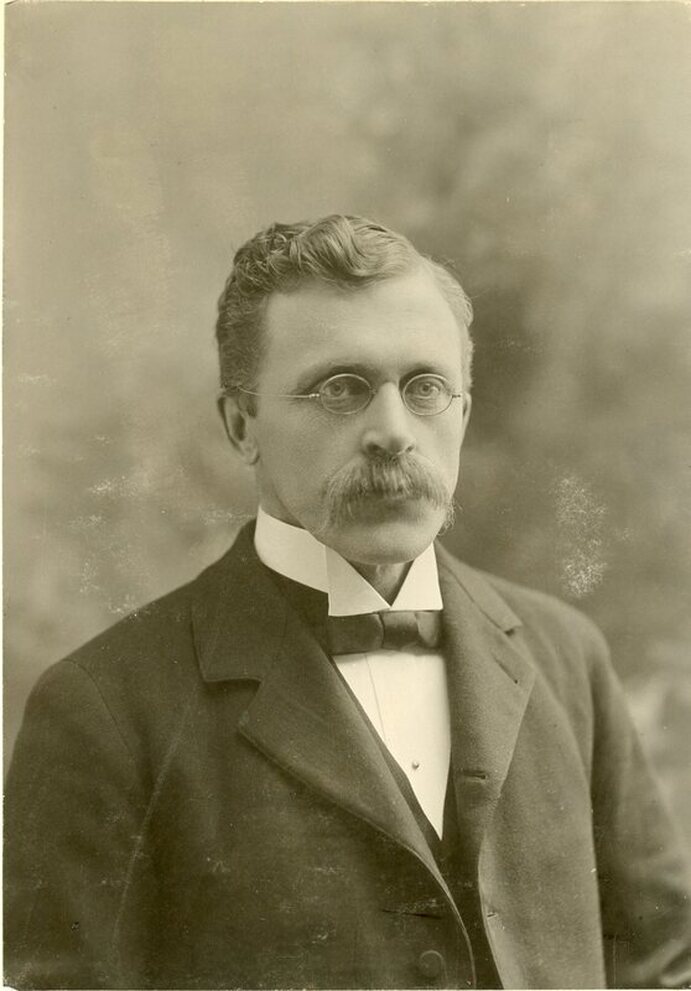
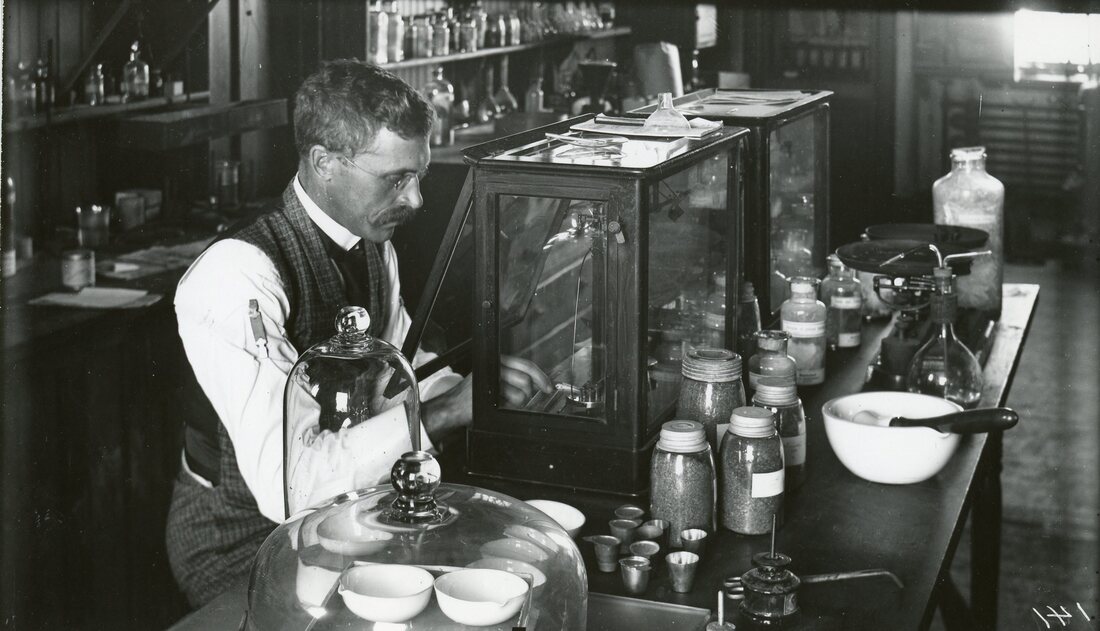
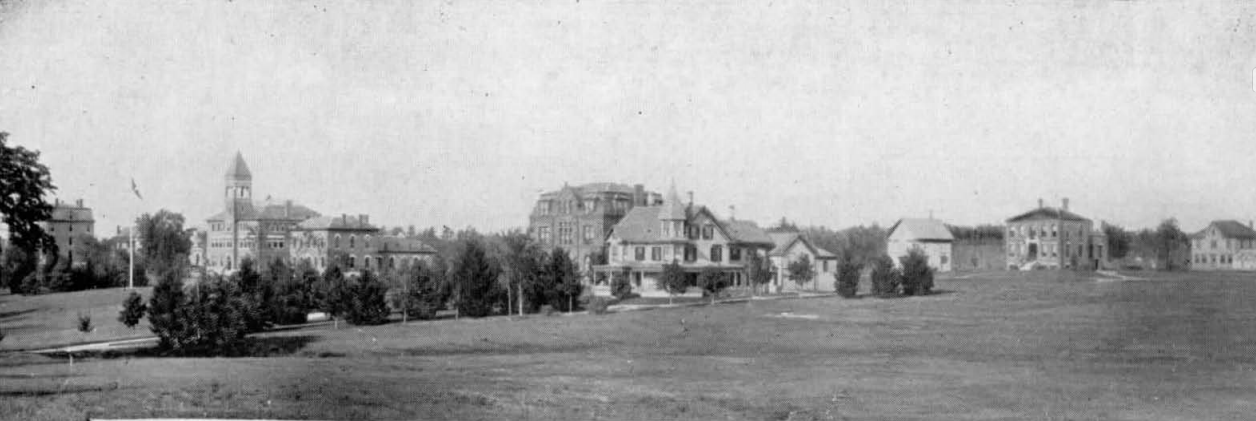
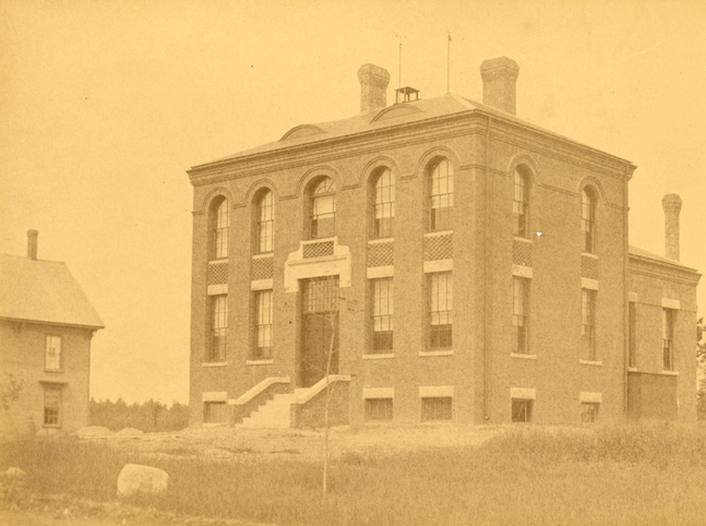
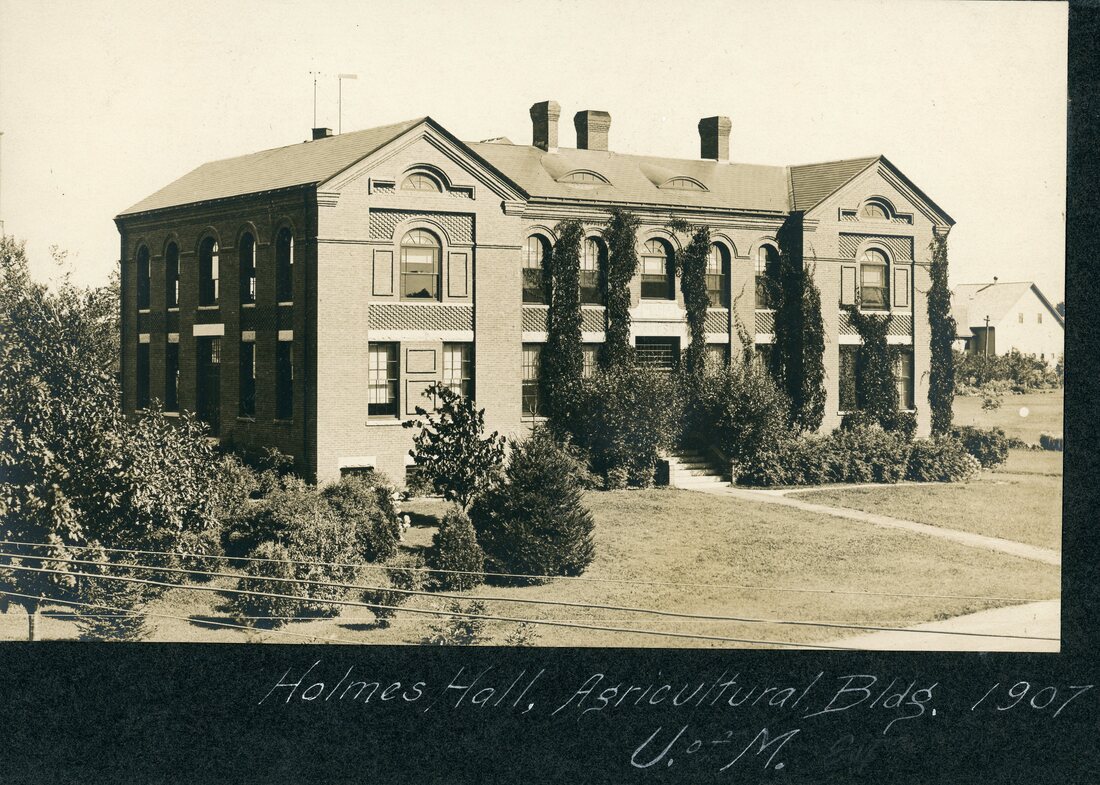


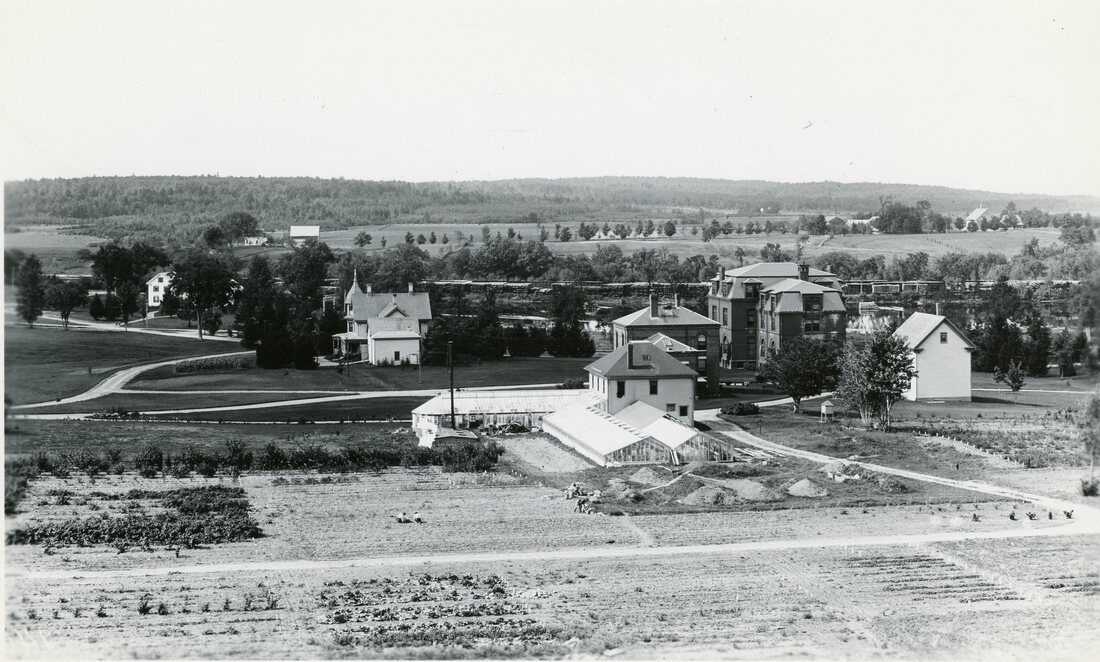
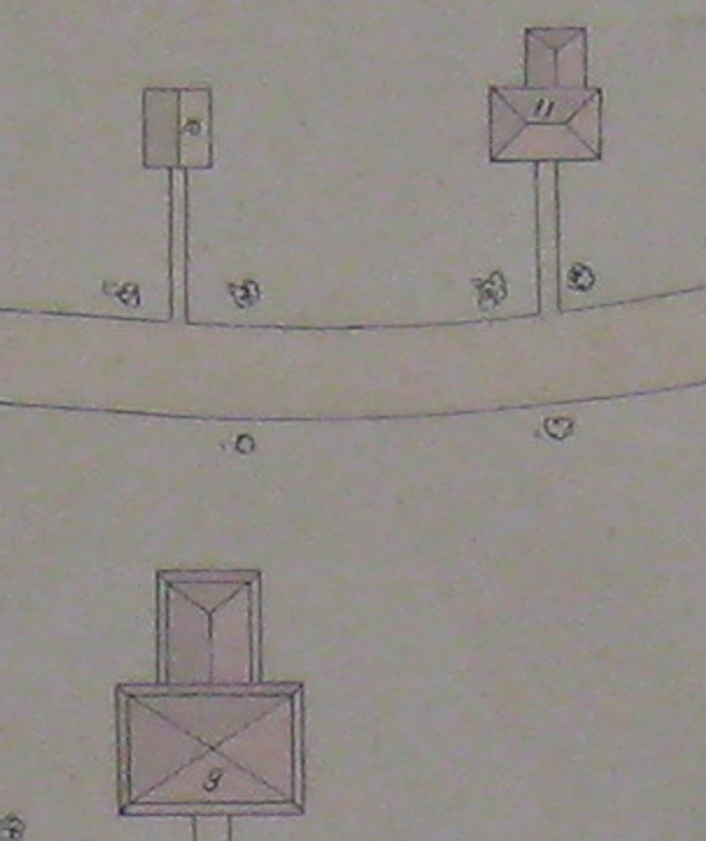
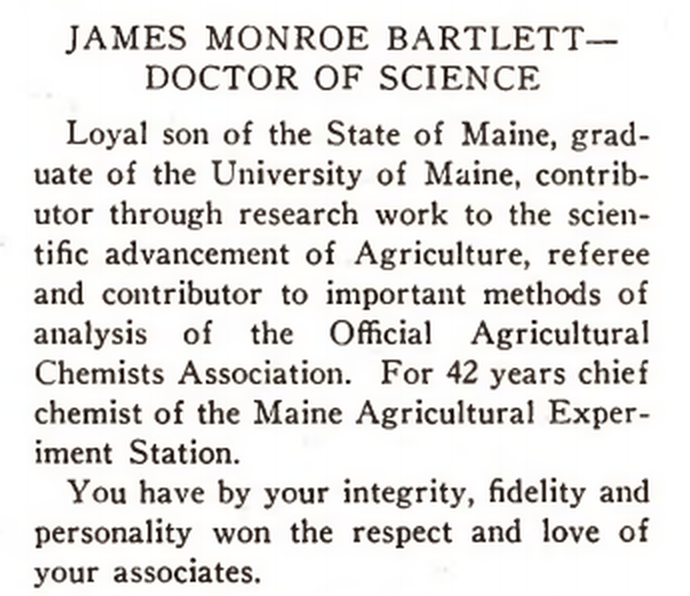
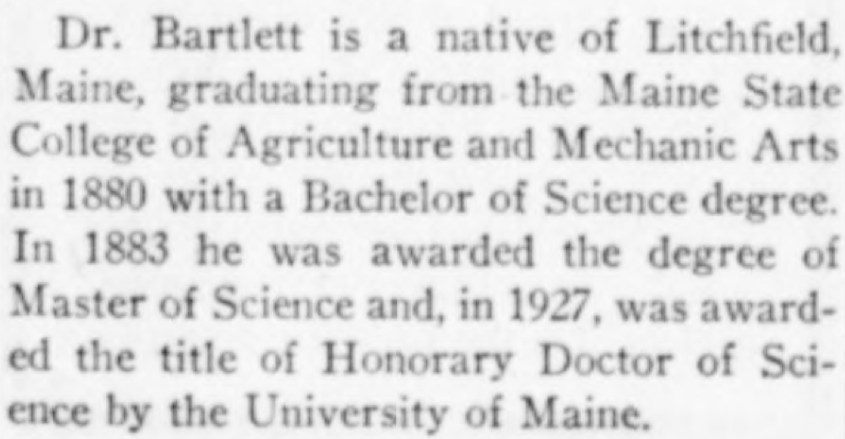
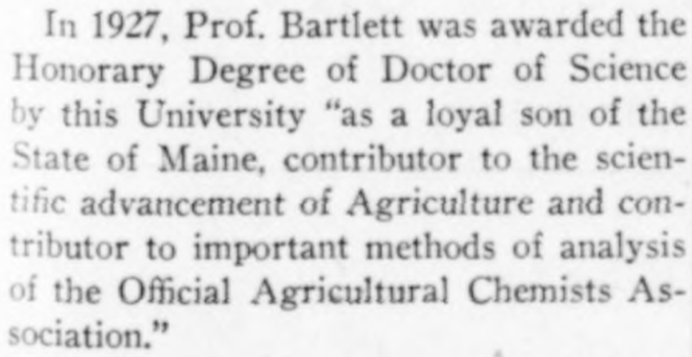
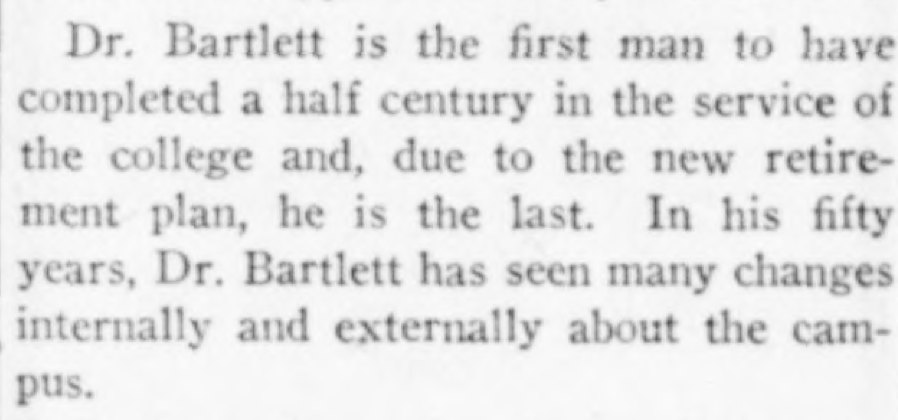
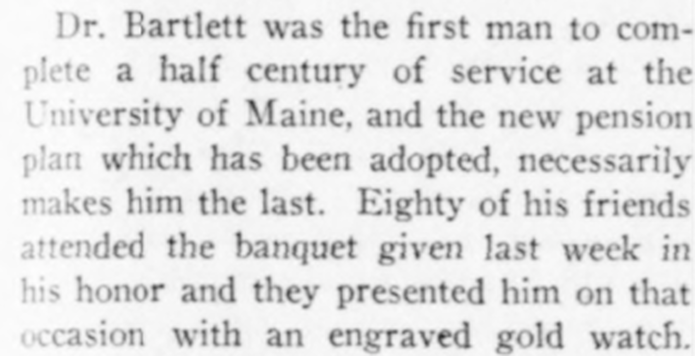
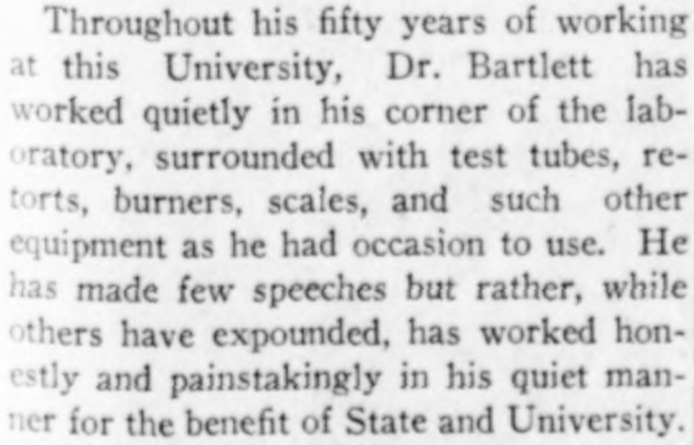
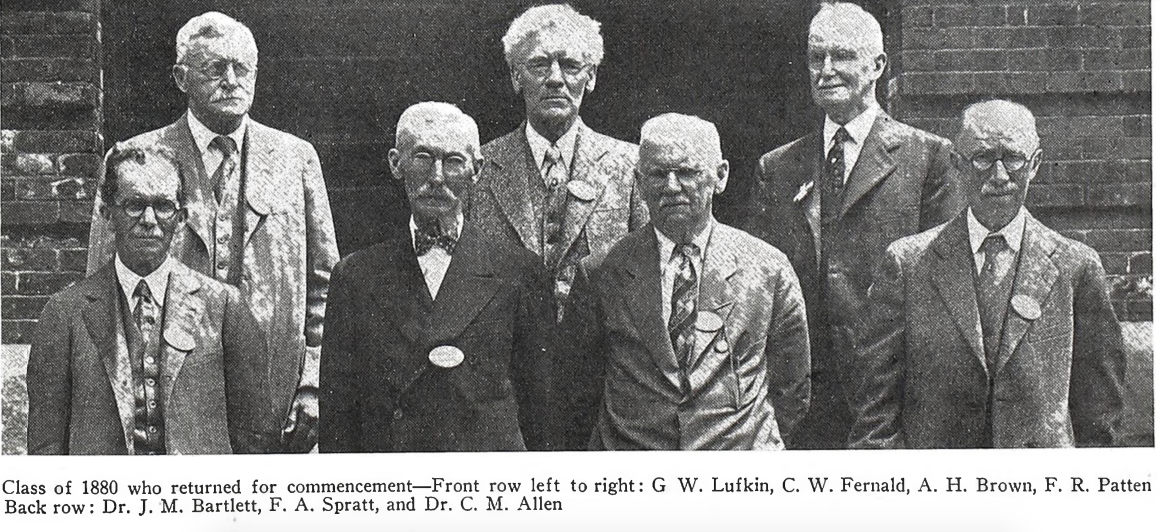
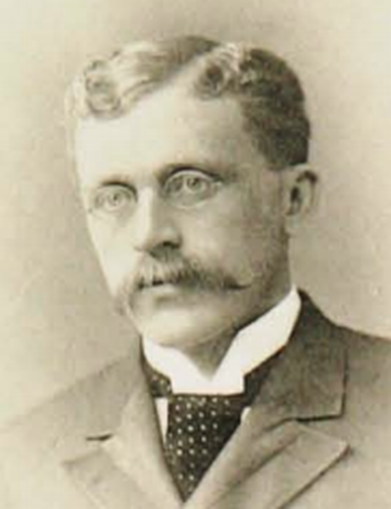
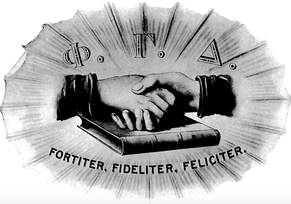


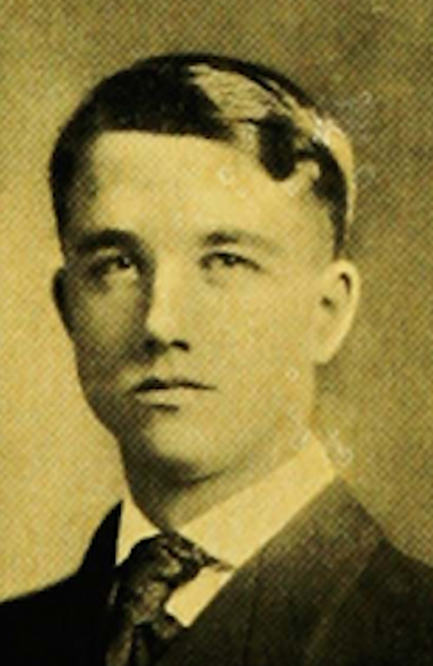
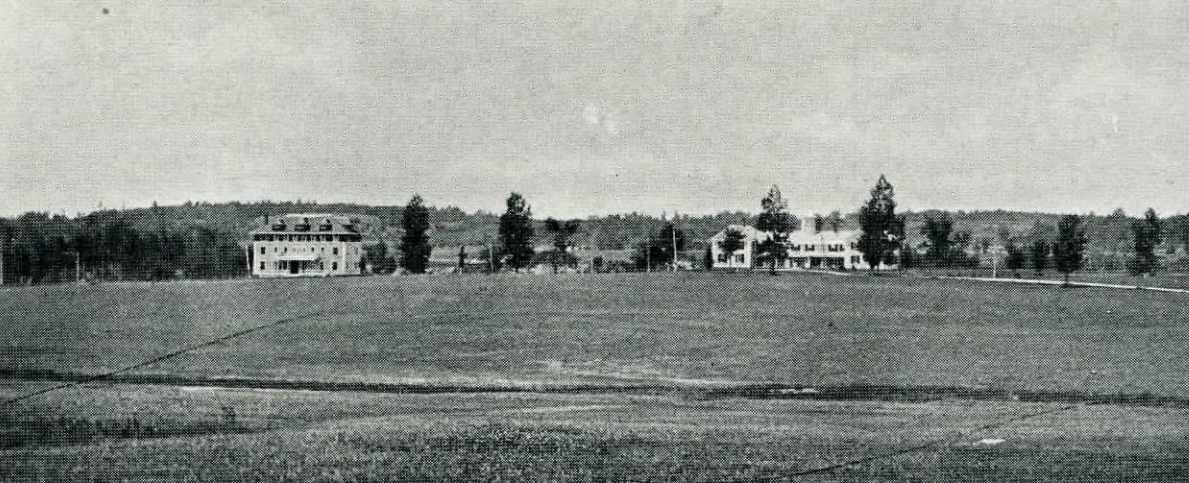
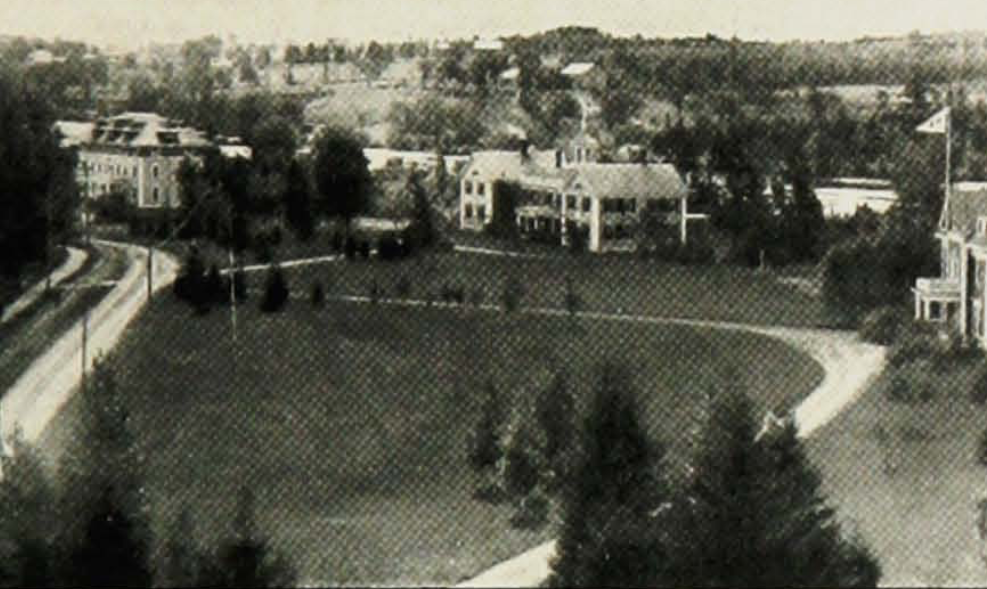
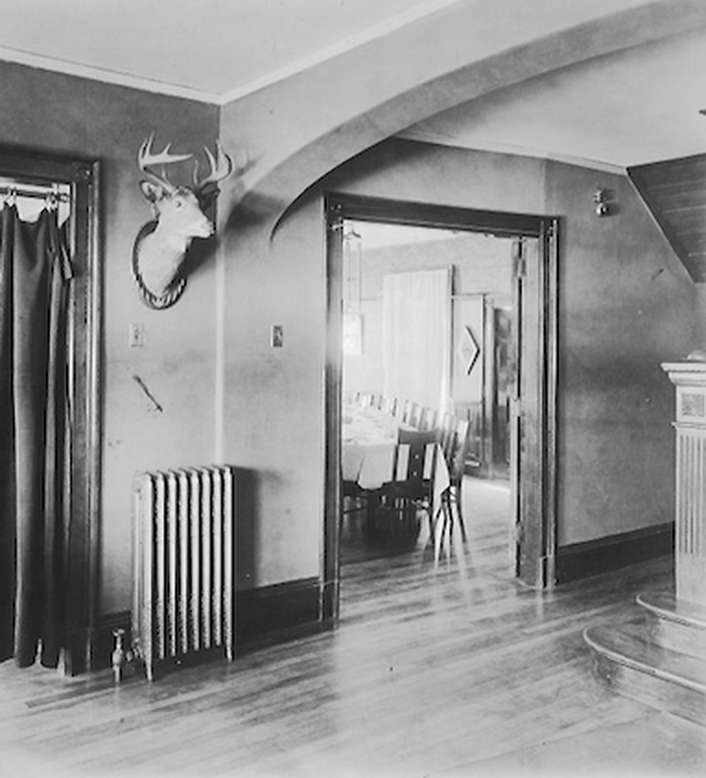
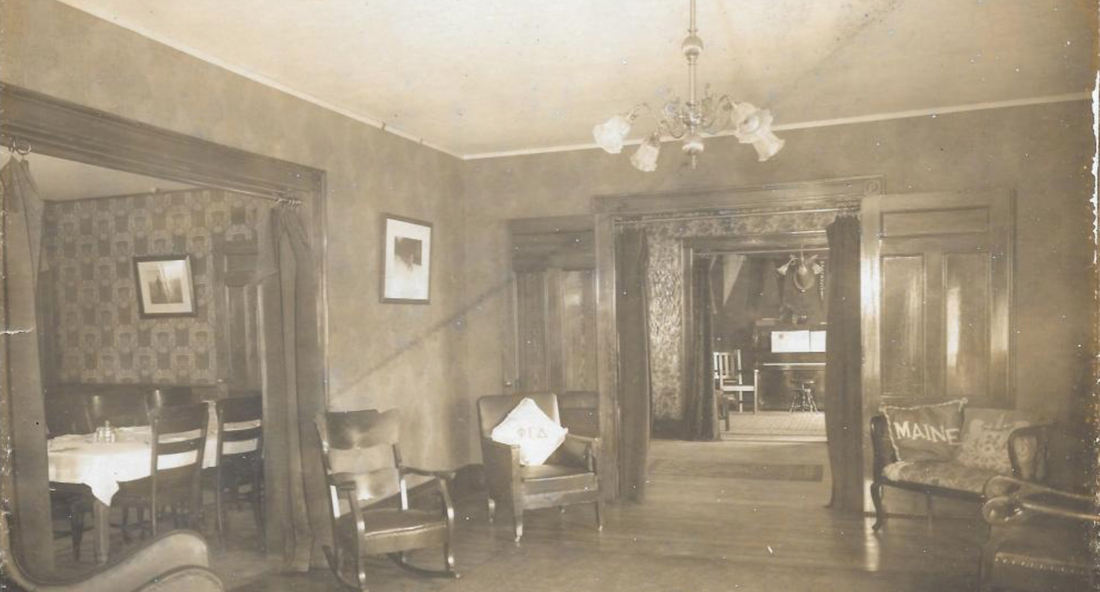
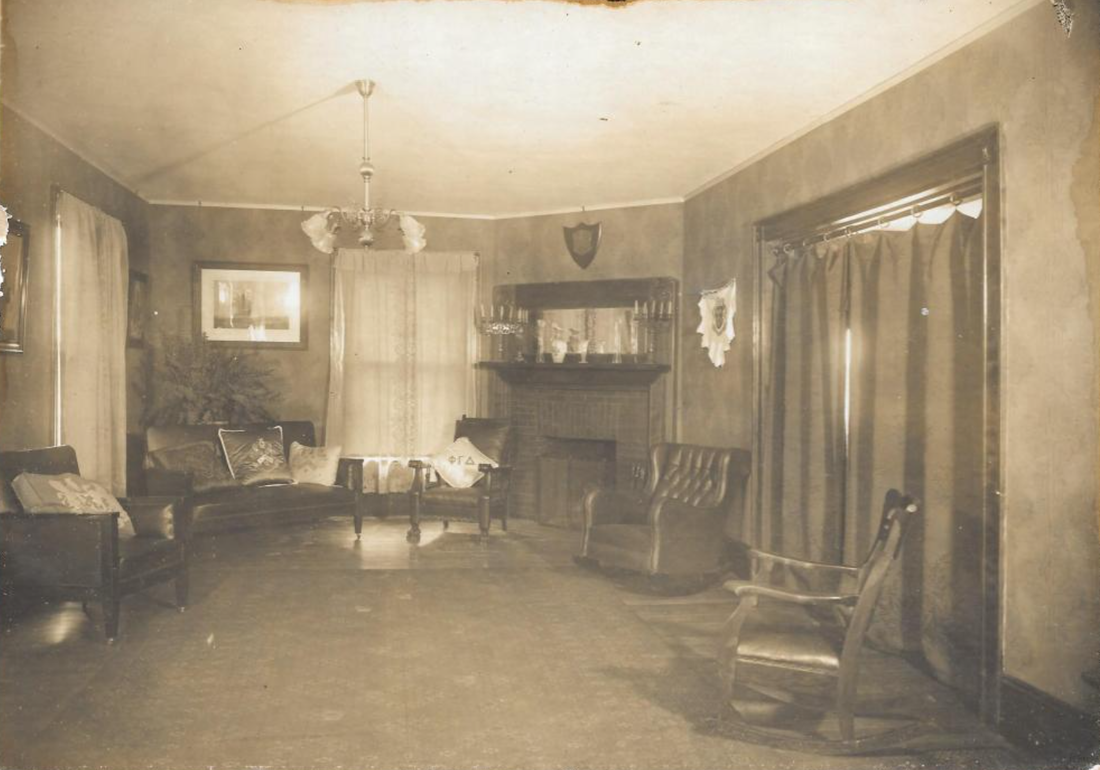
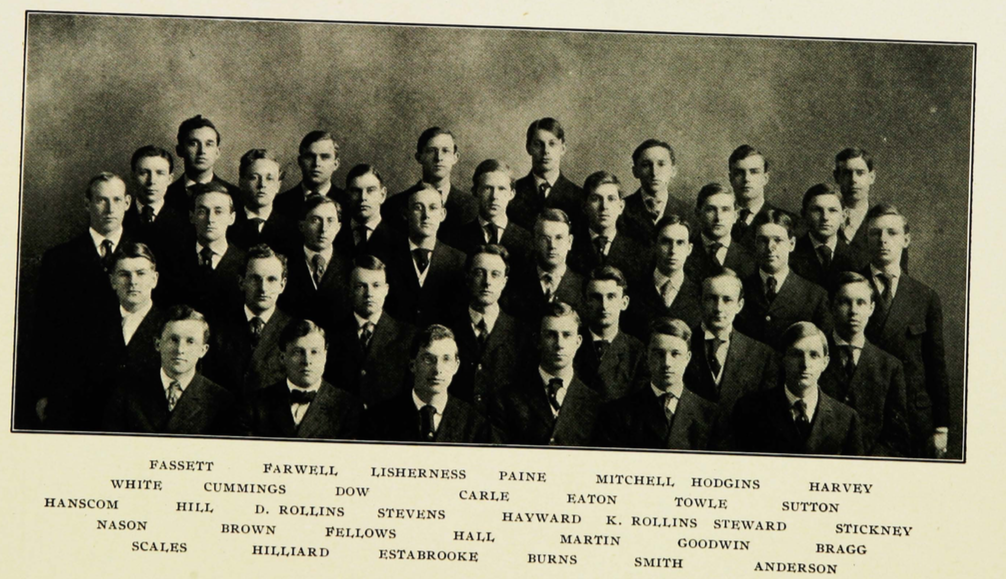
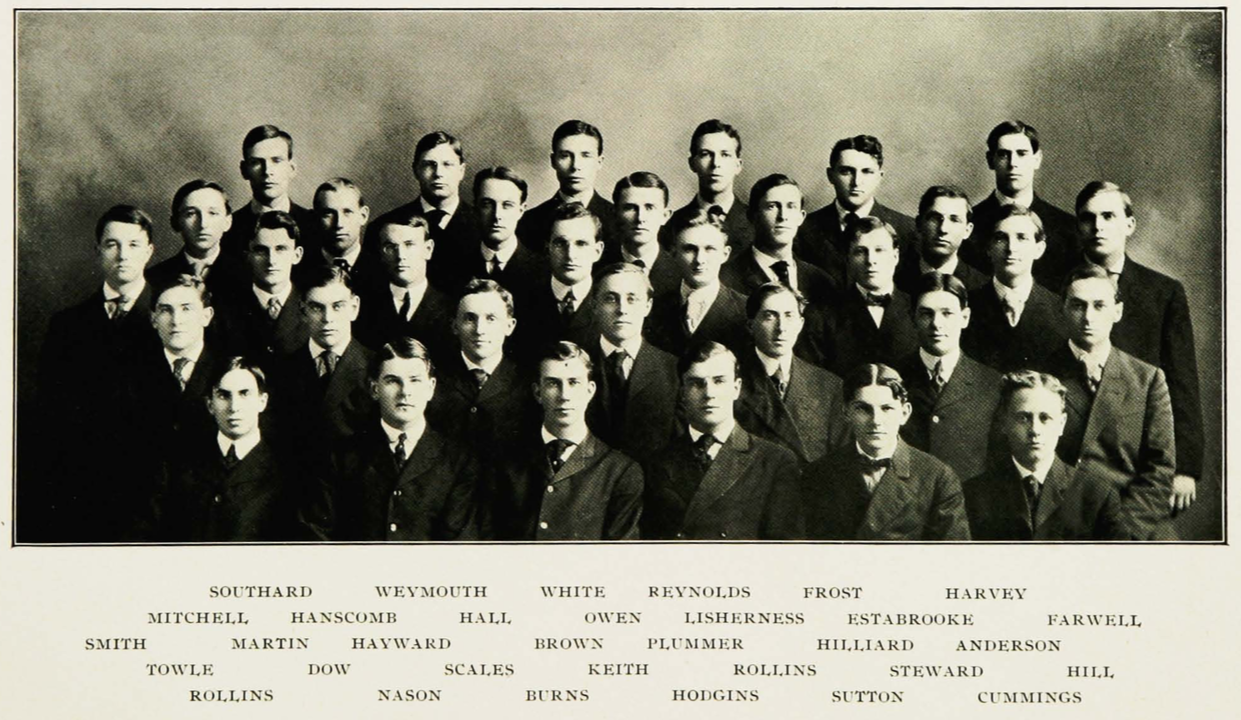
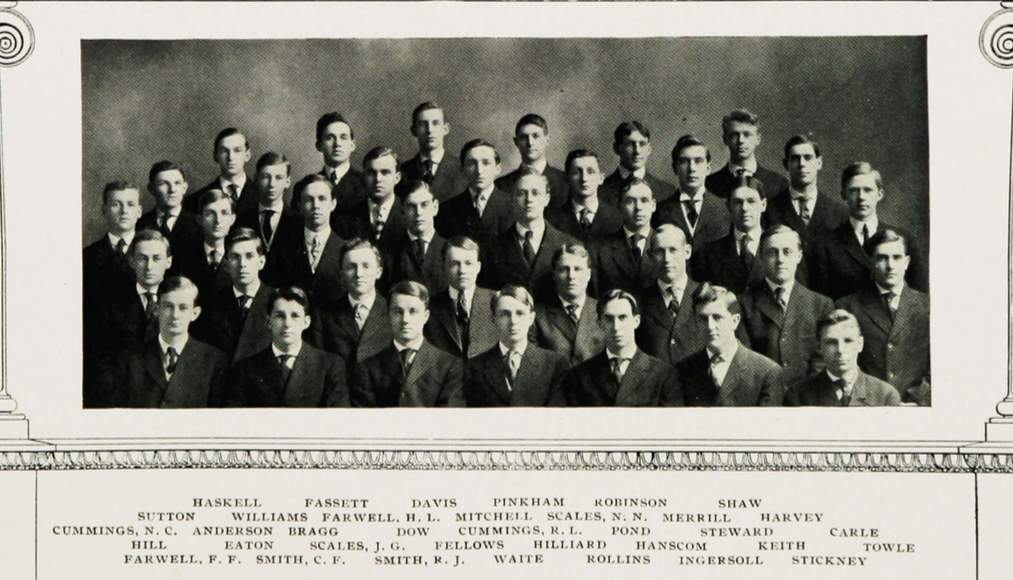
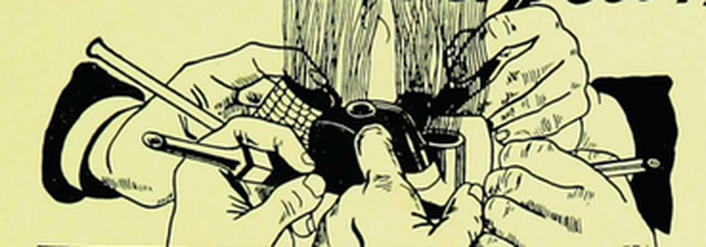

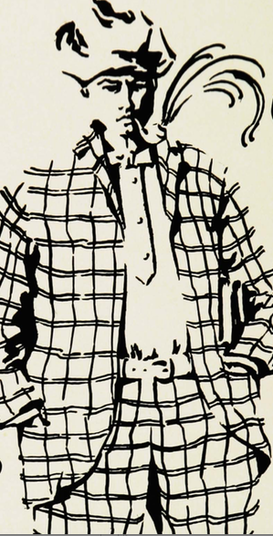
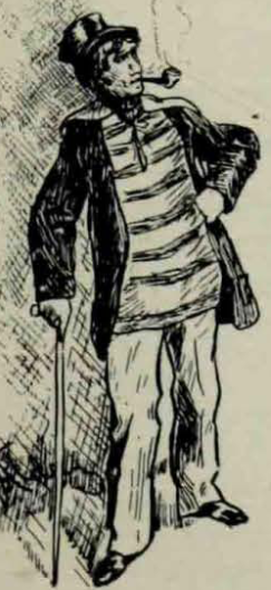
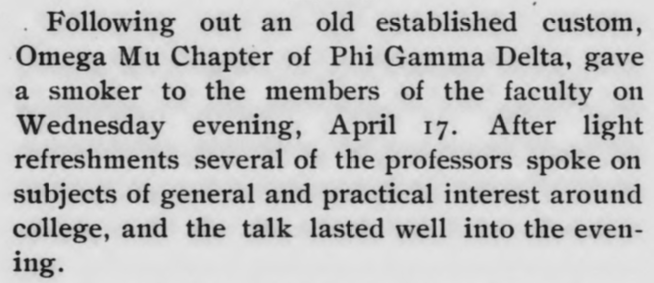
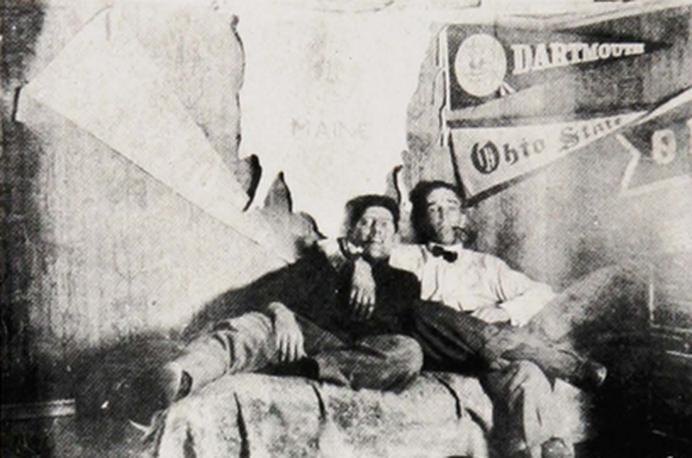


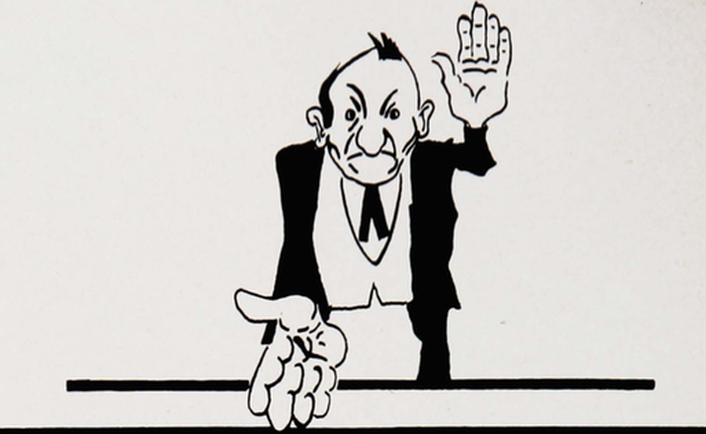
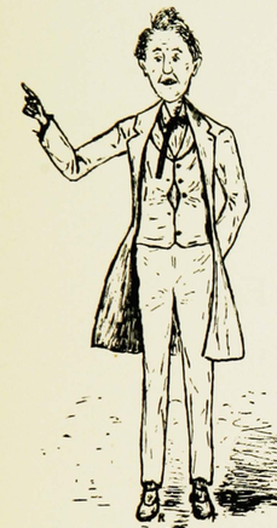
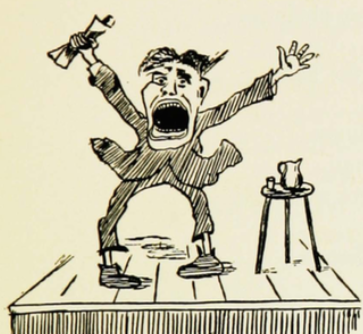
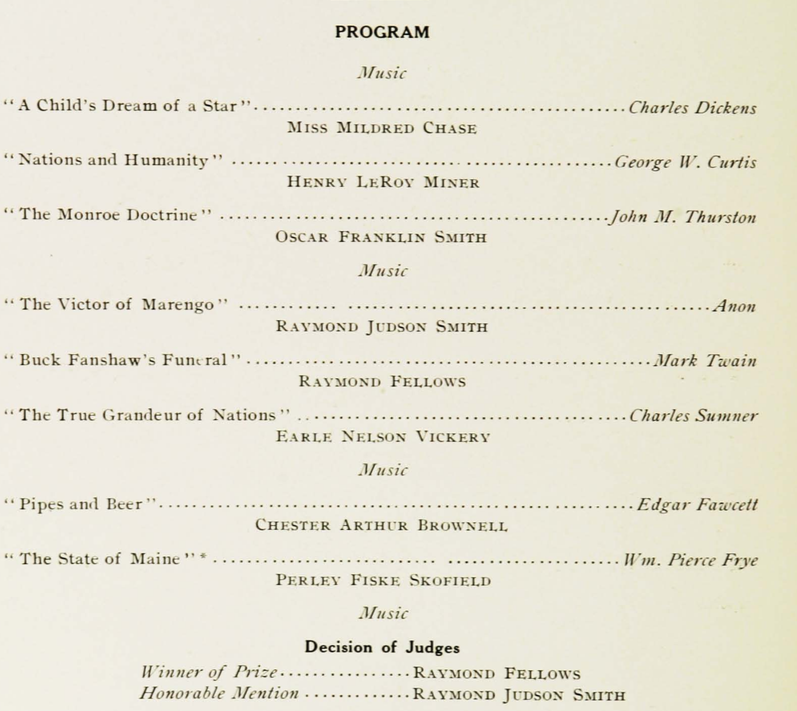
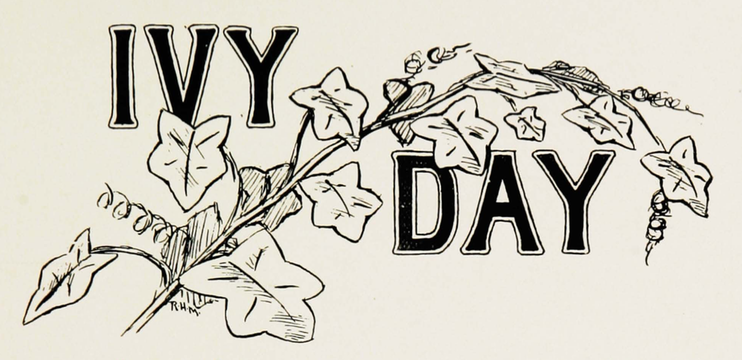
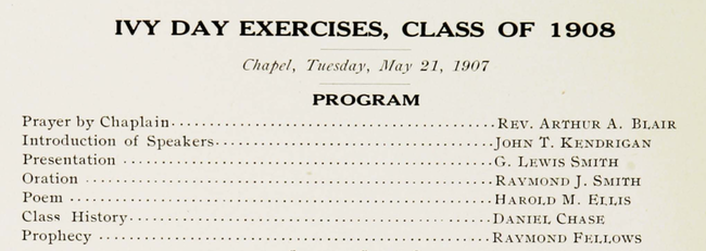
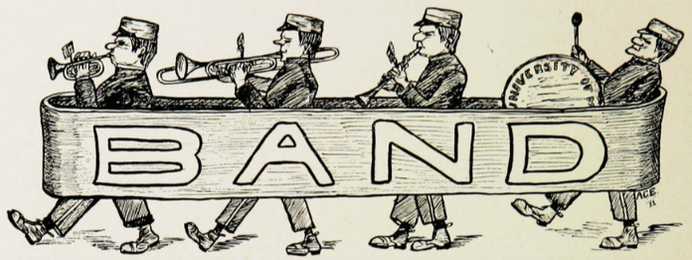
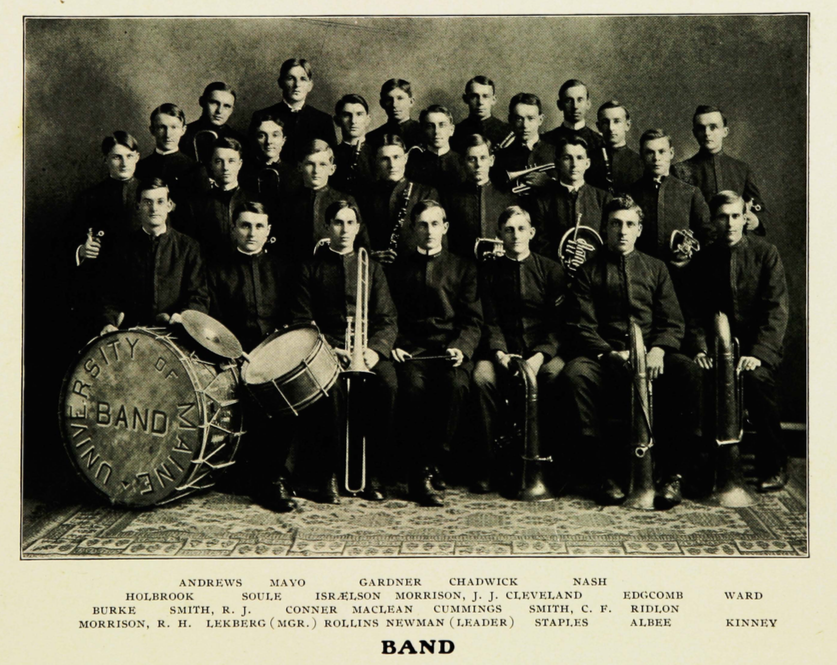
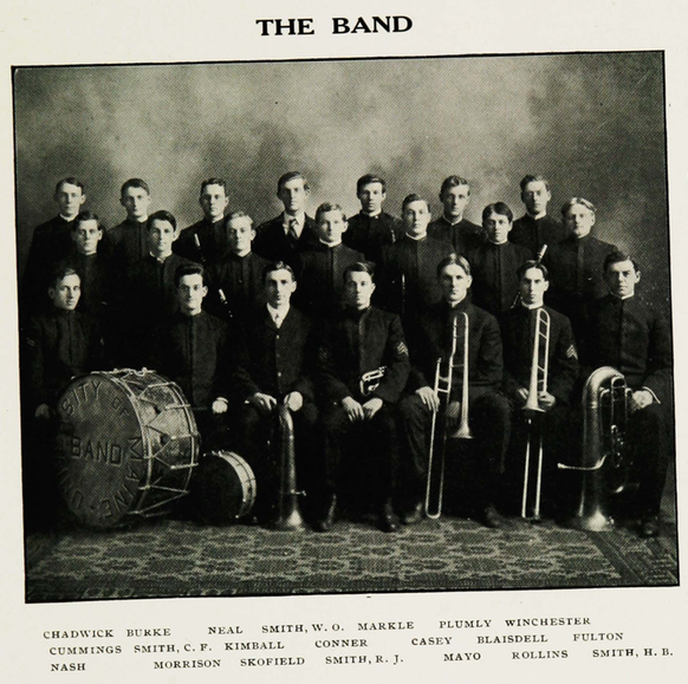
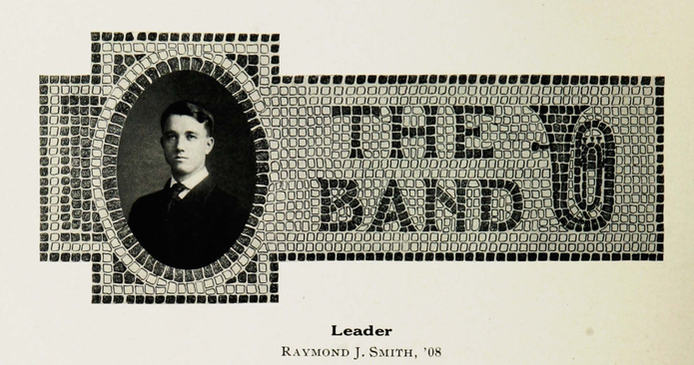


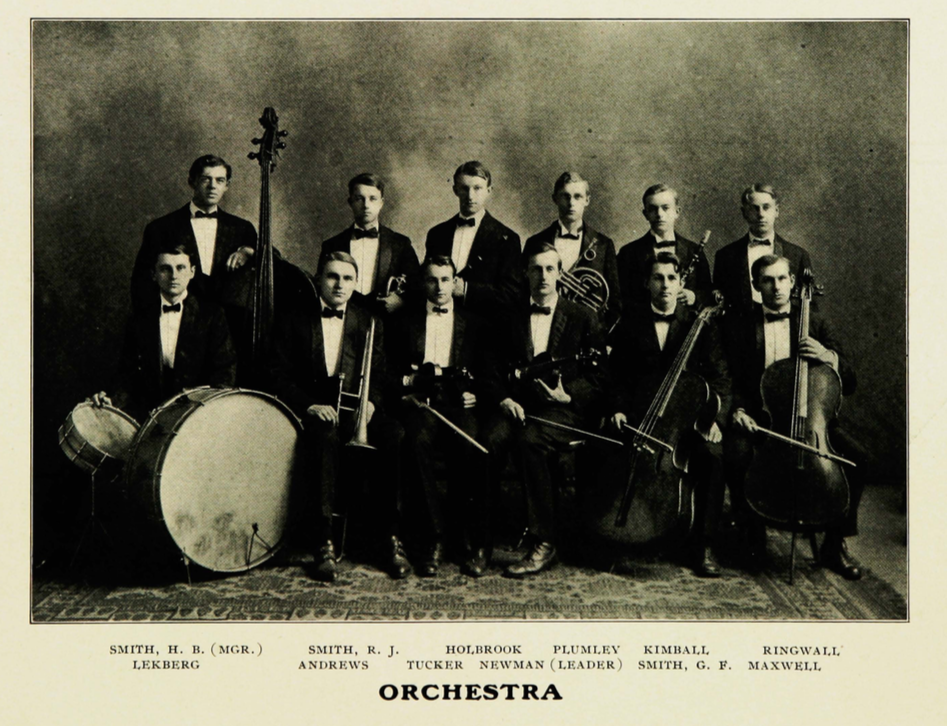
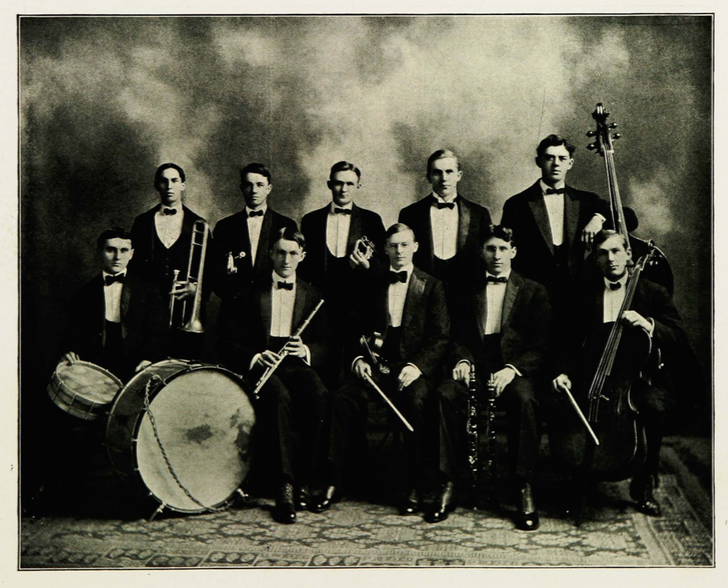
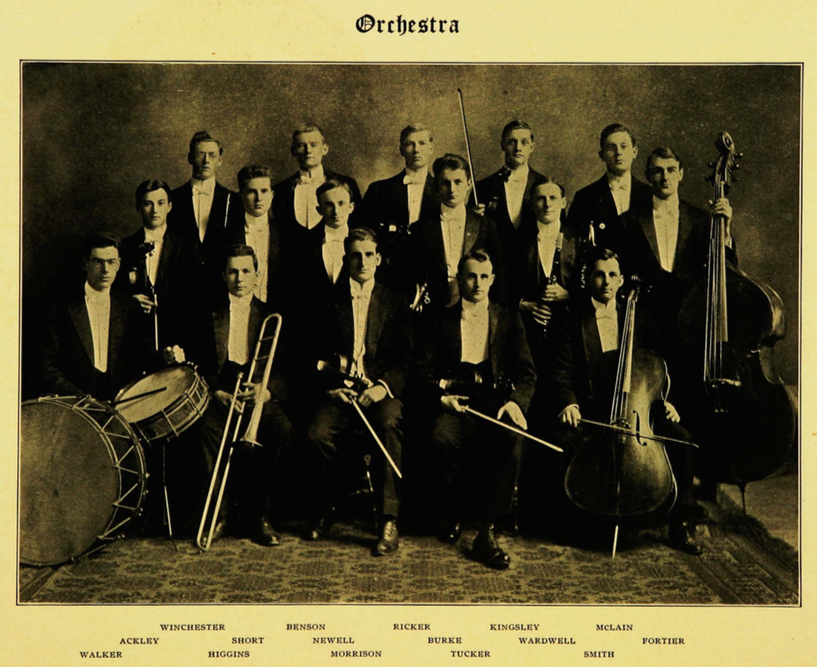



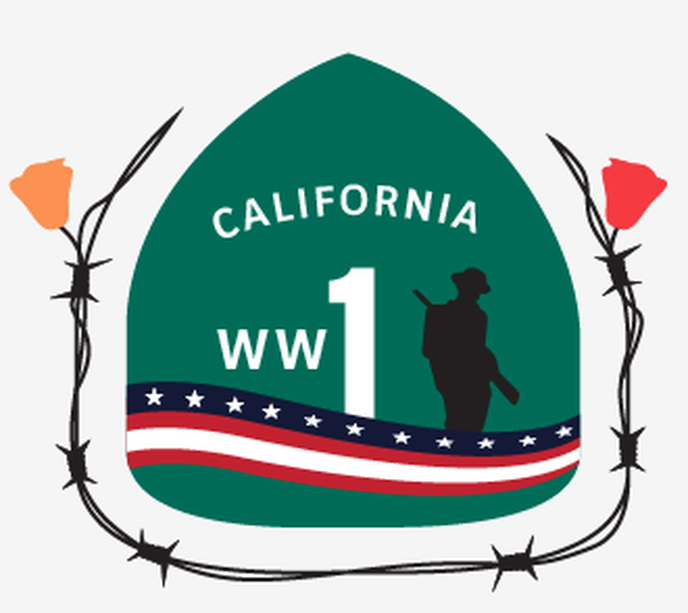
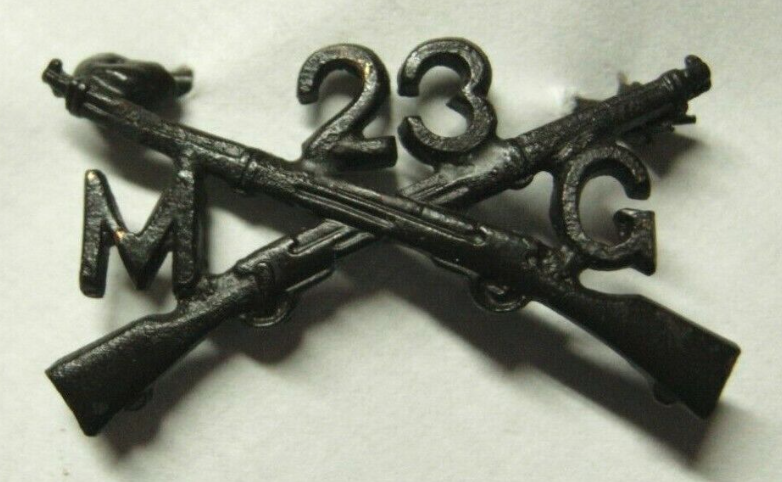
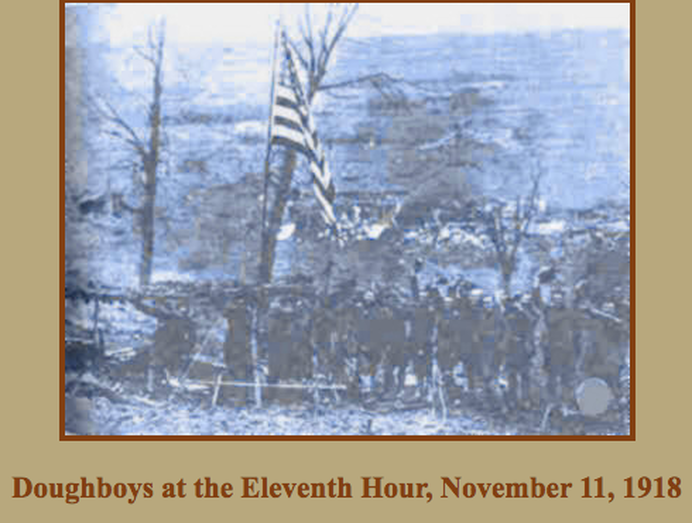
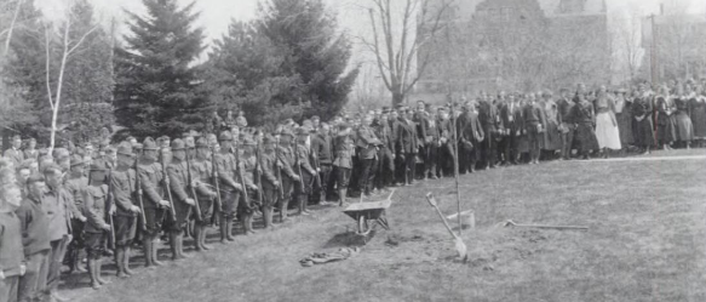
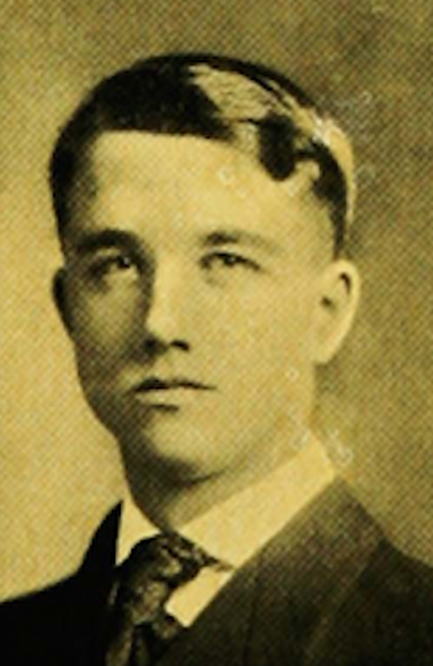
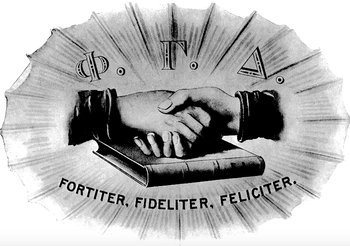


 RSS Feed
RSS Feed